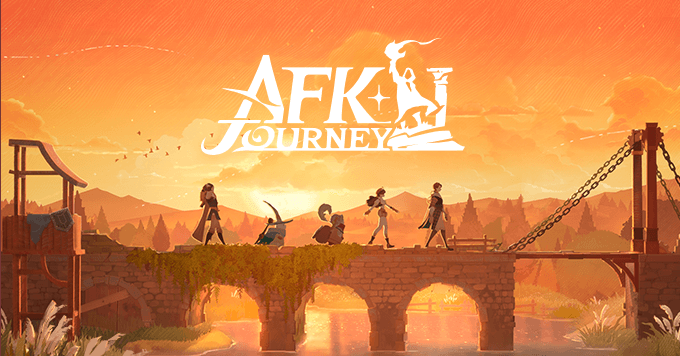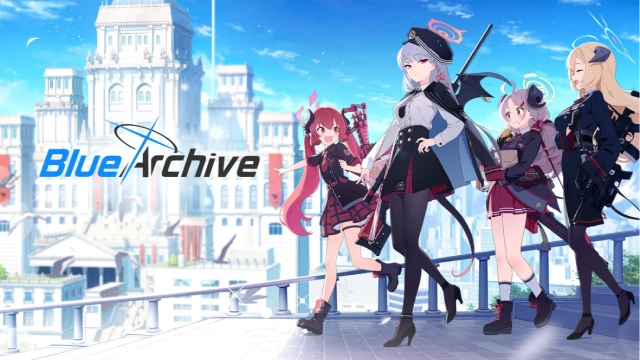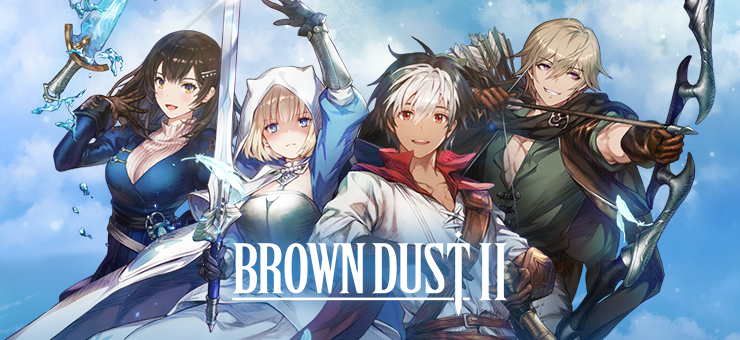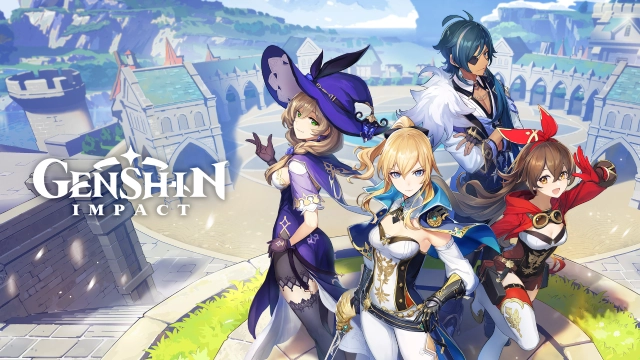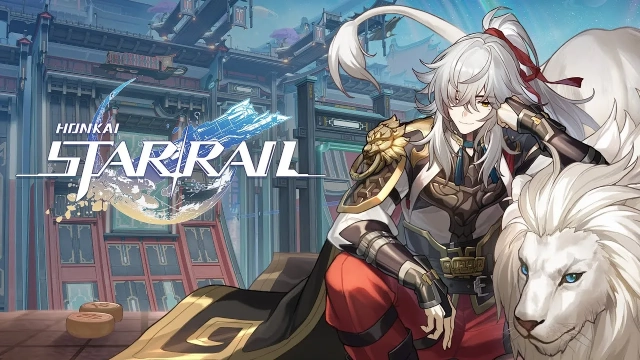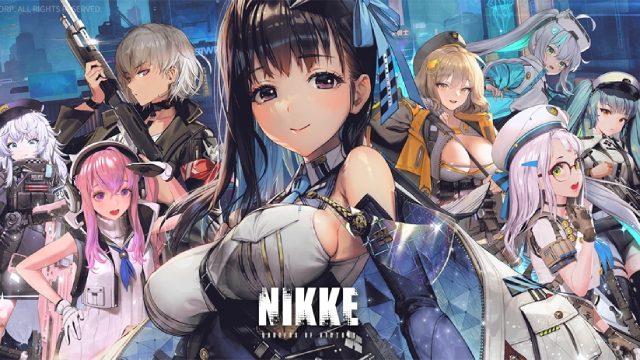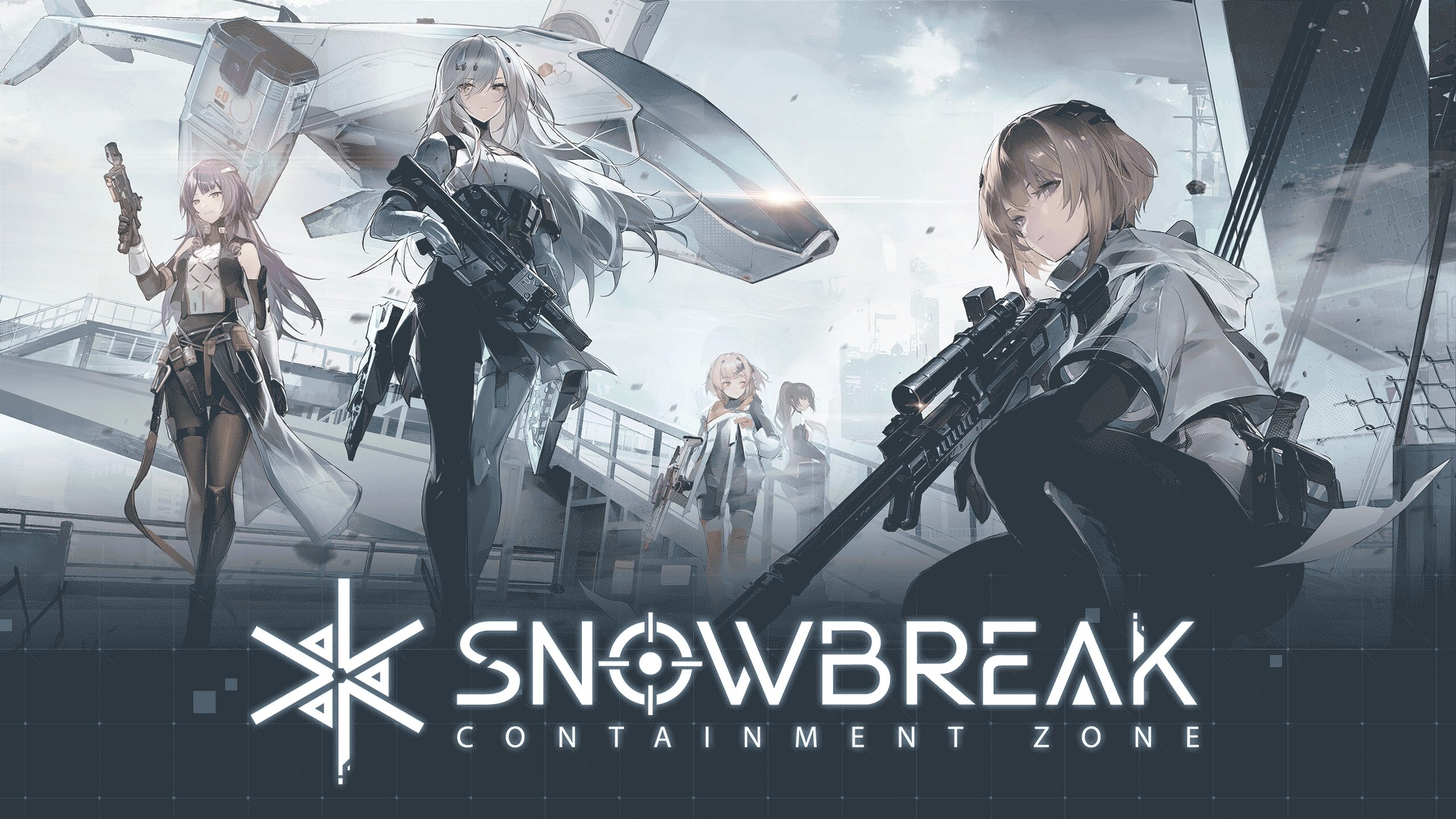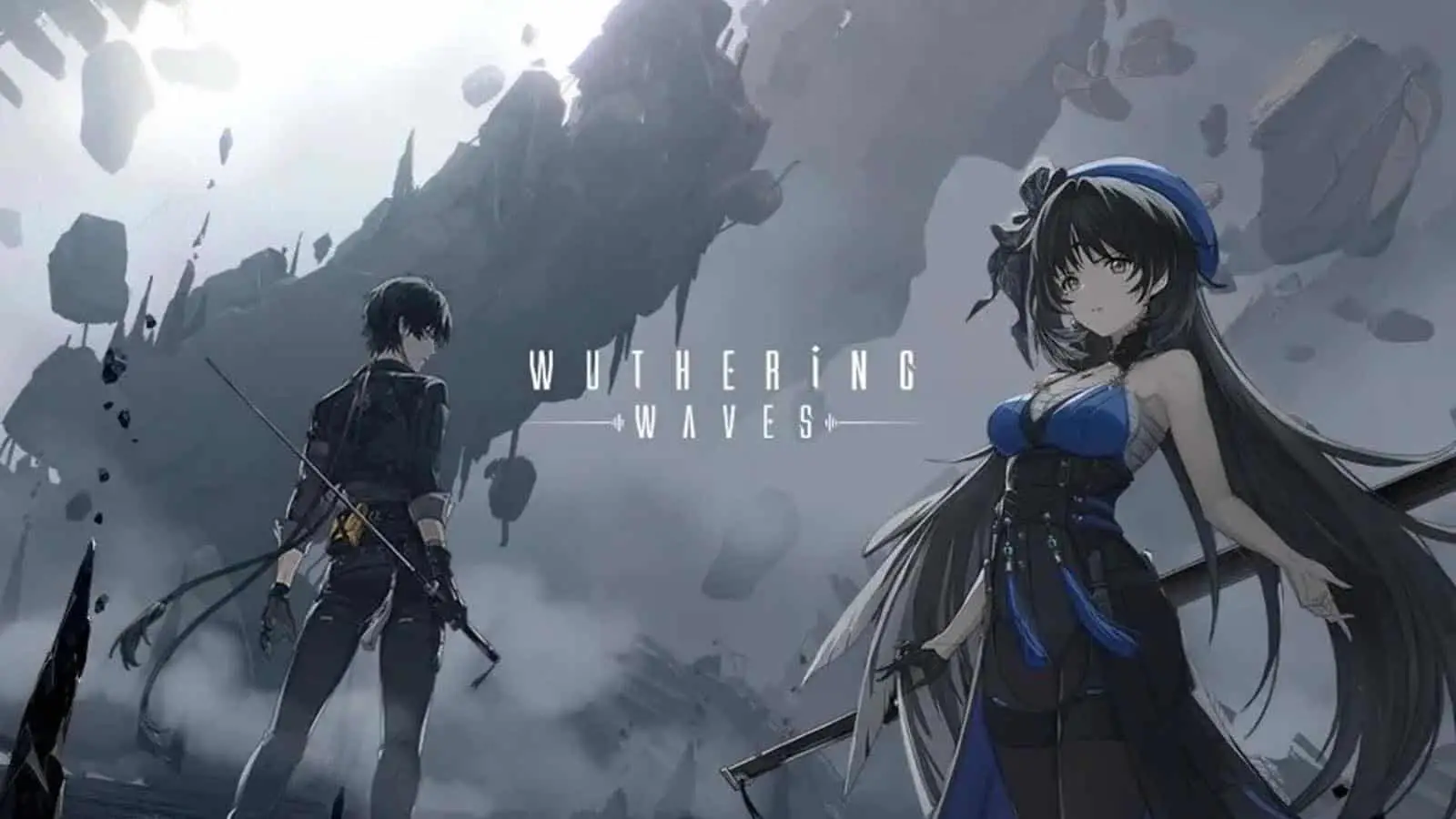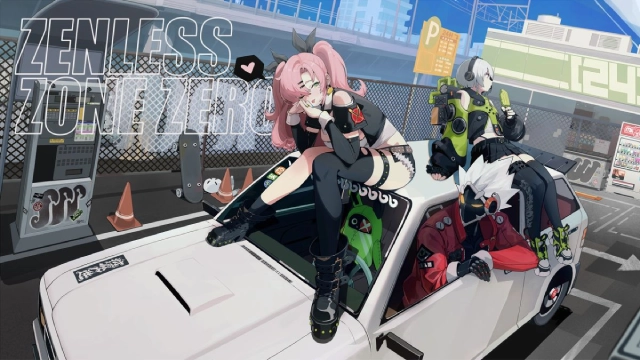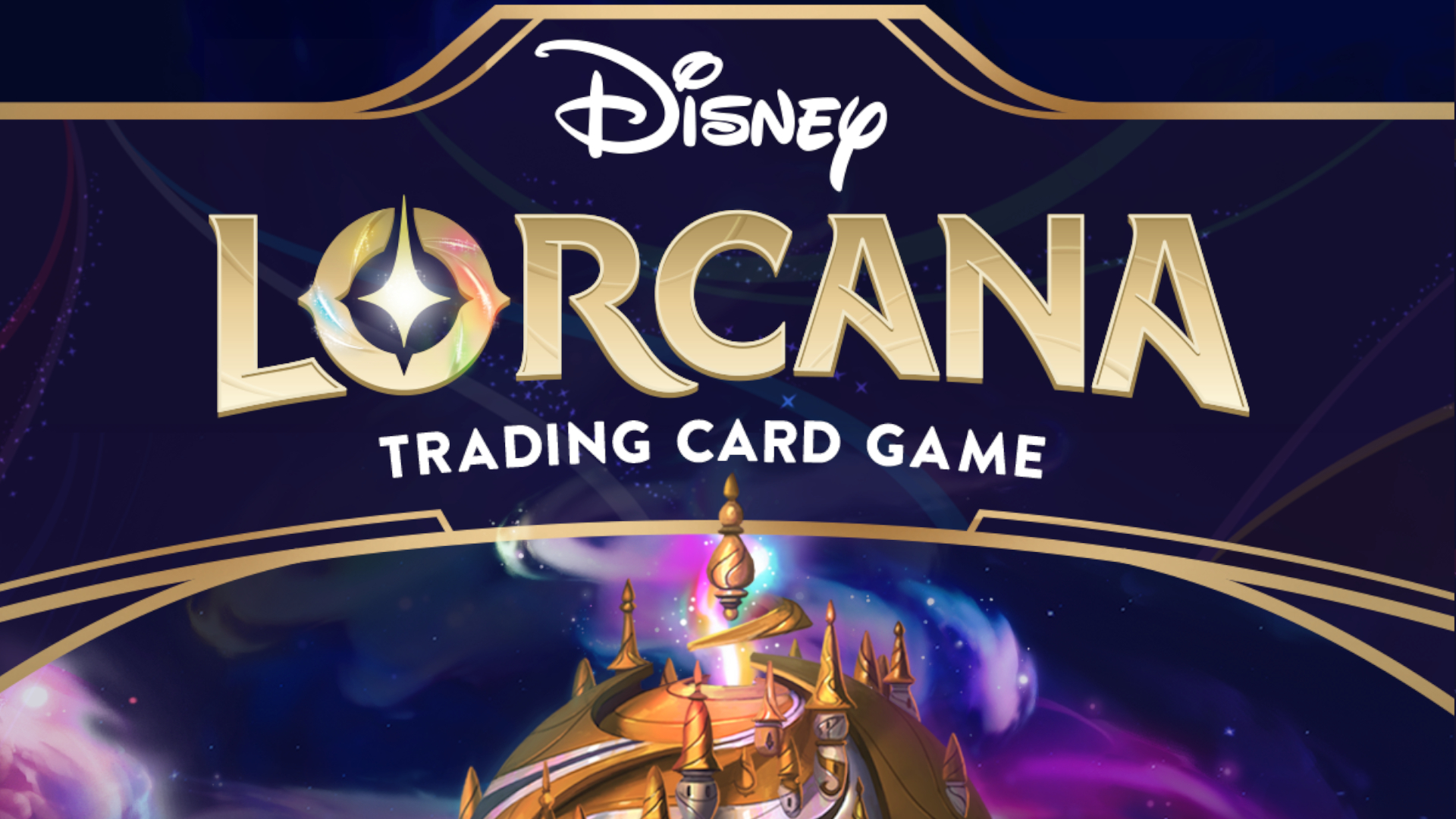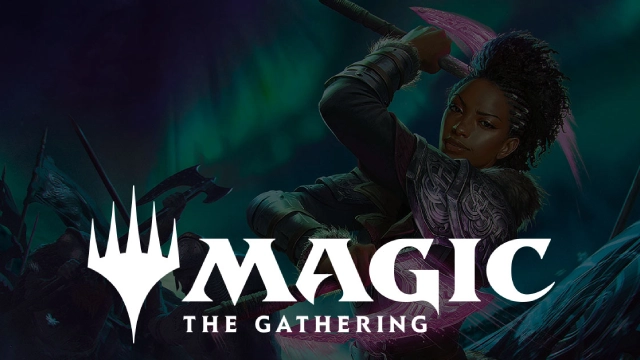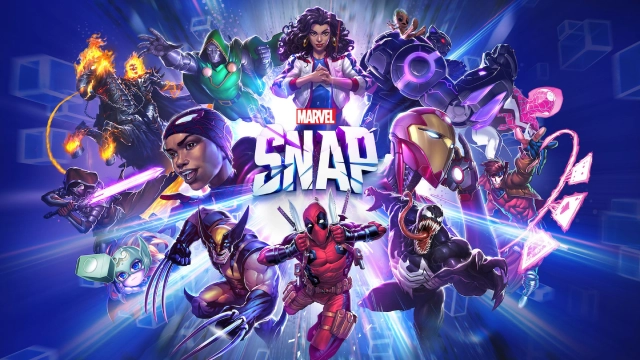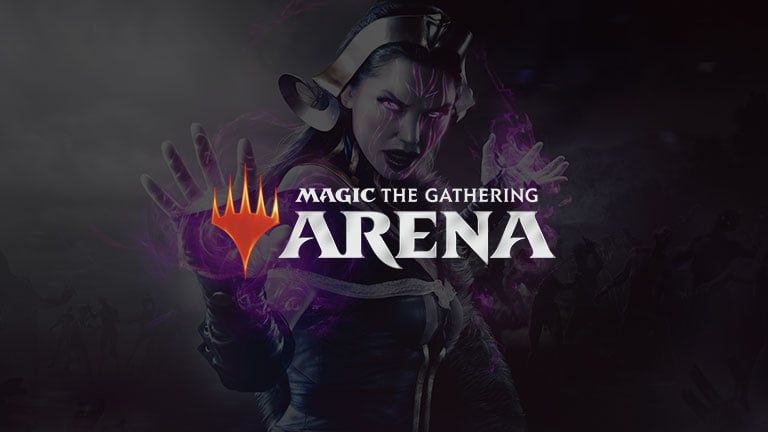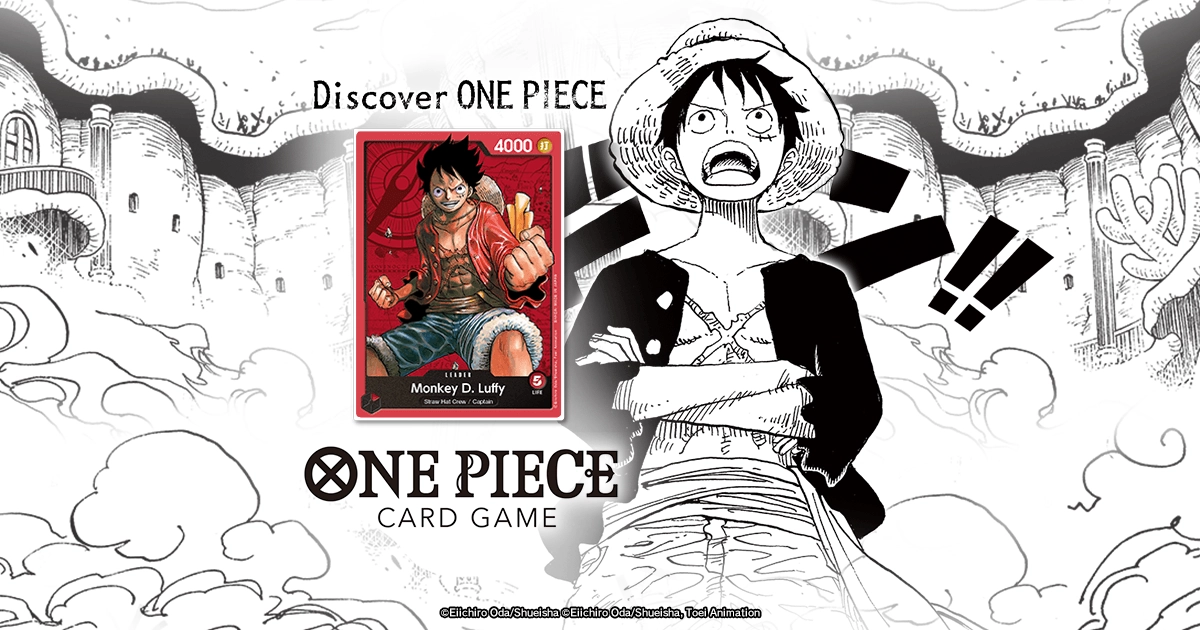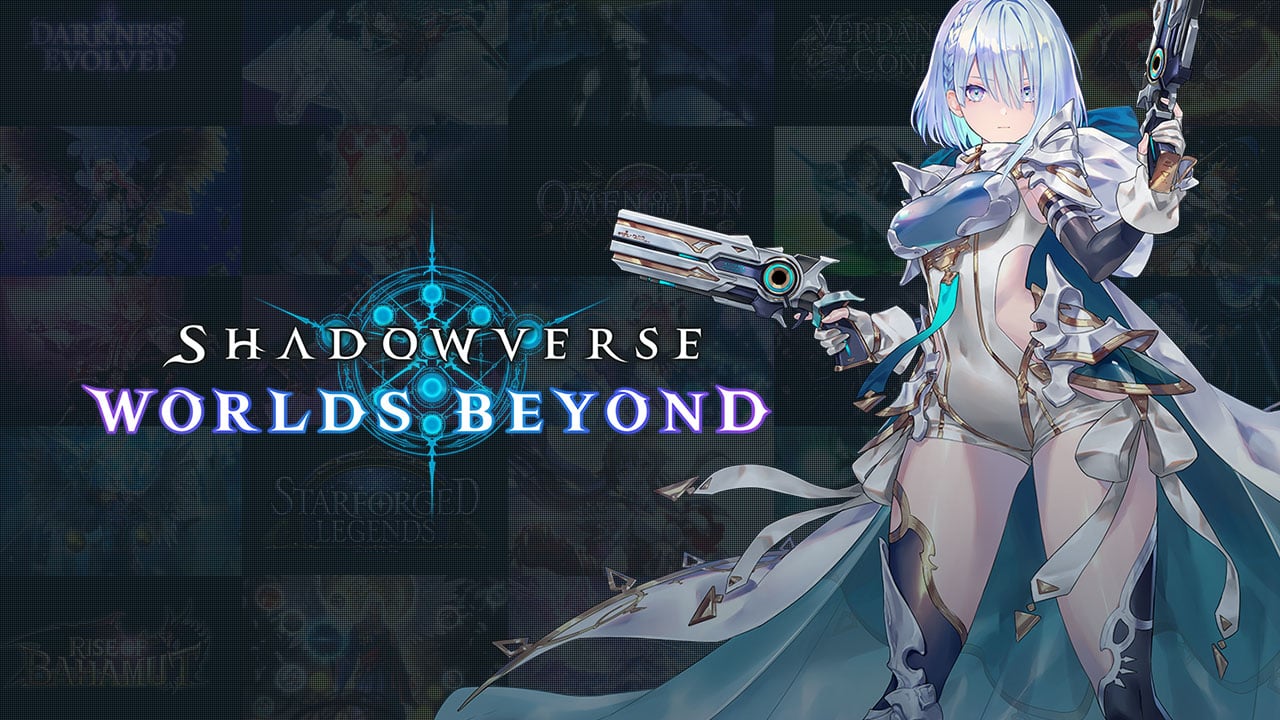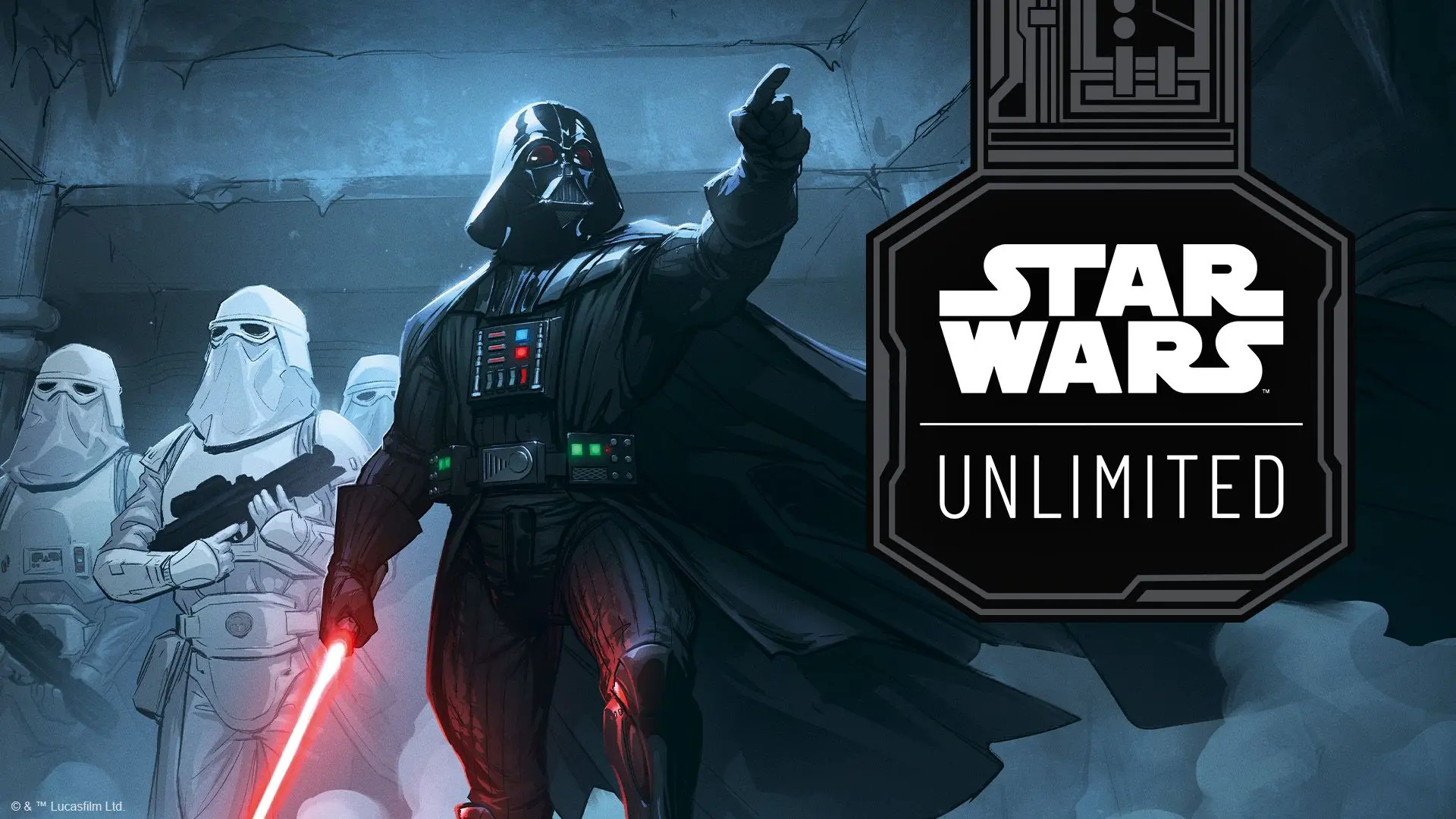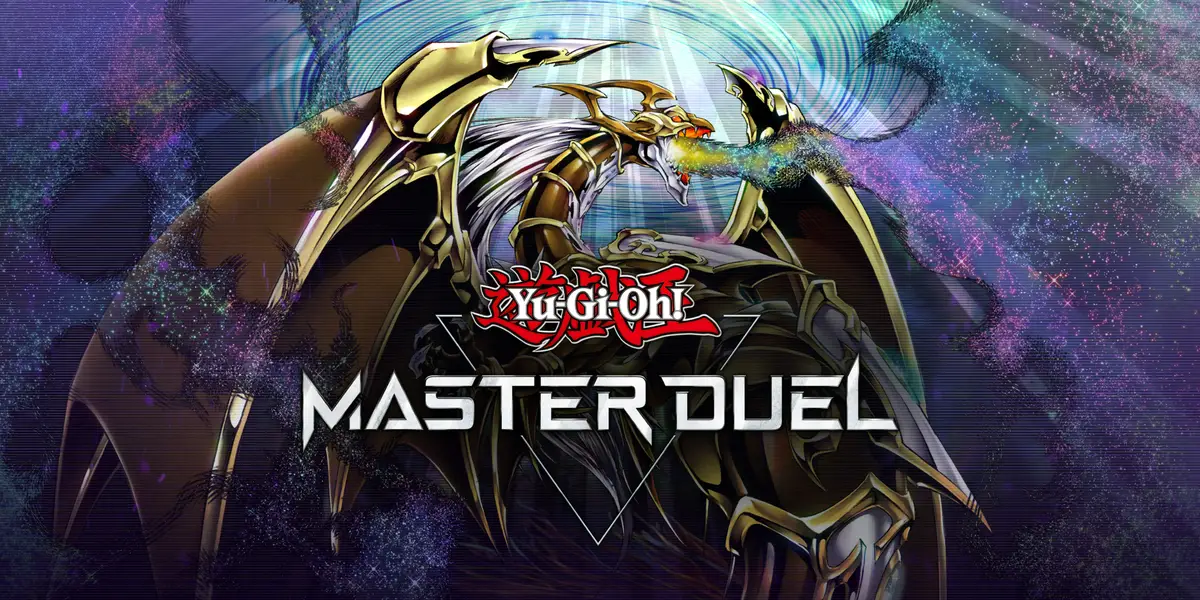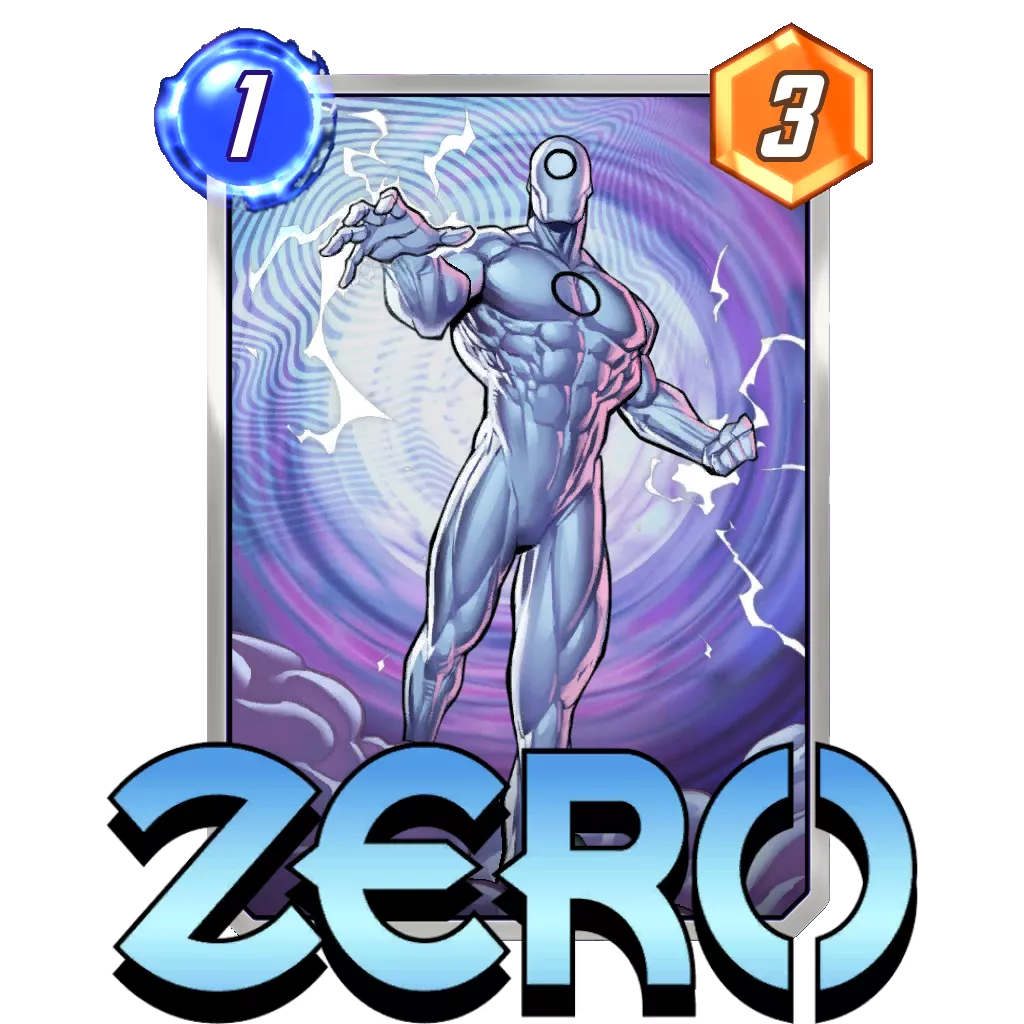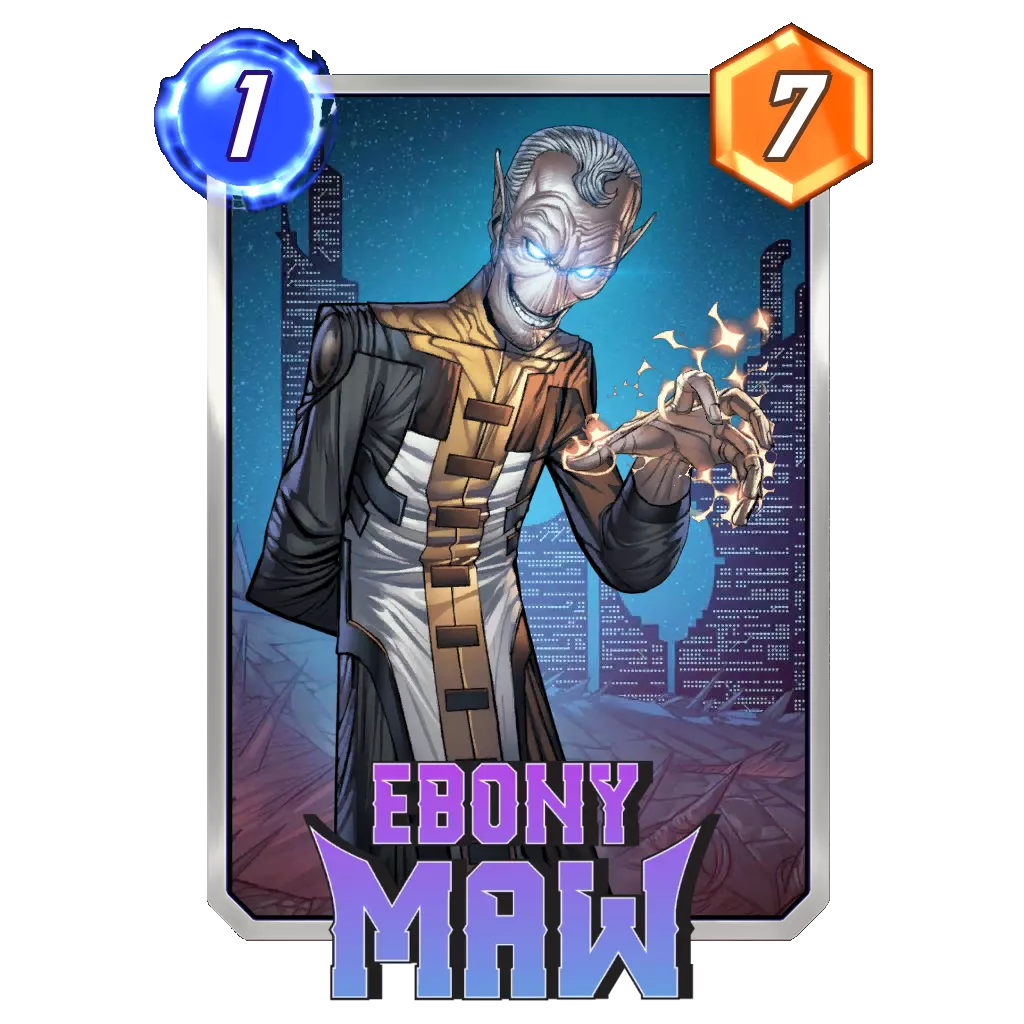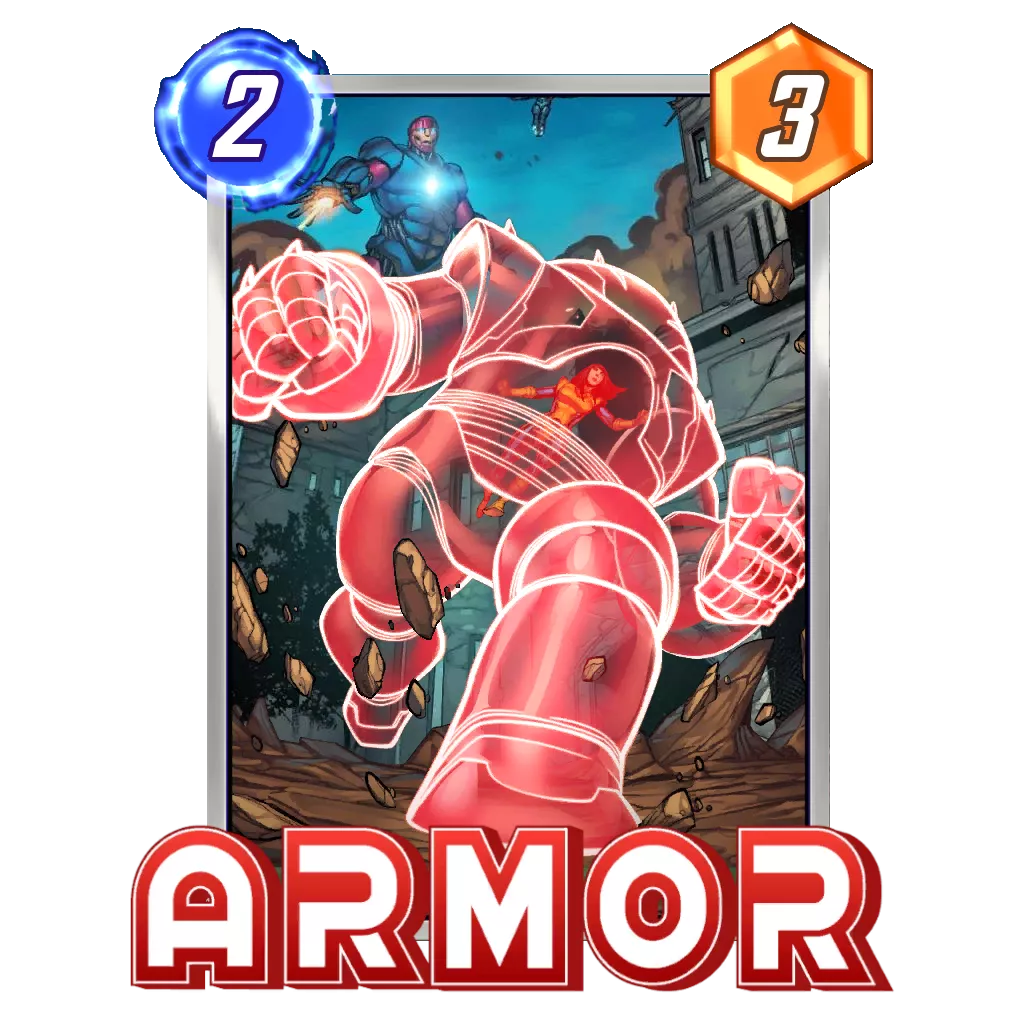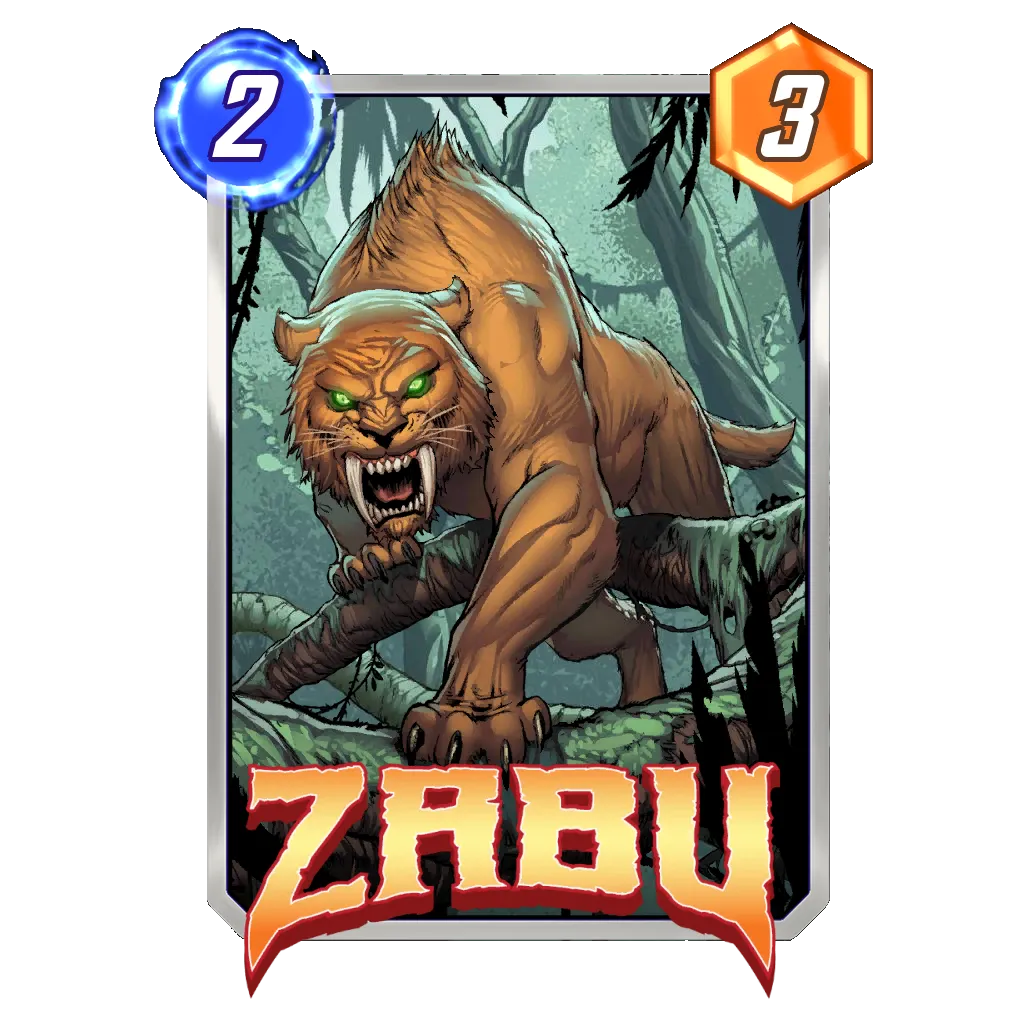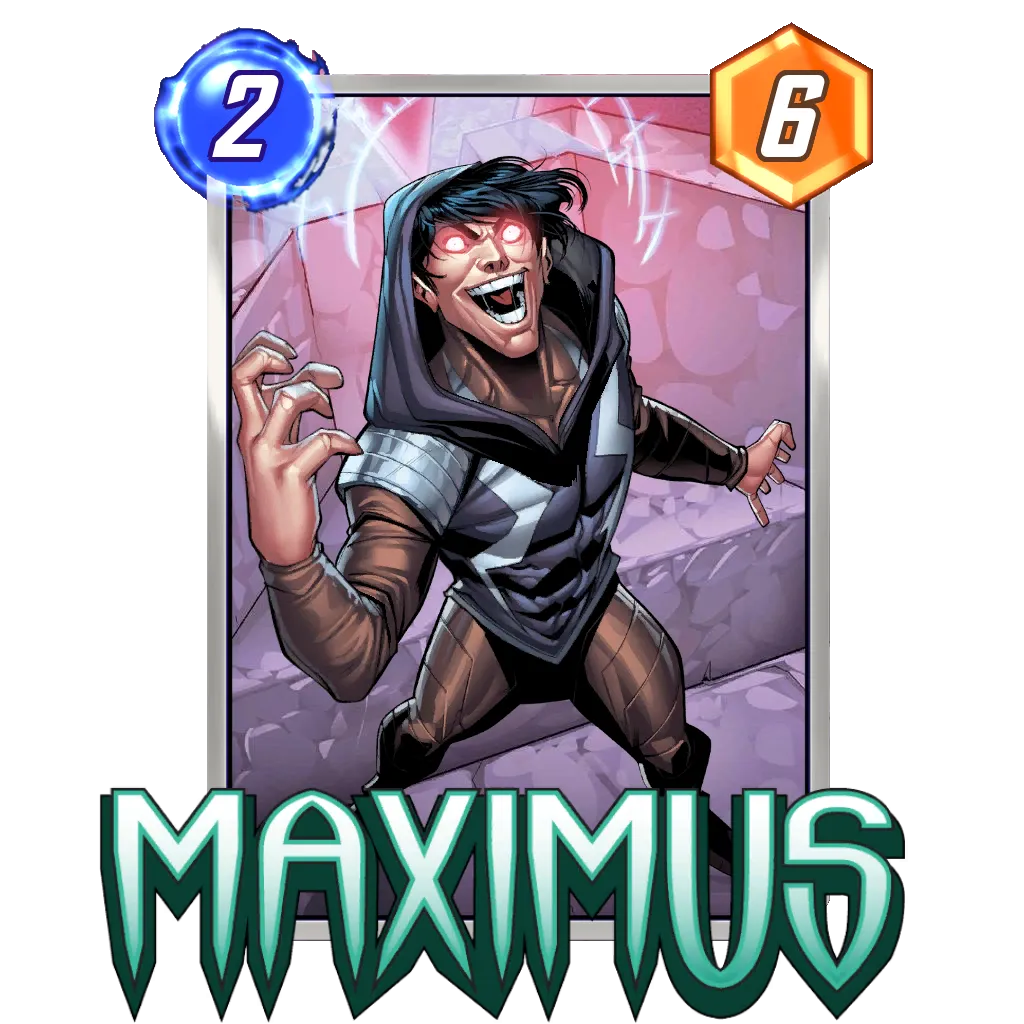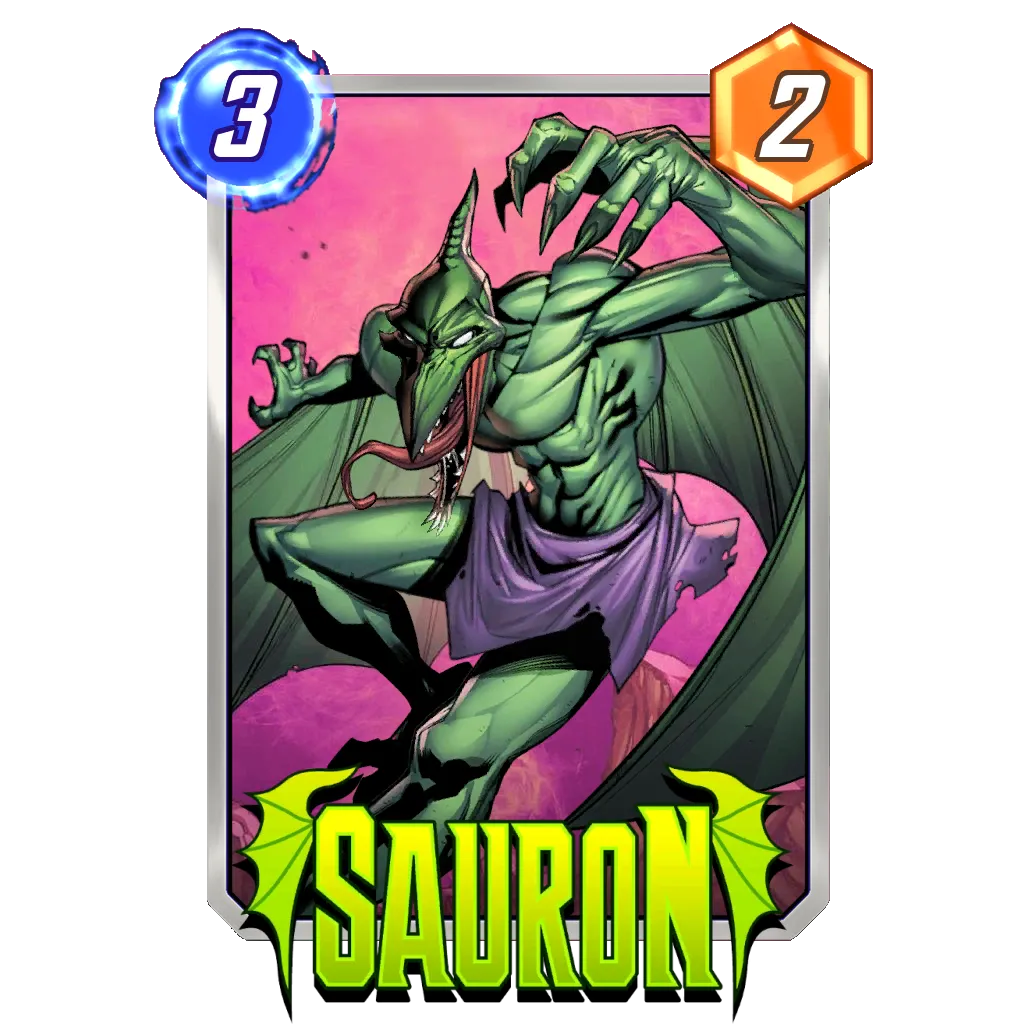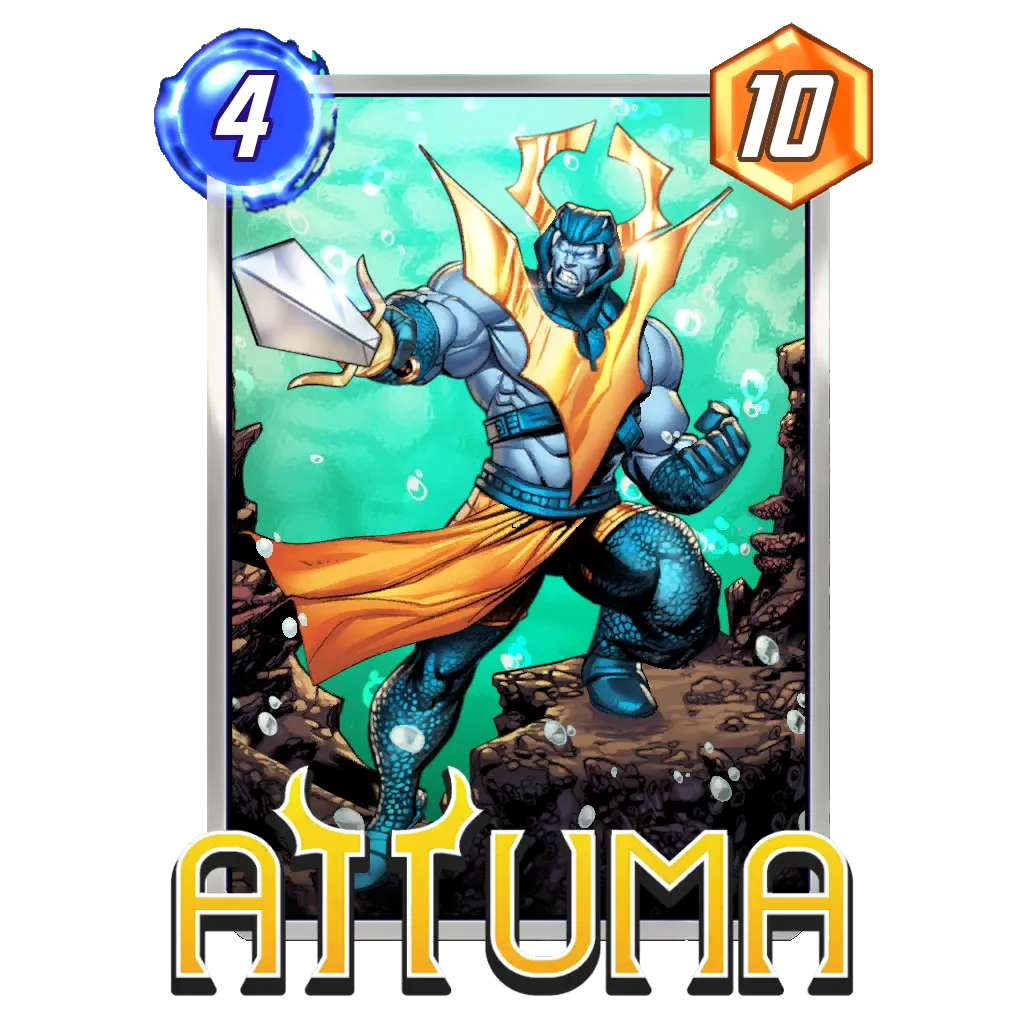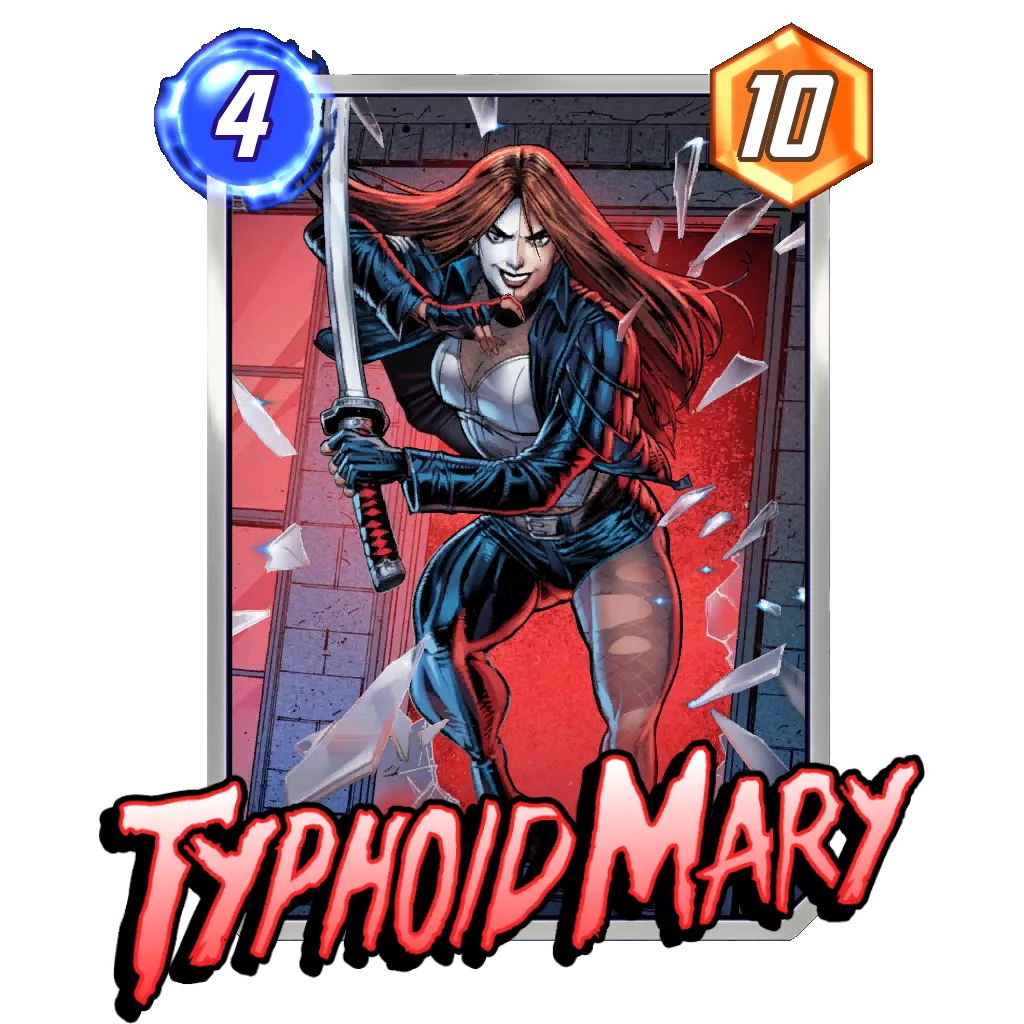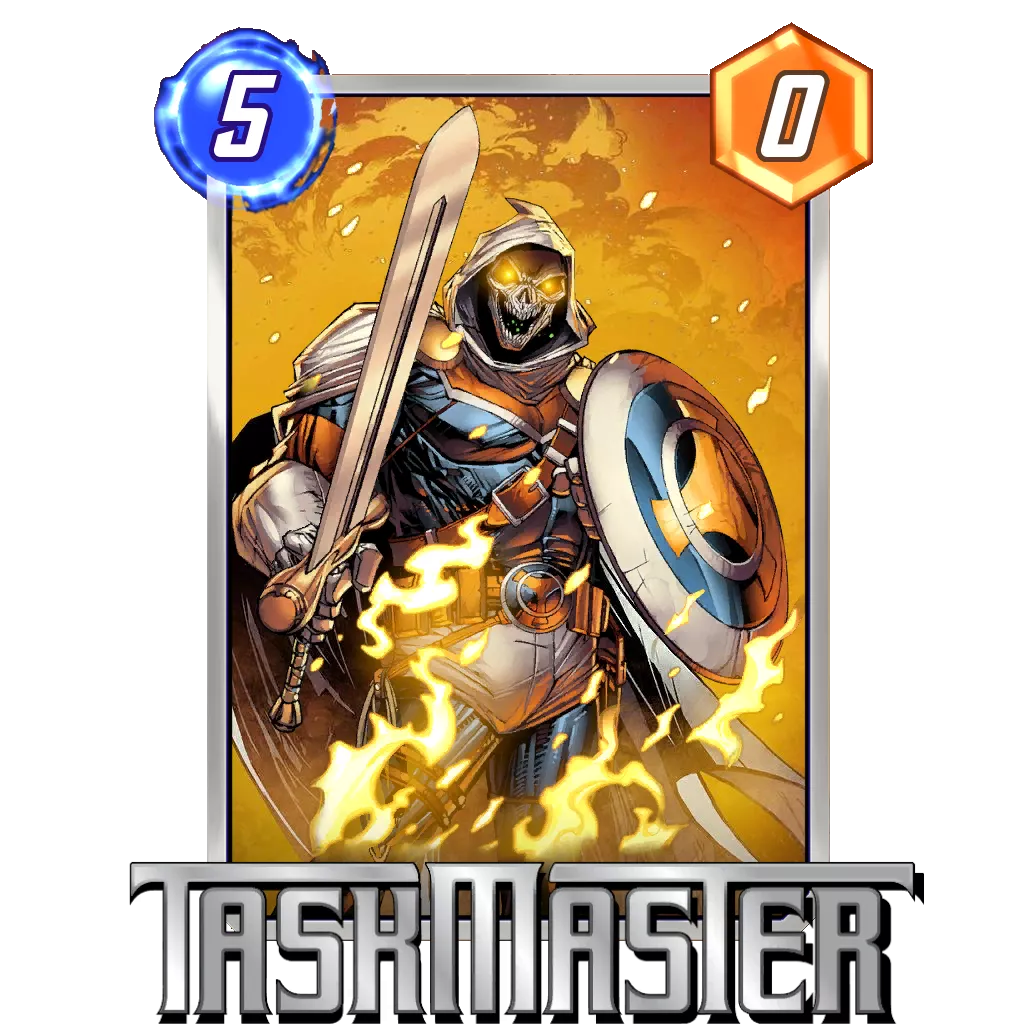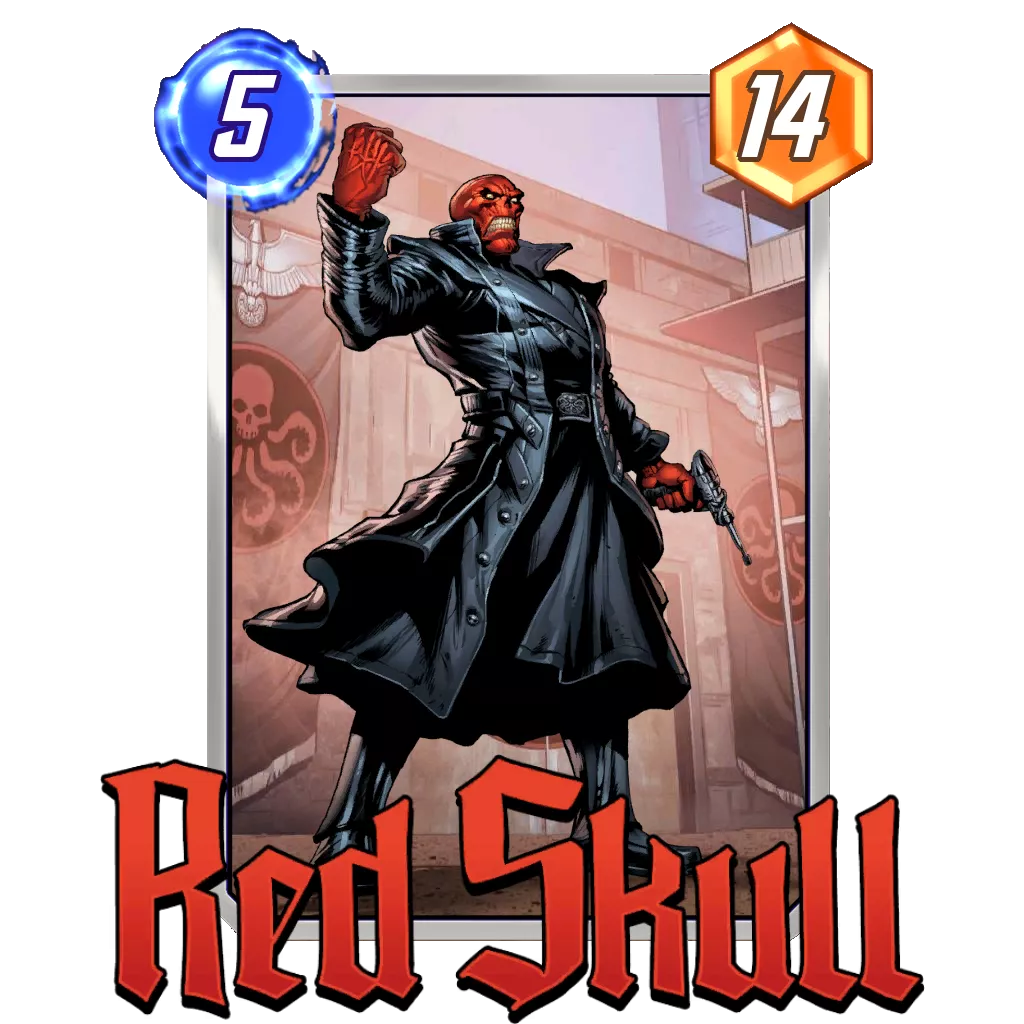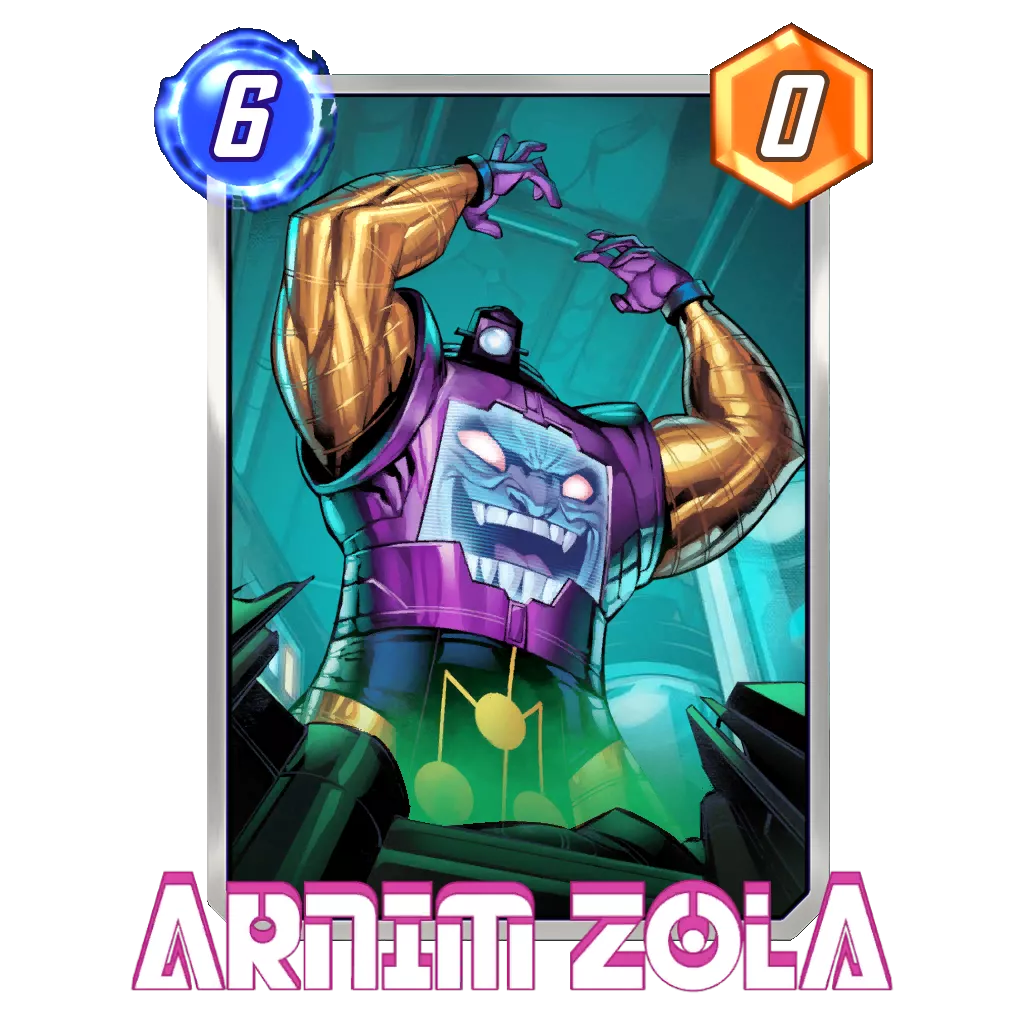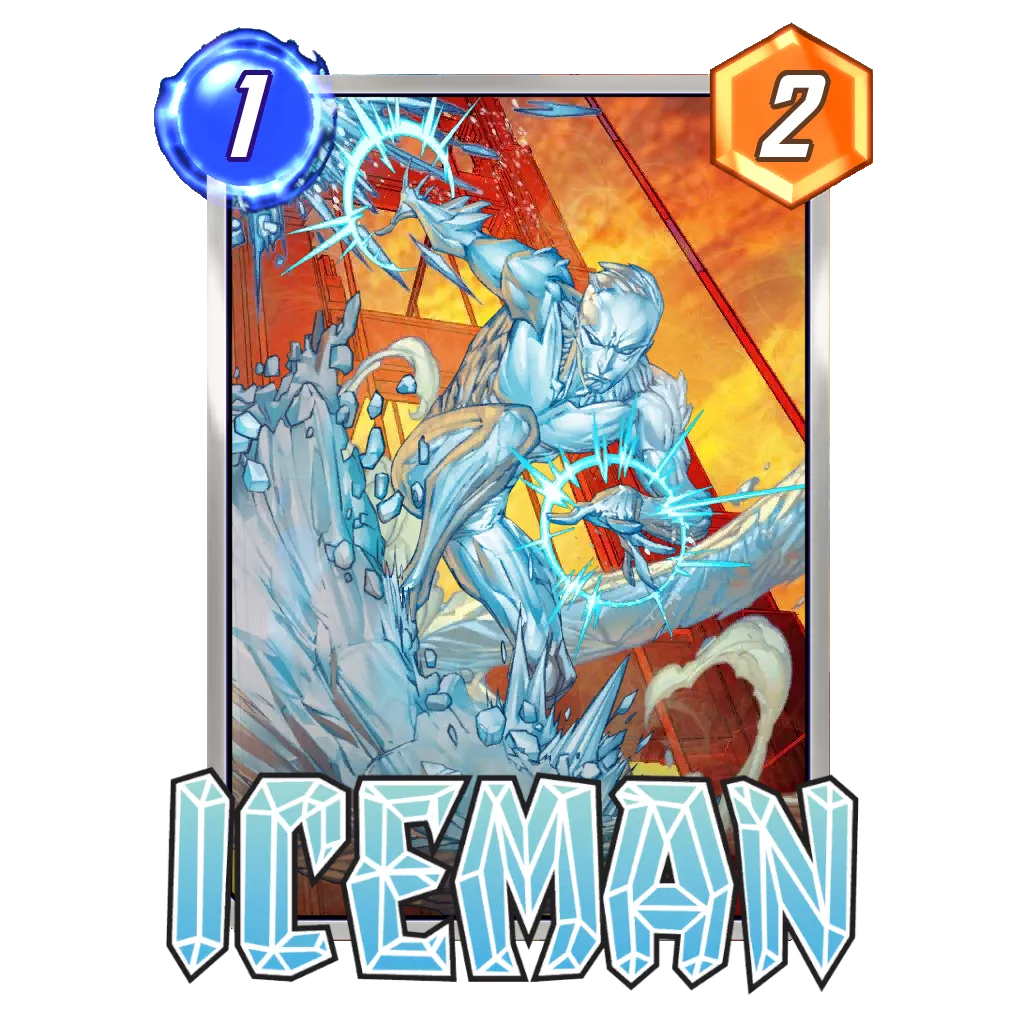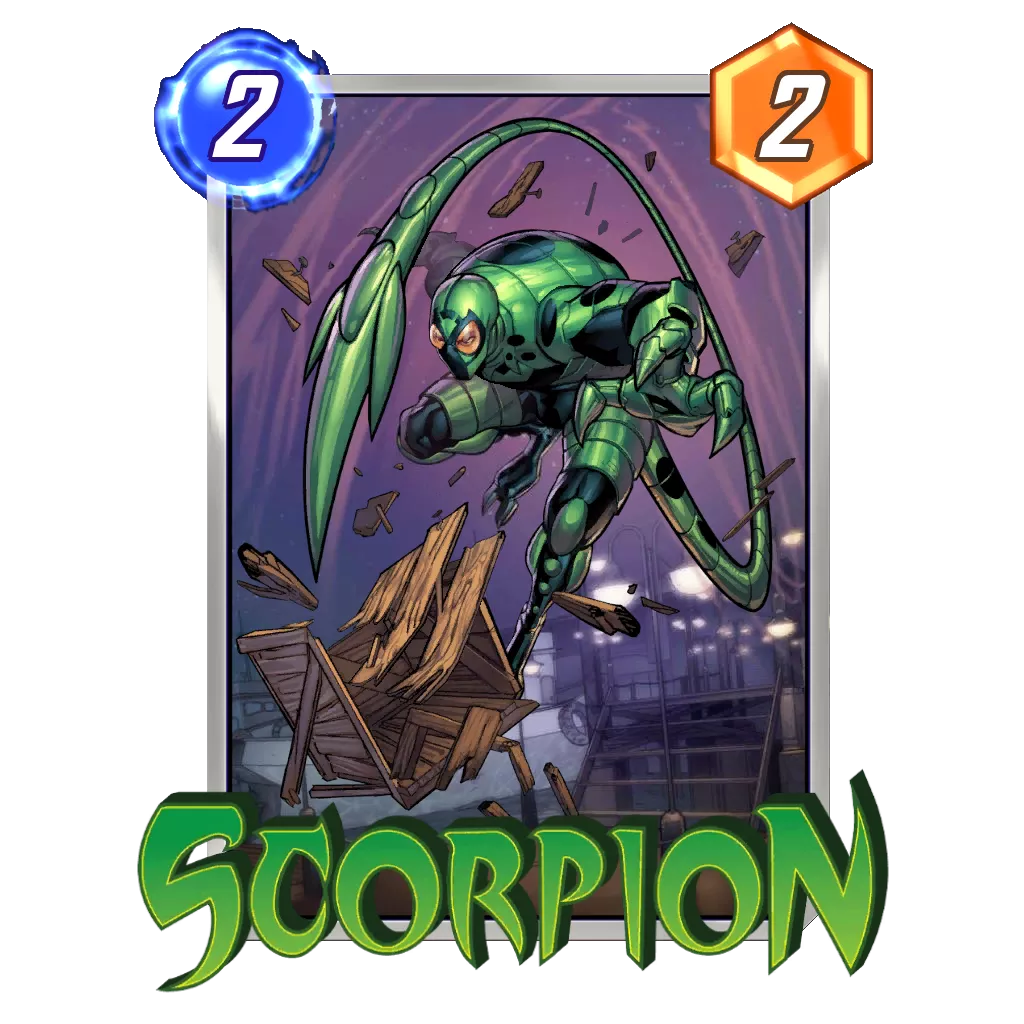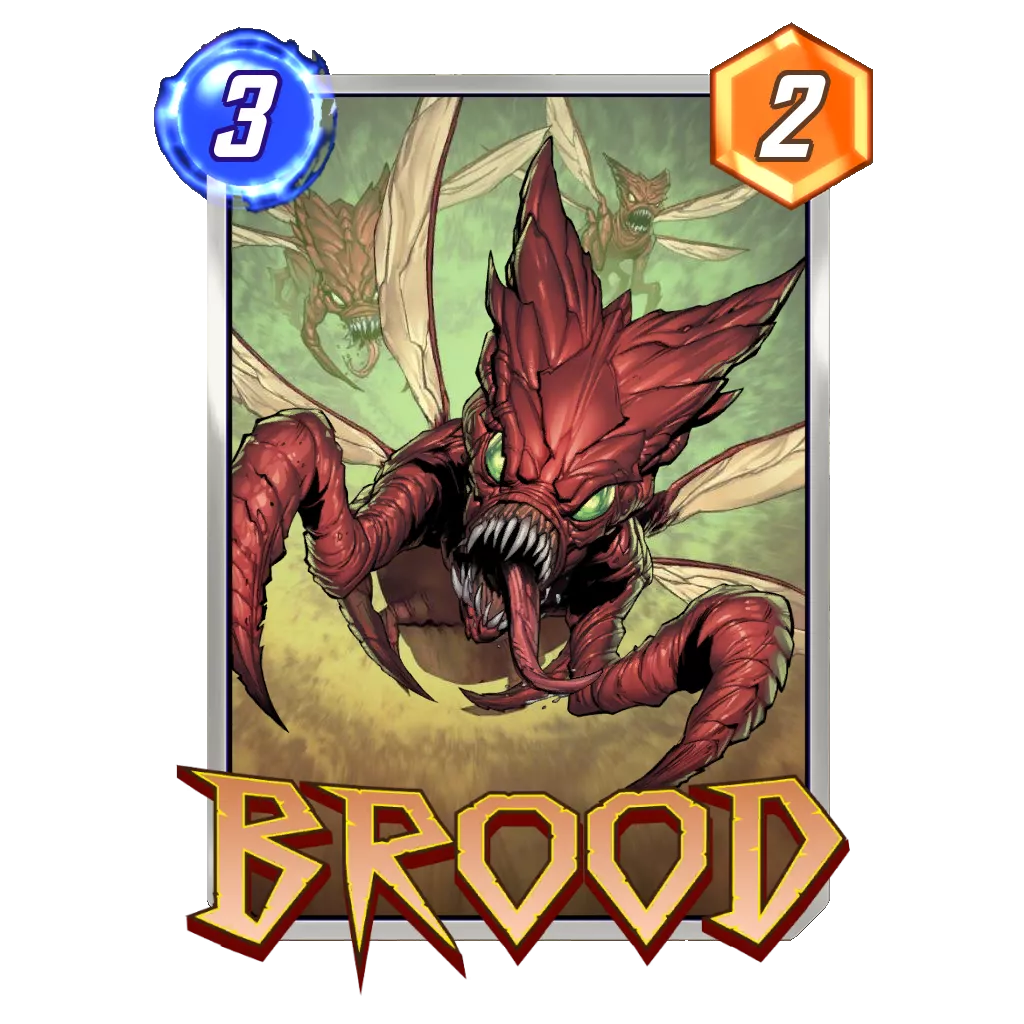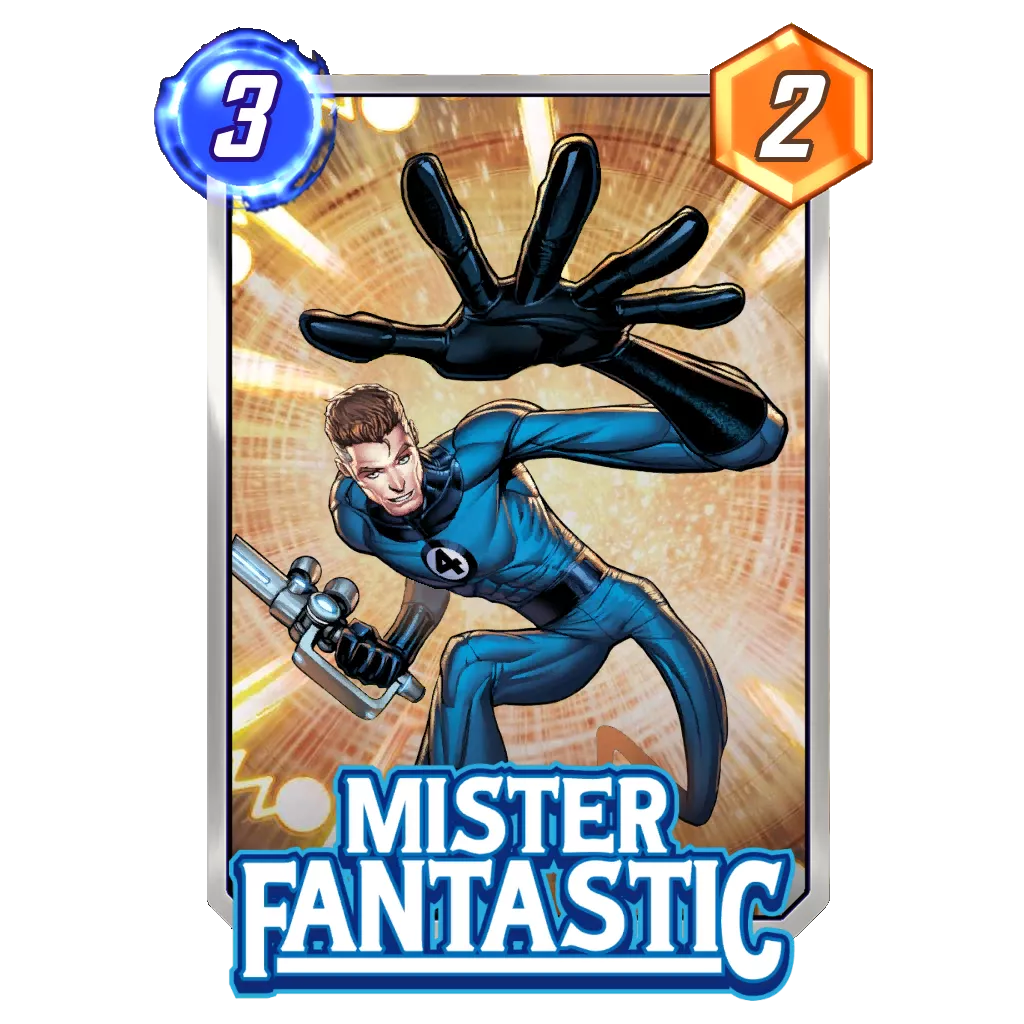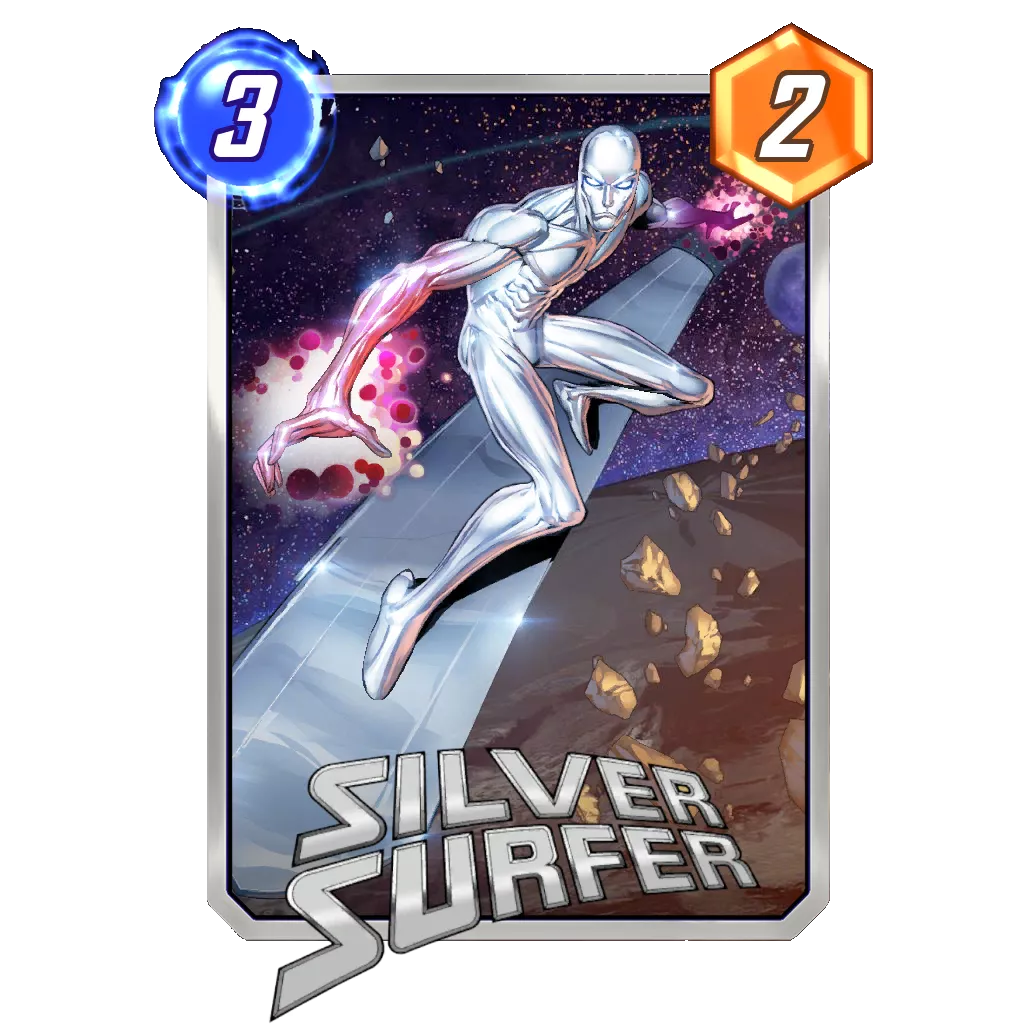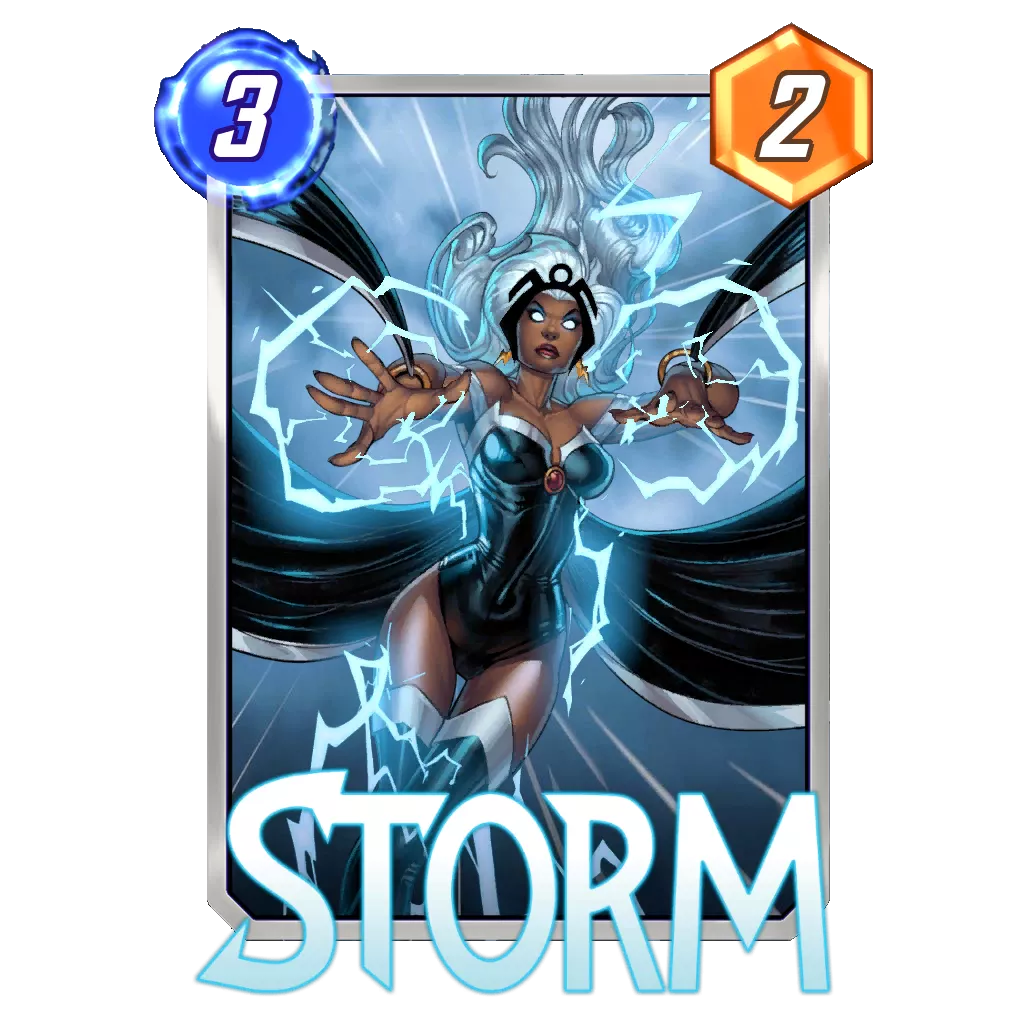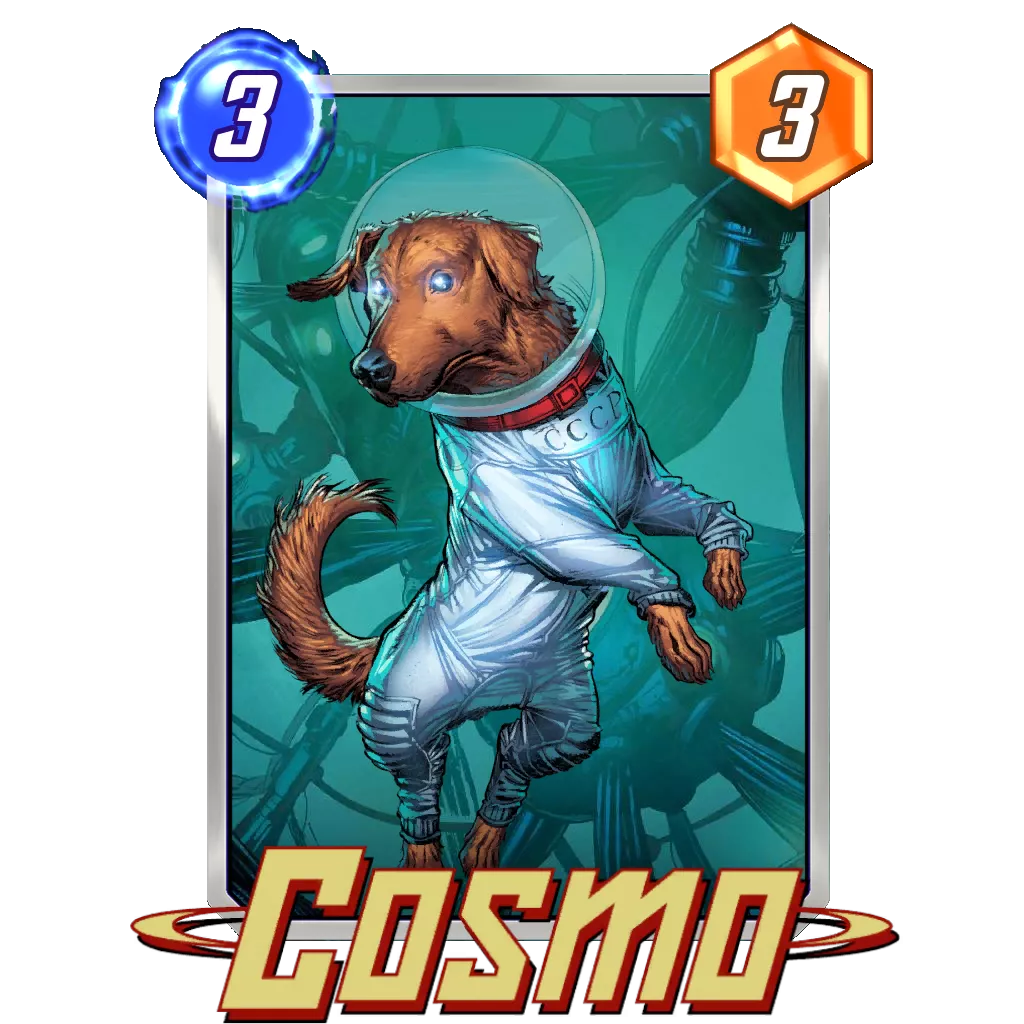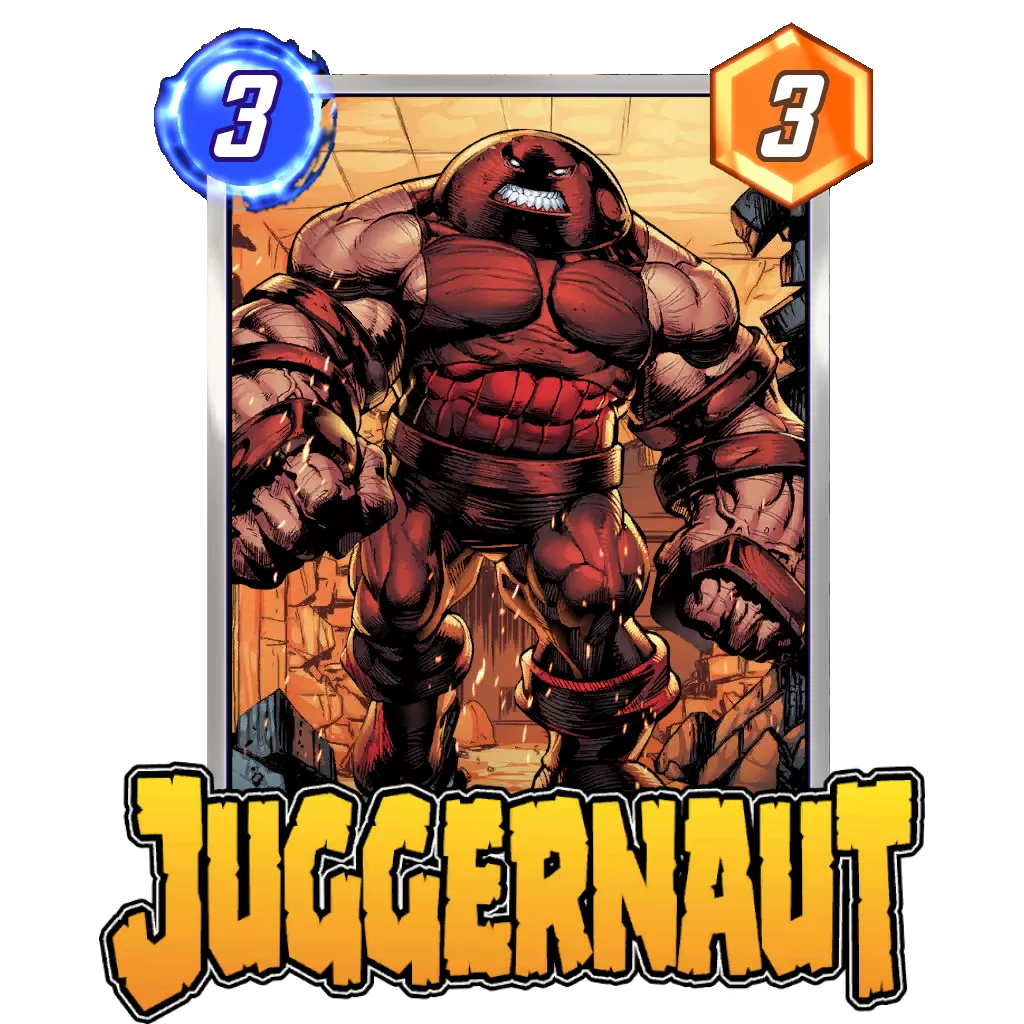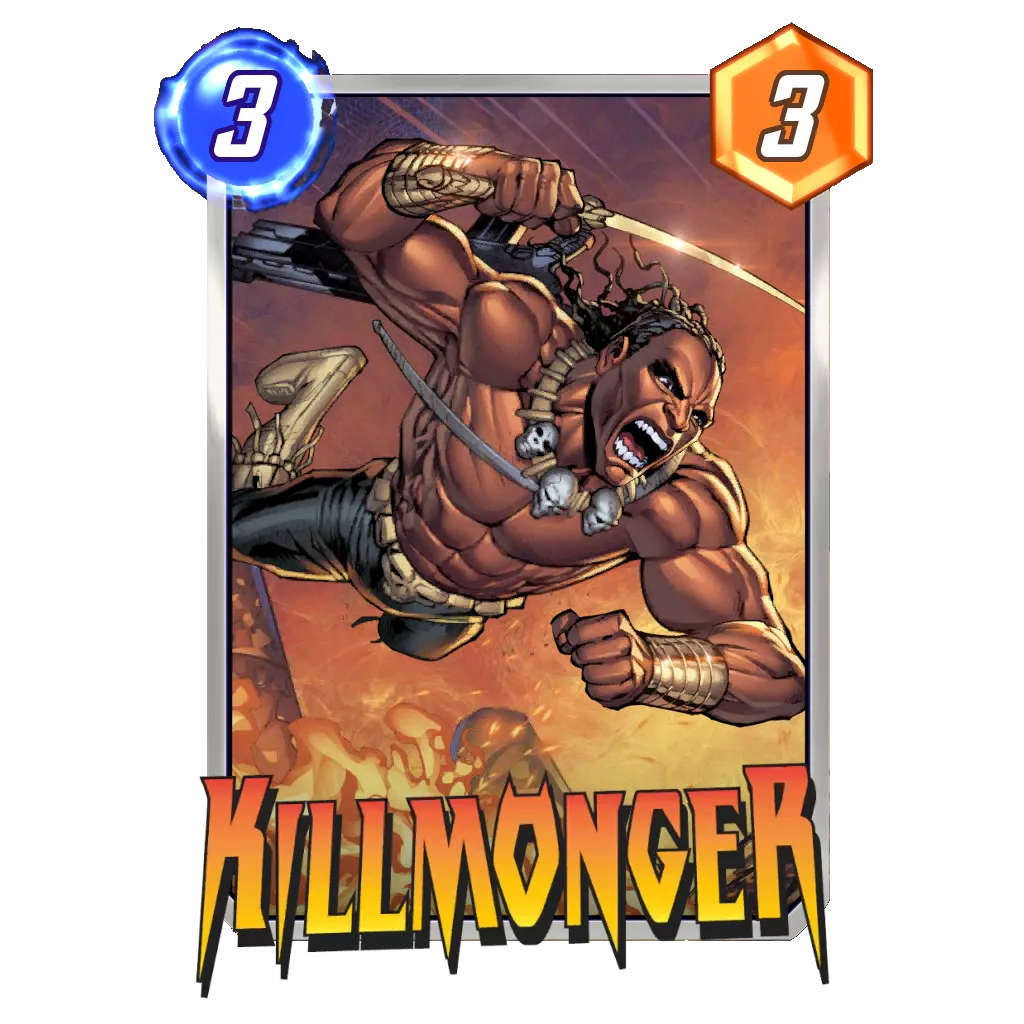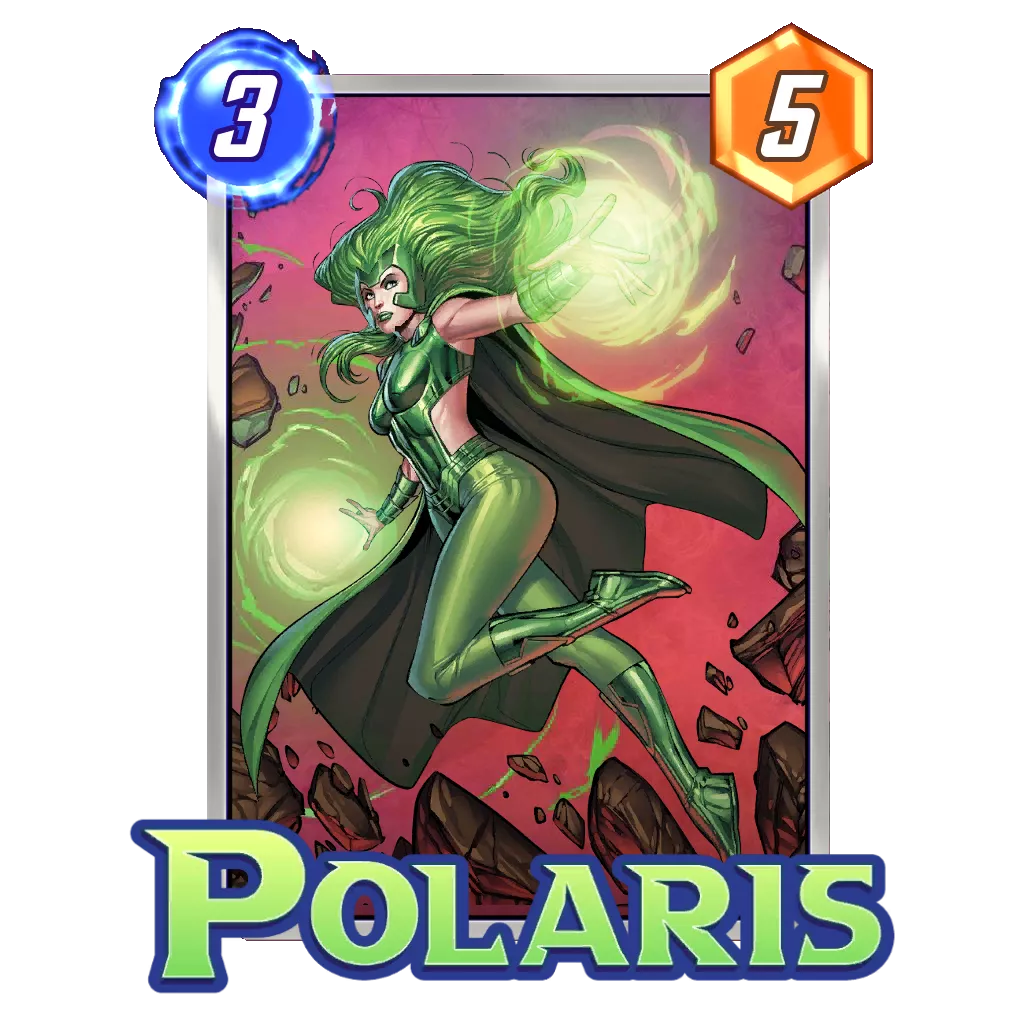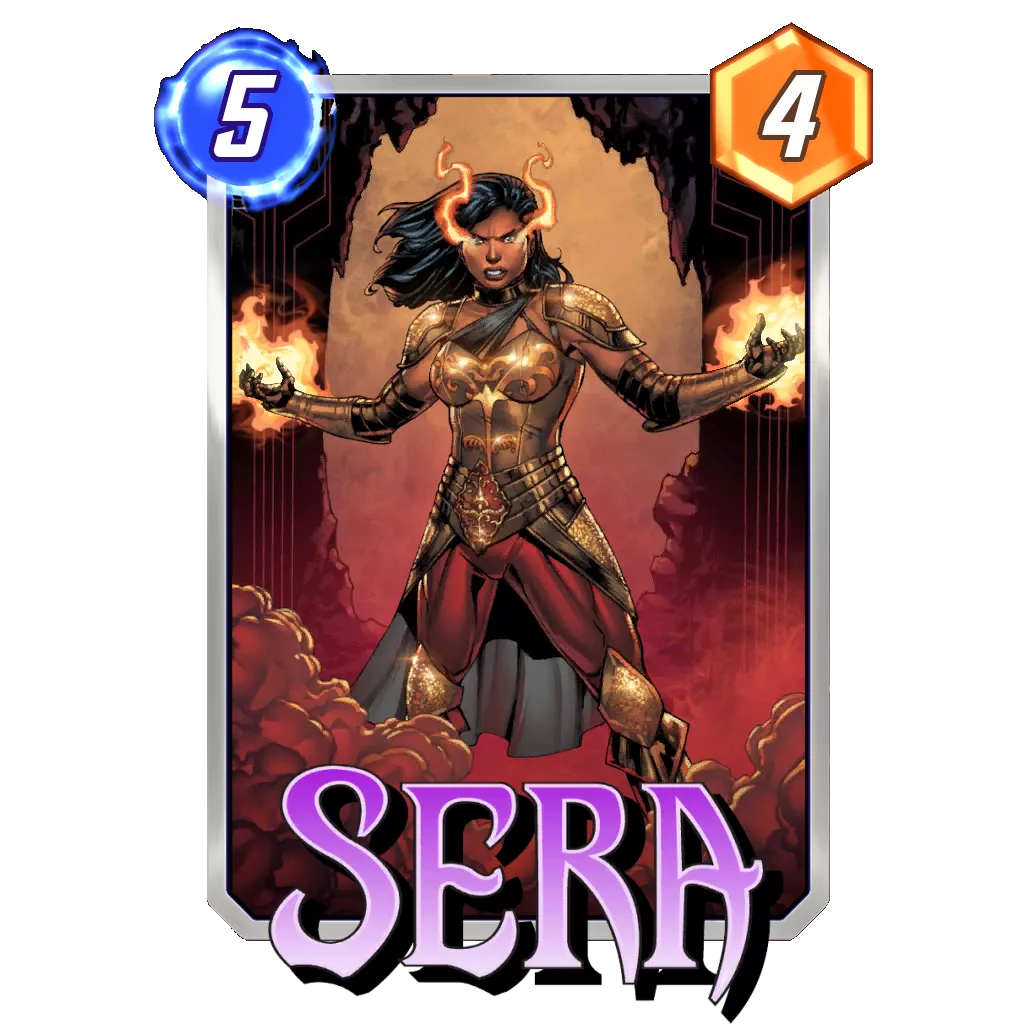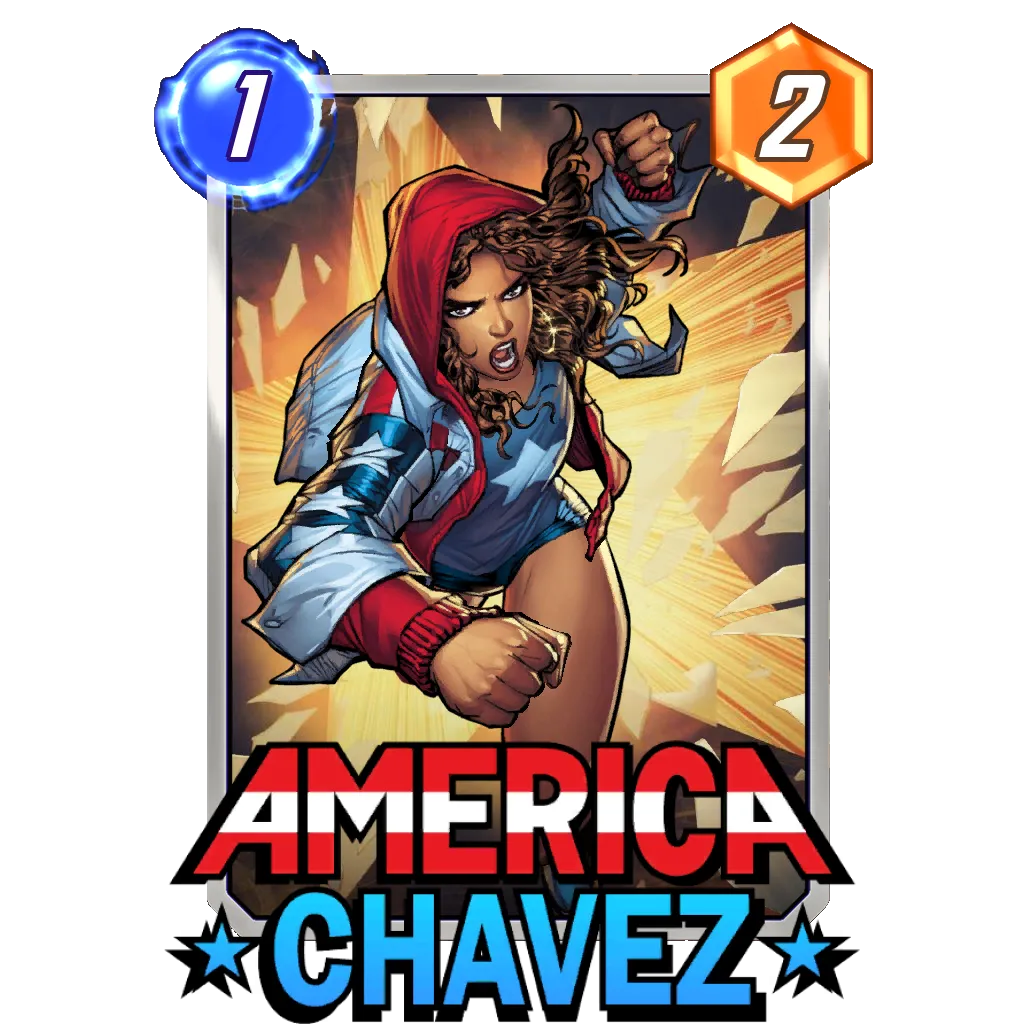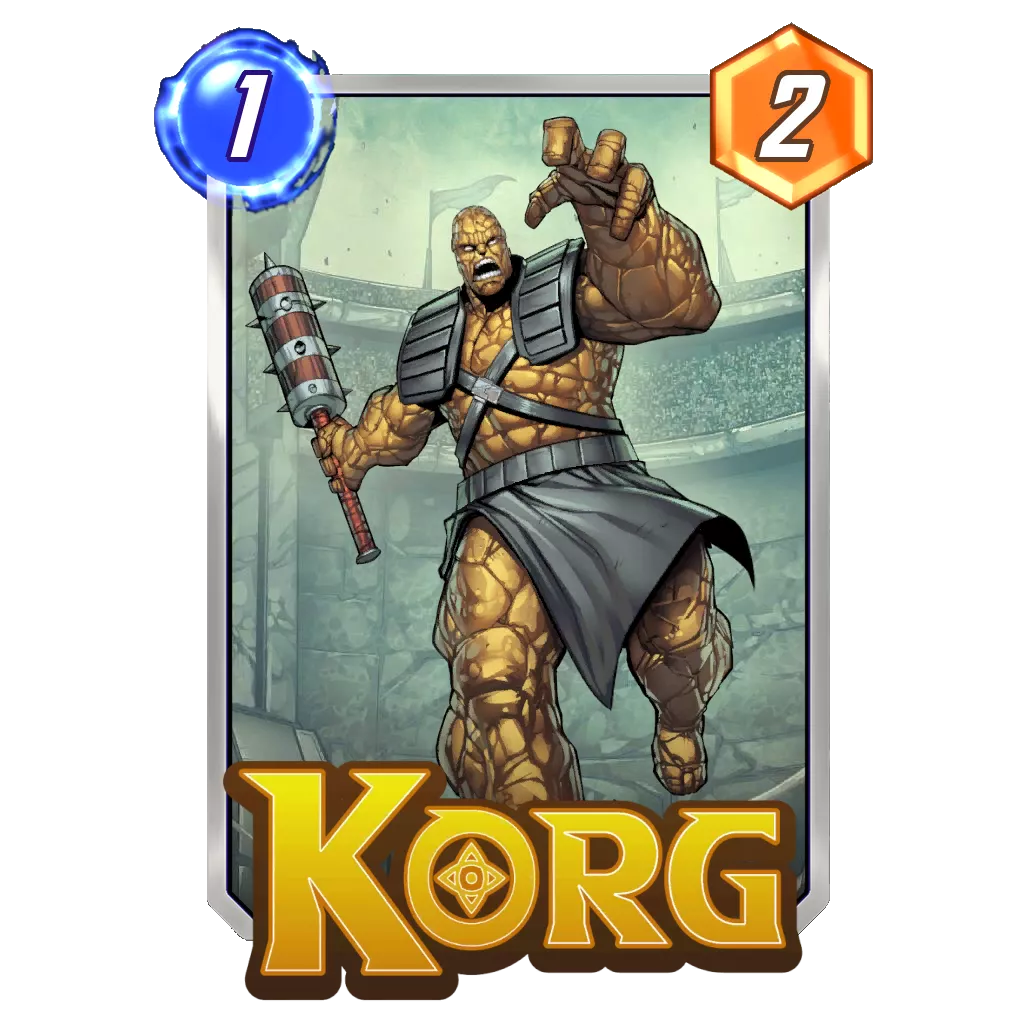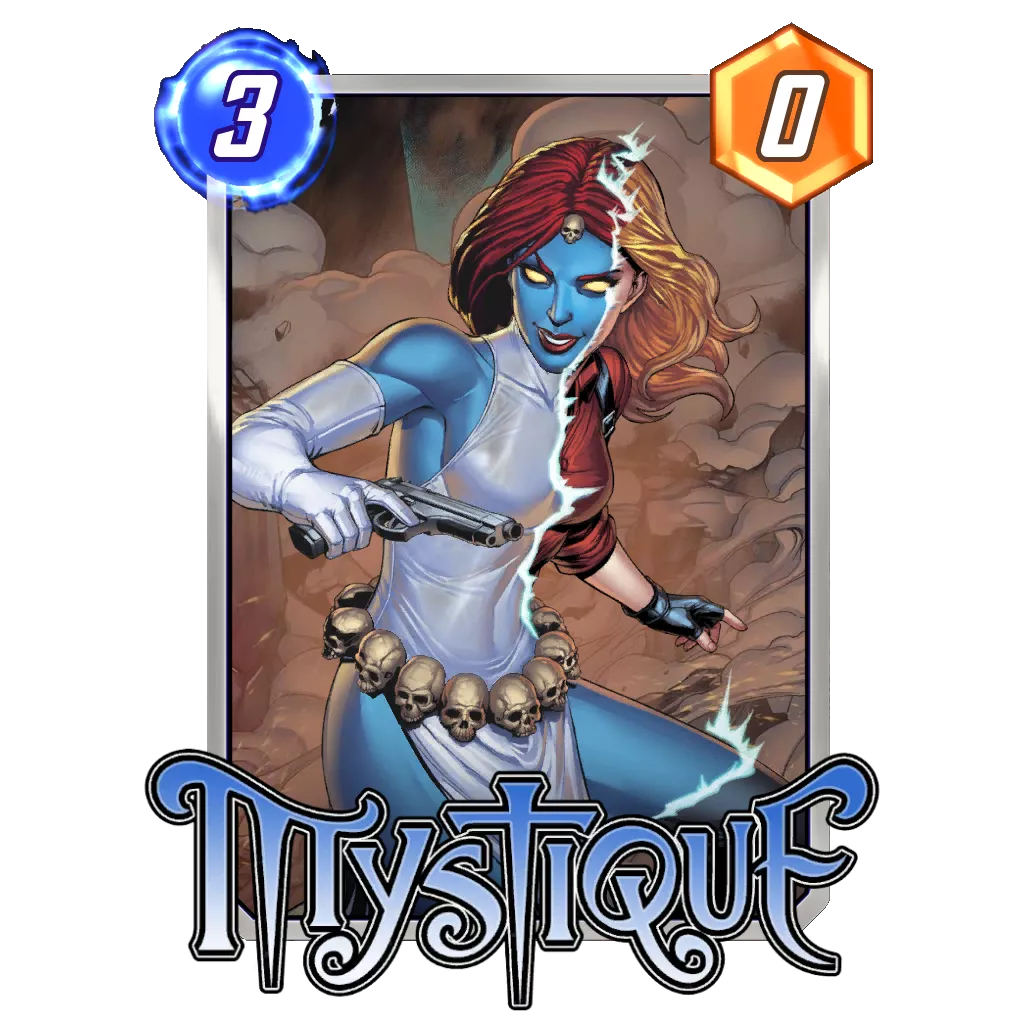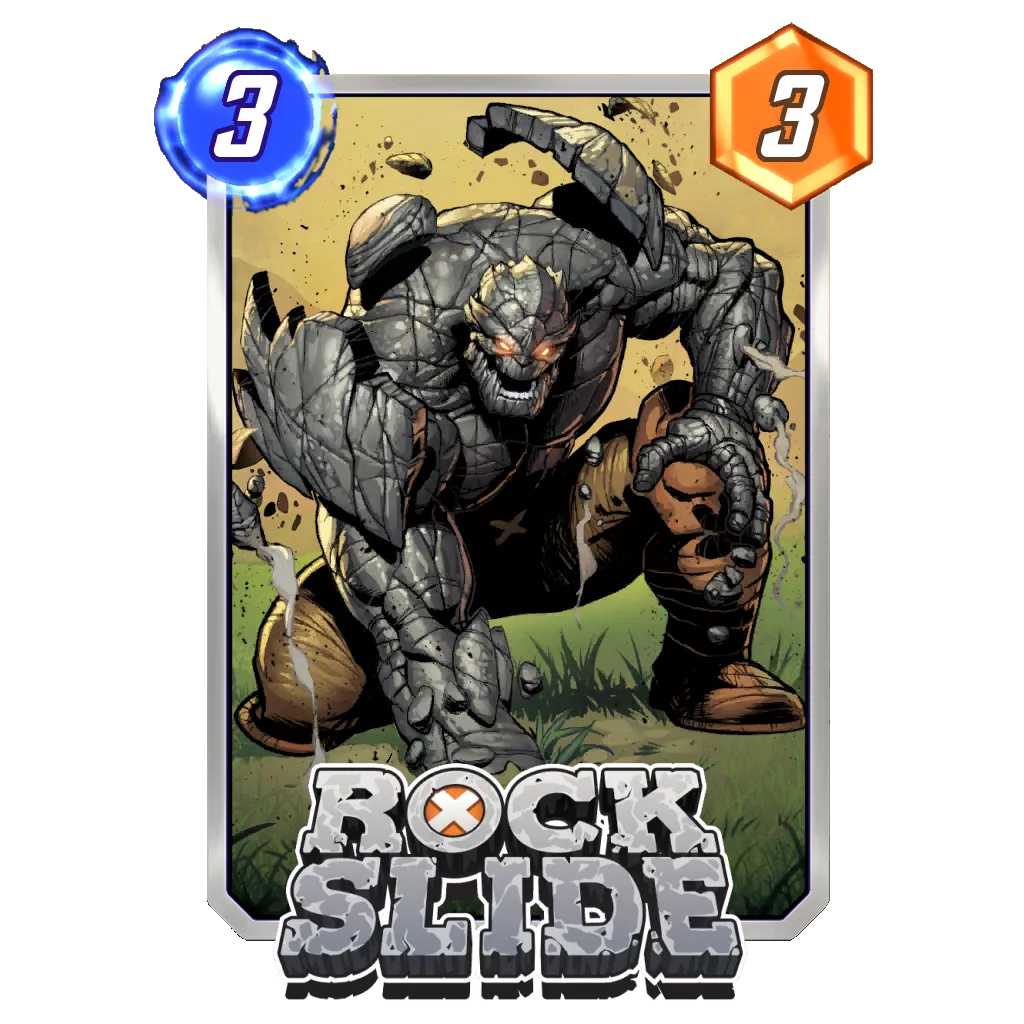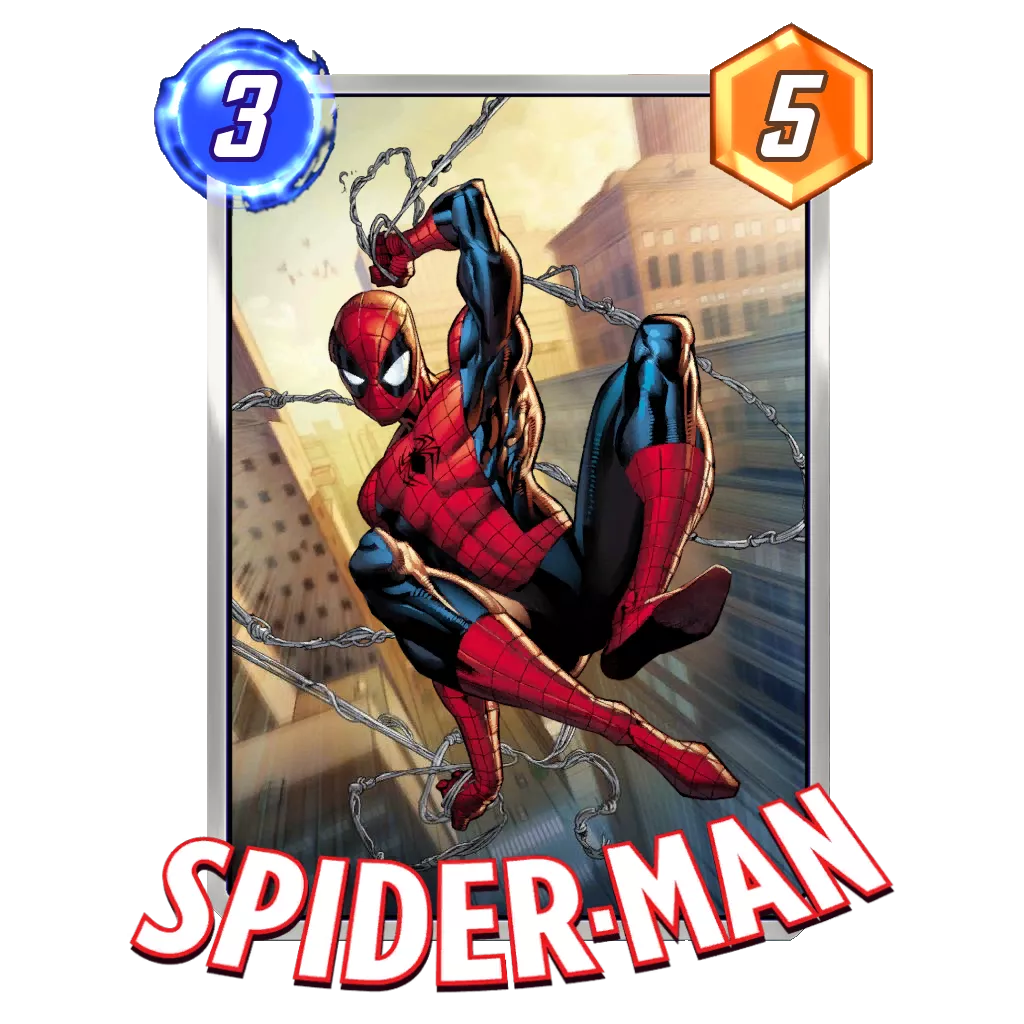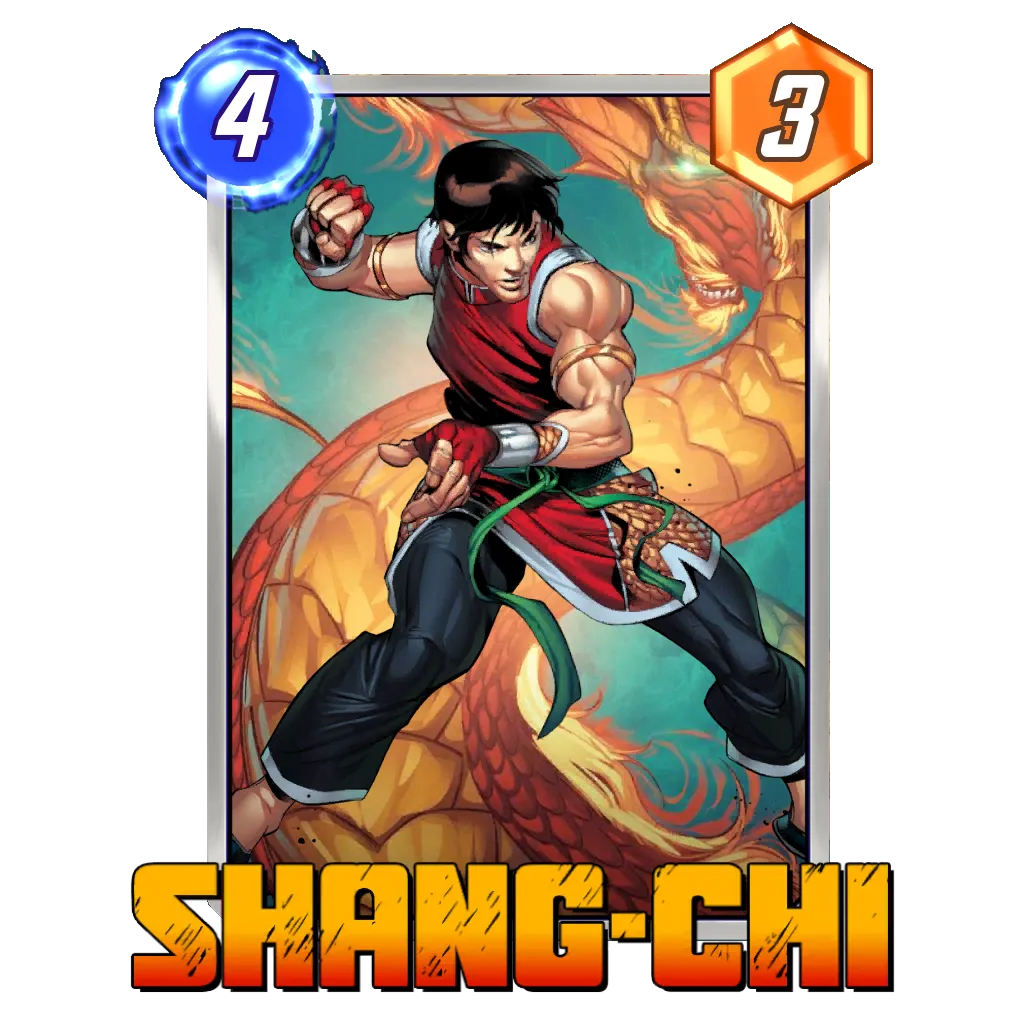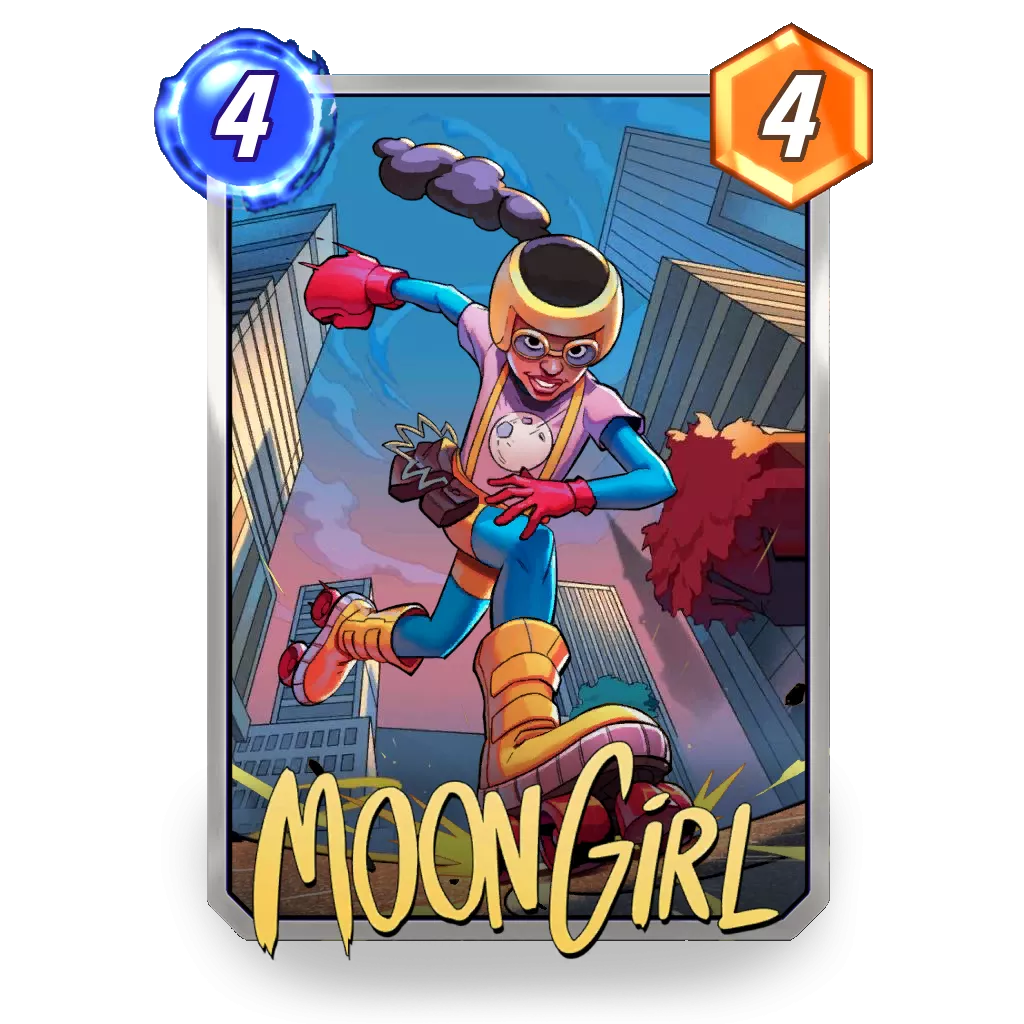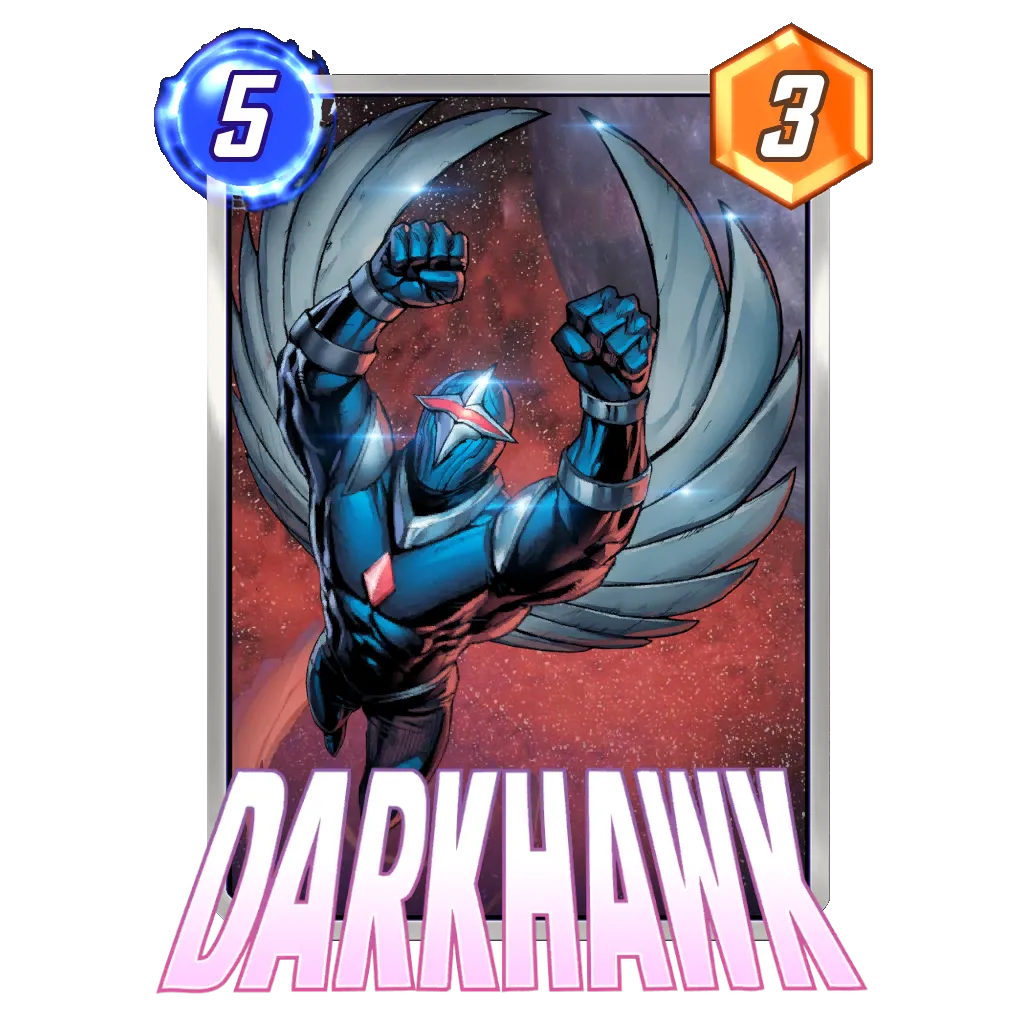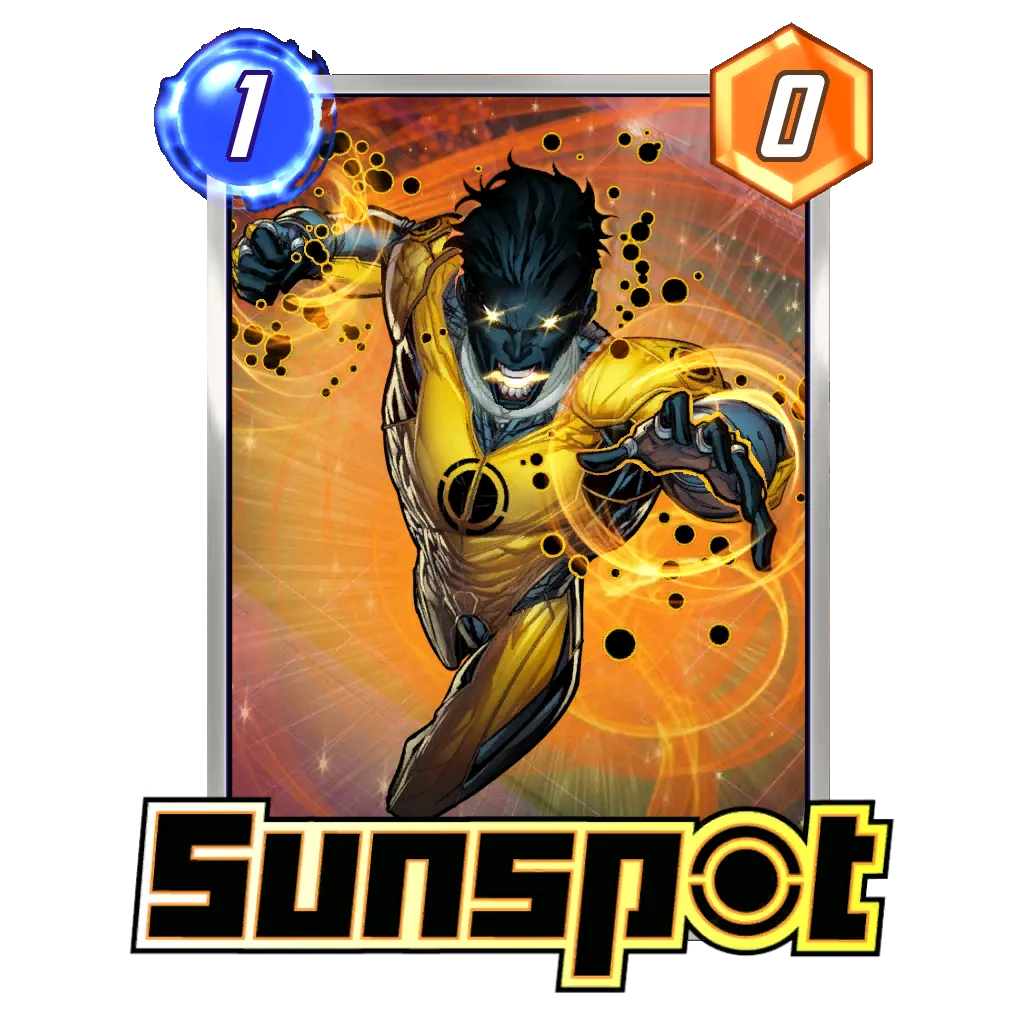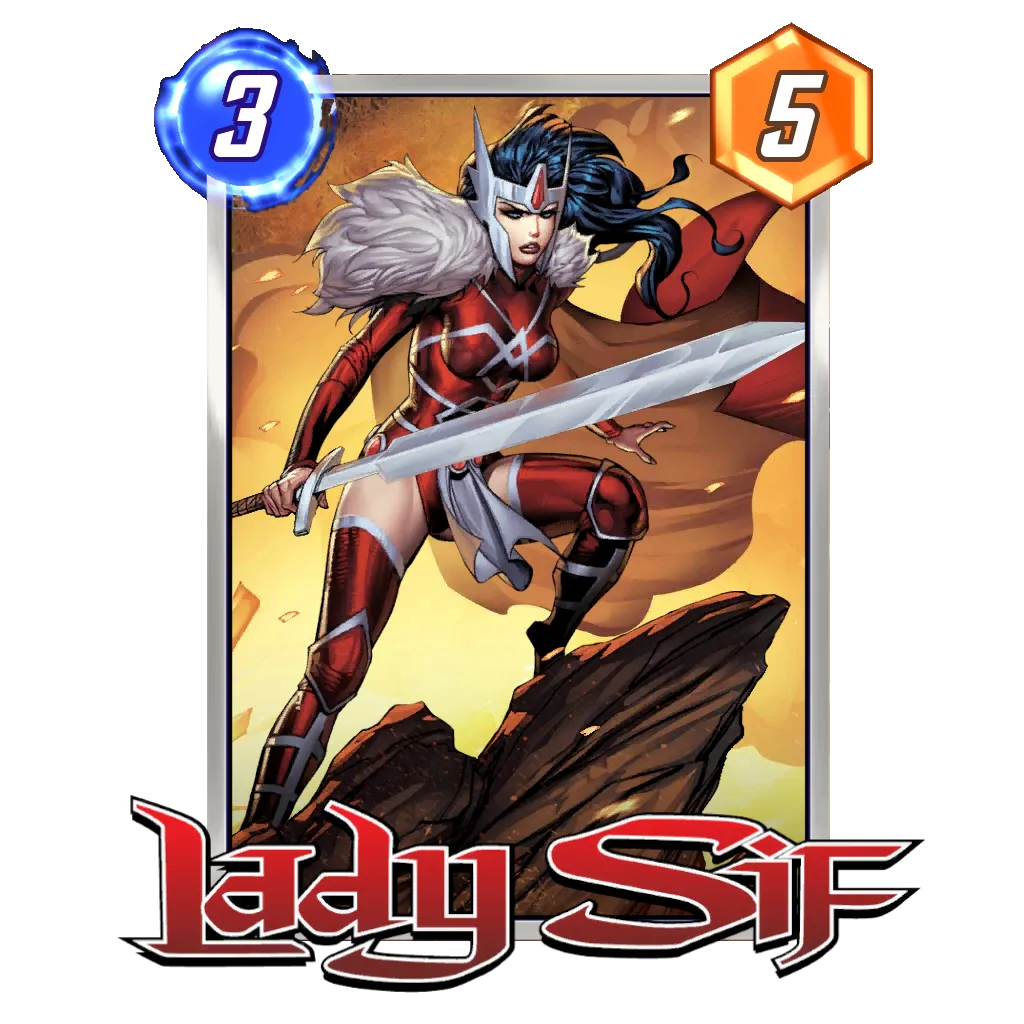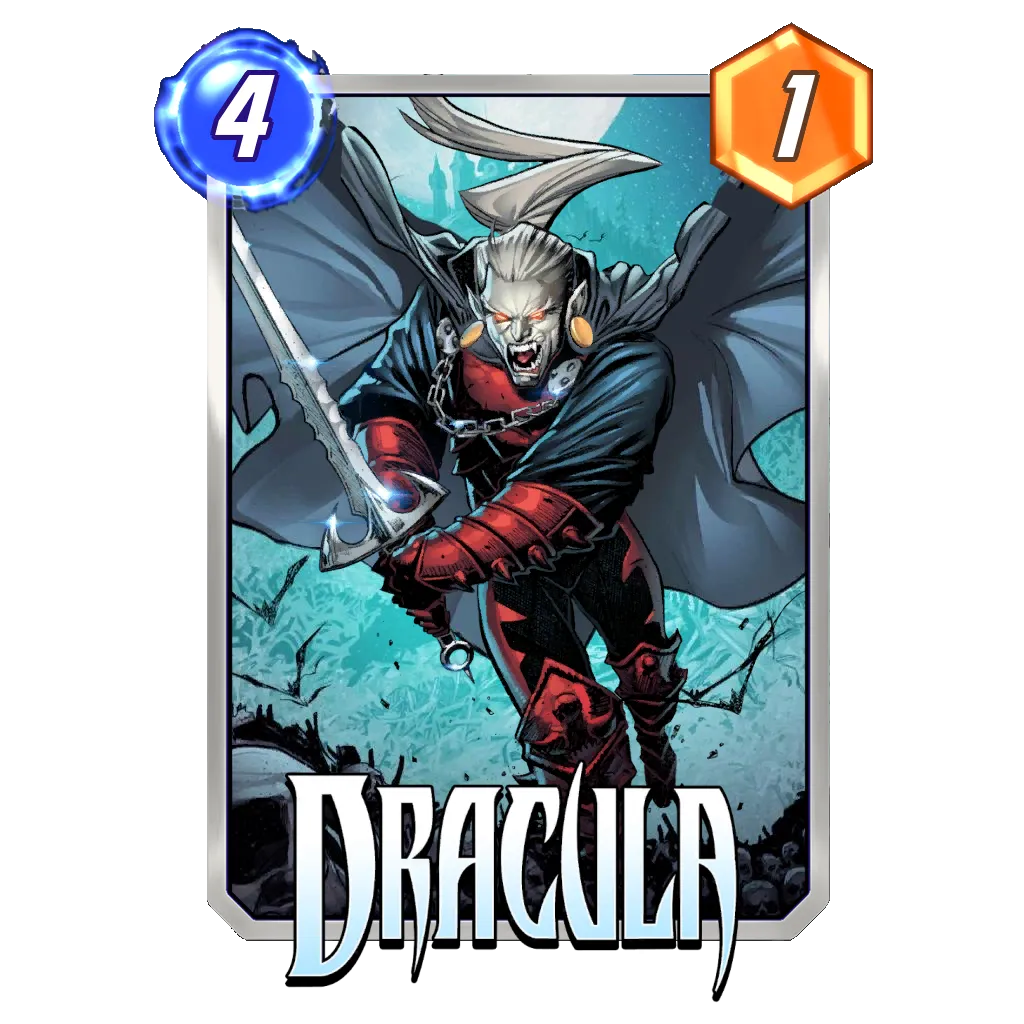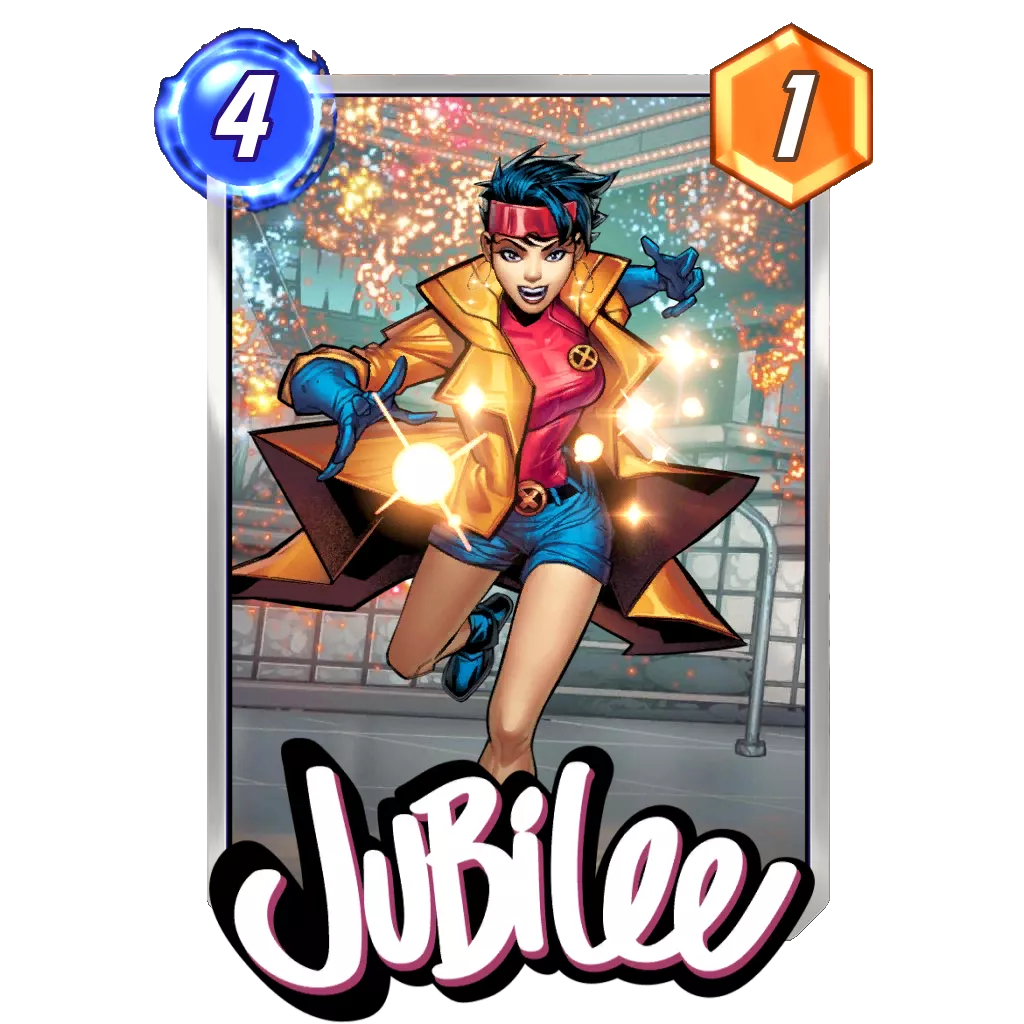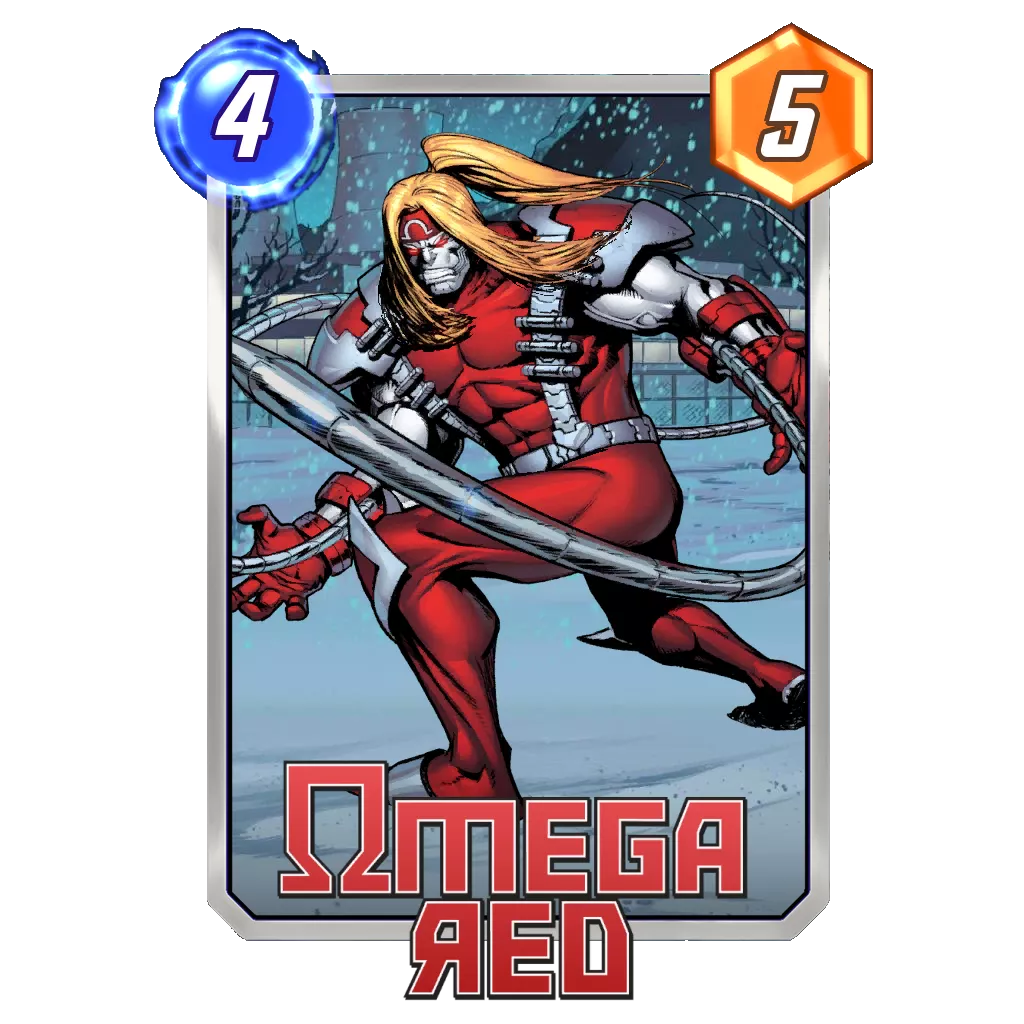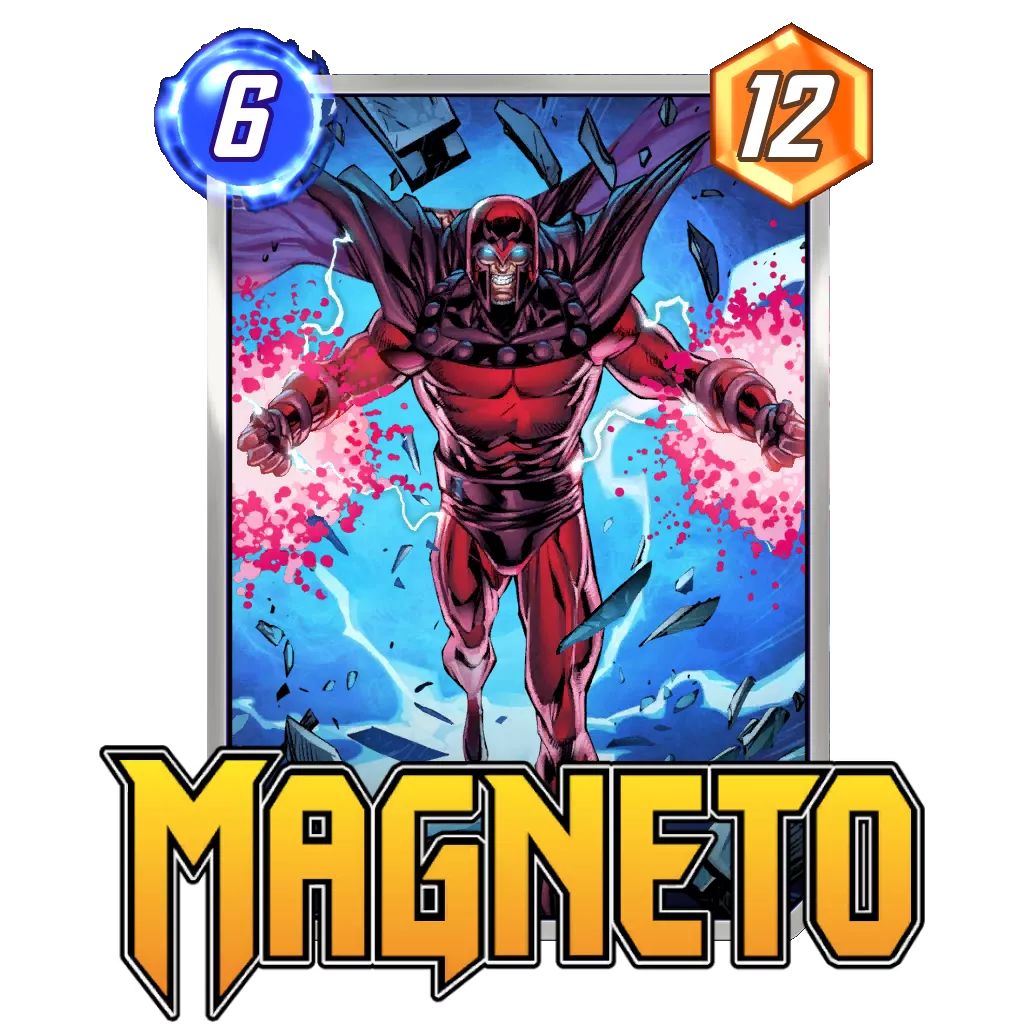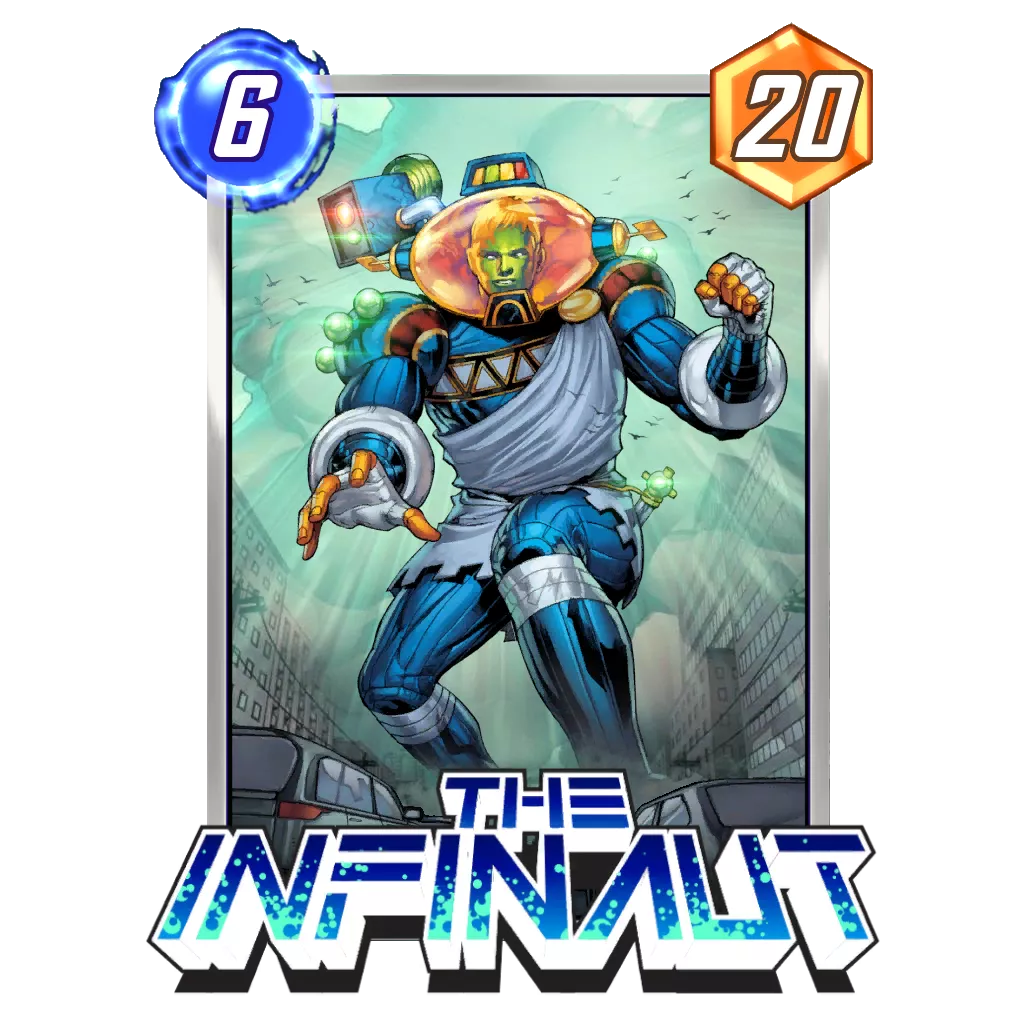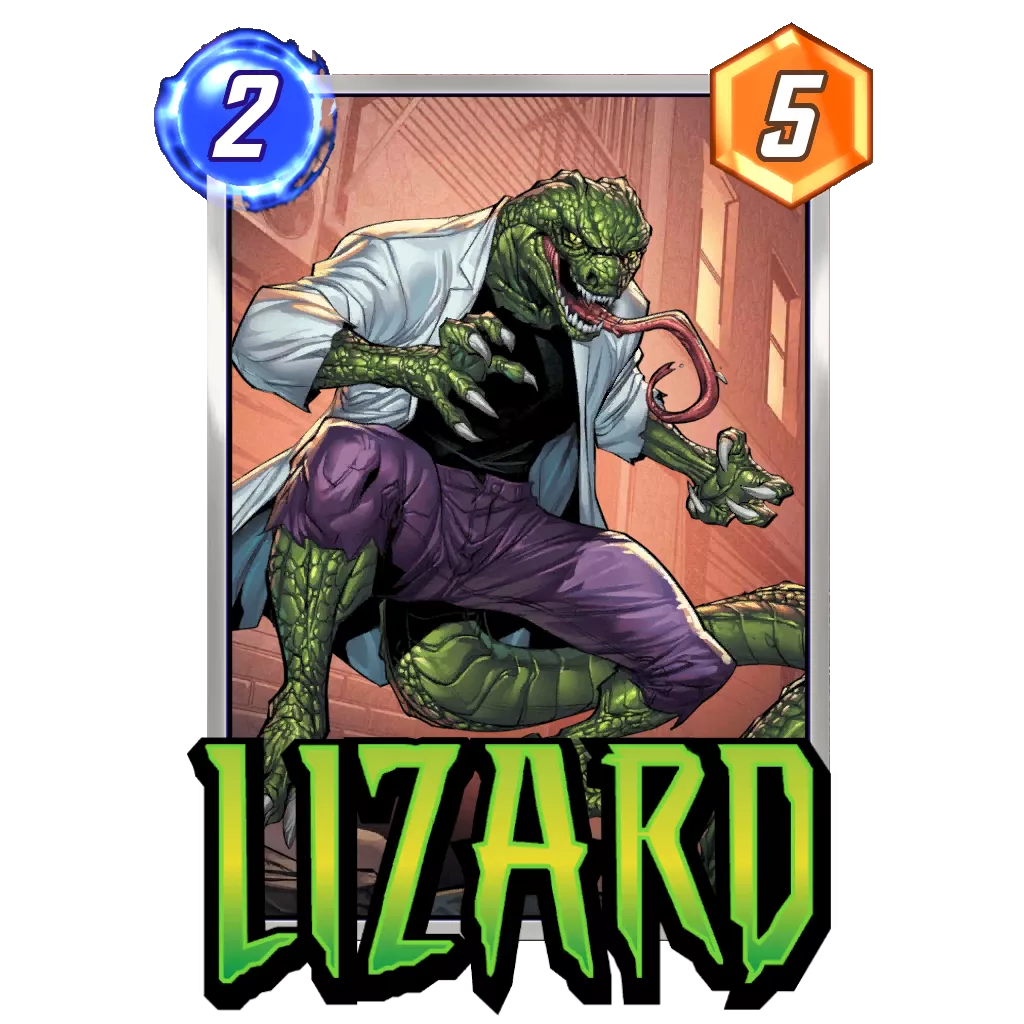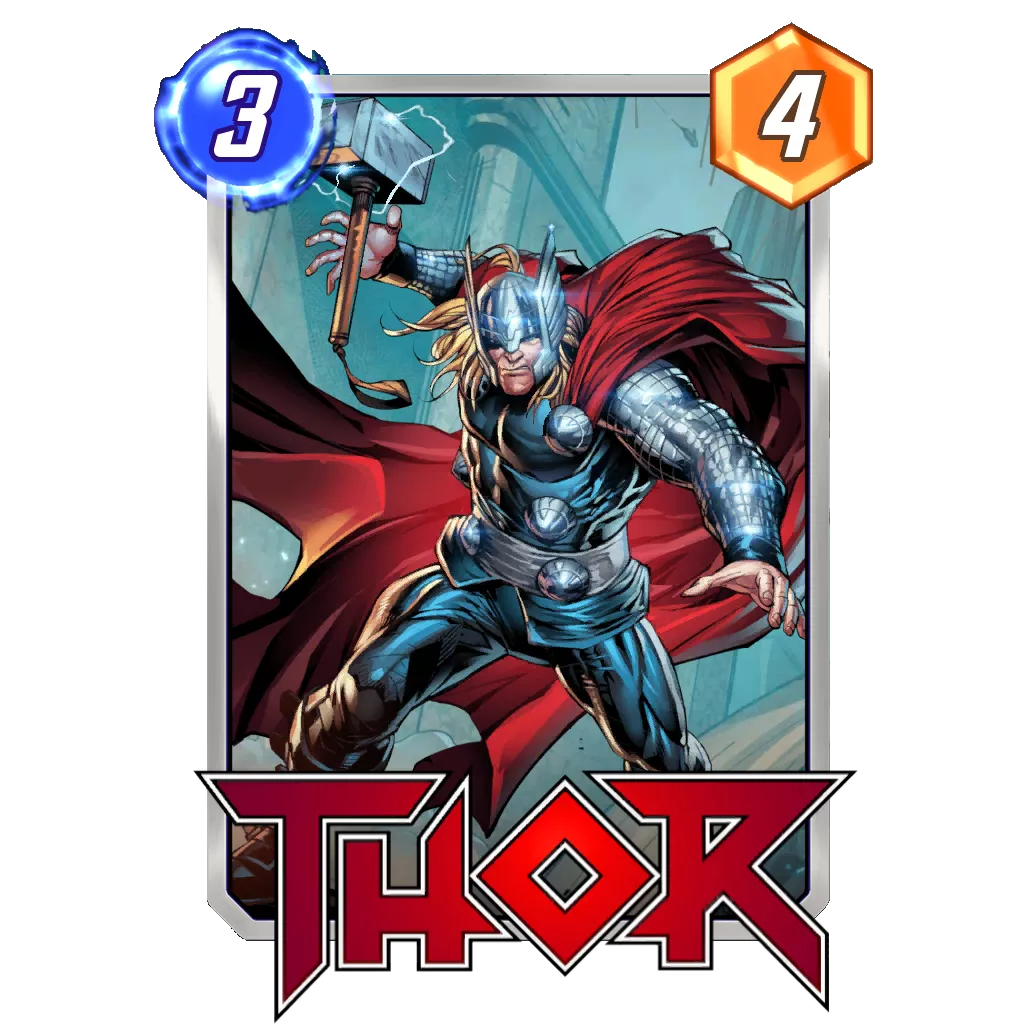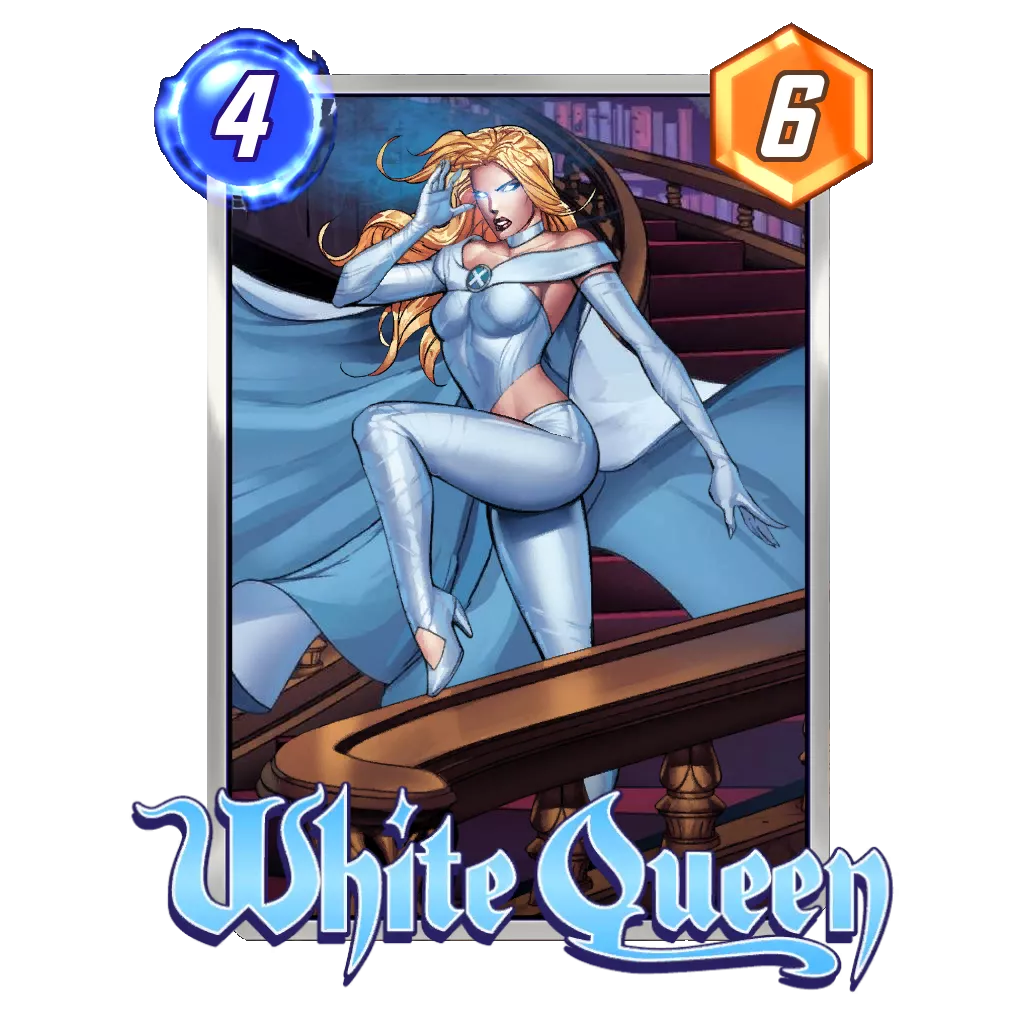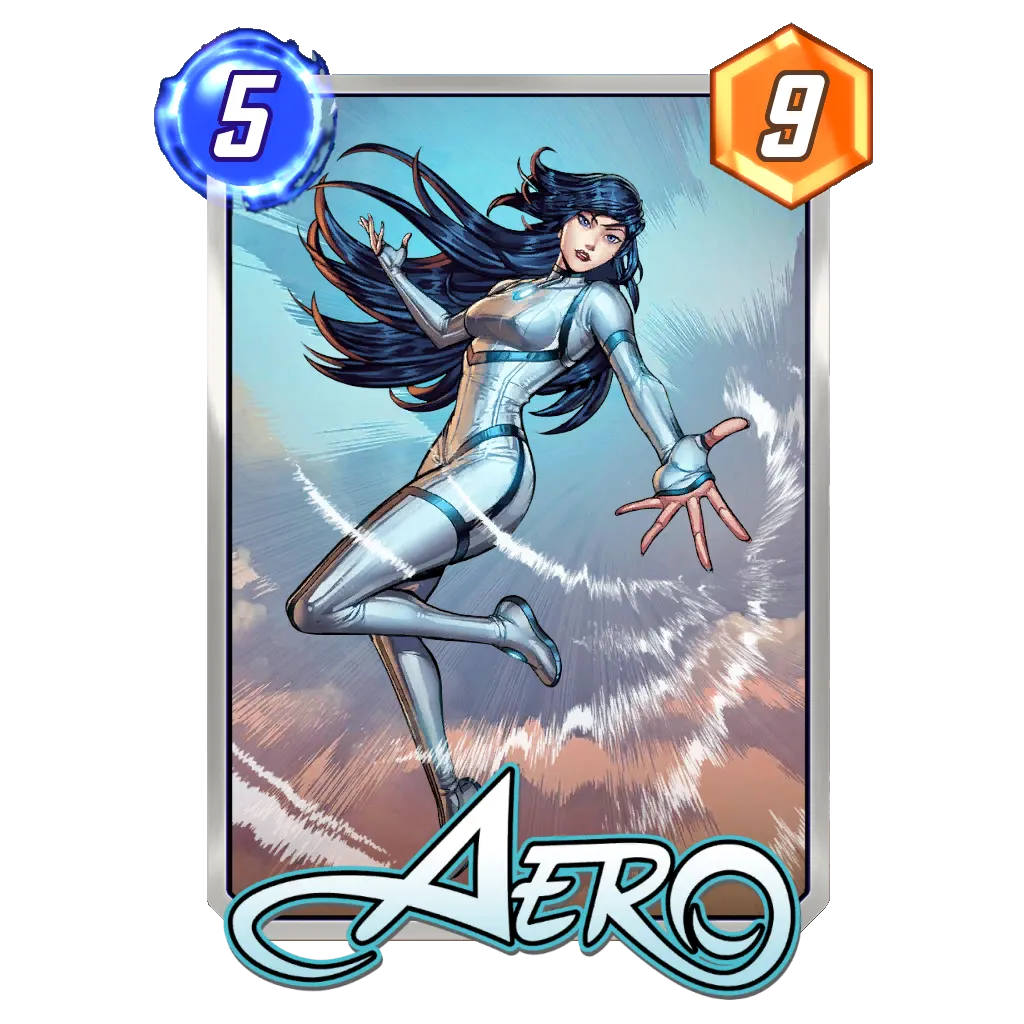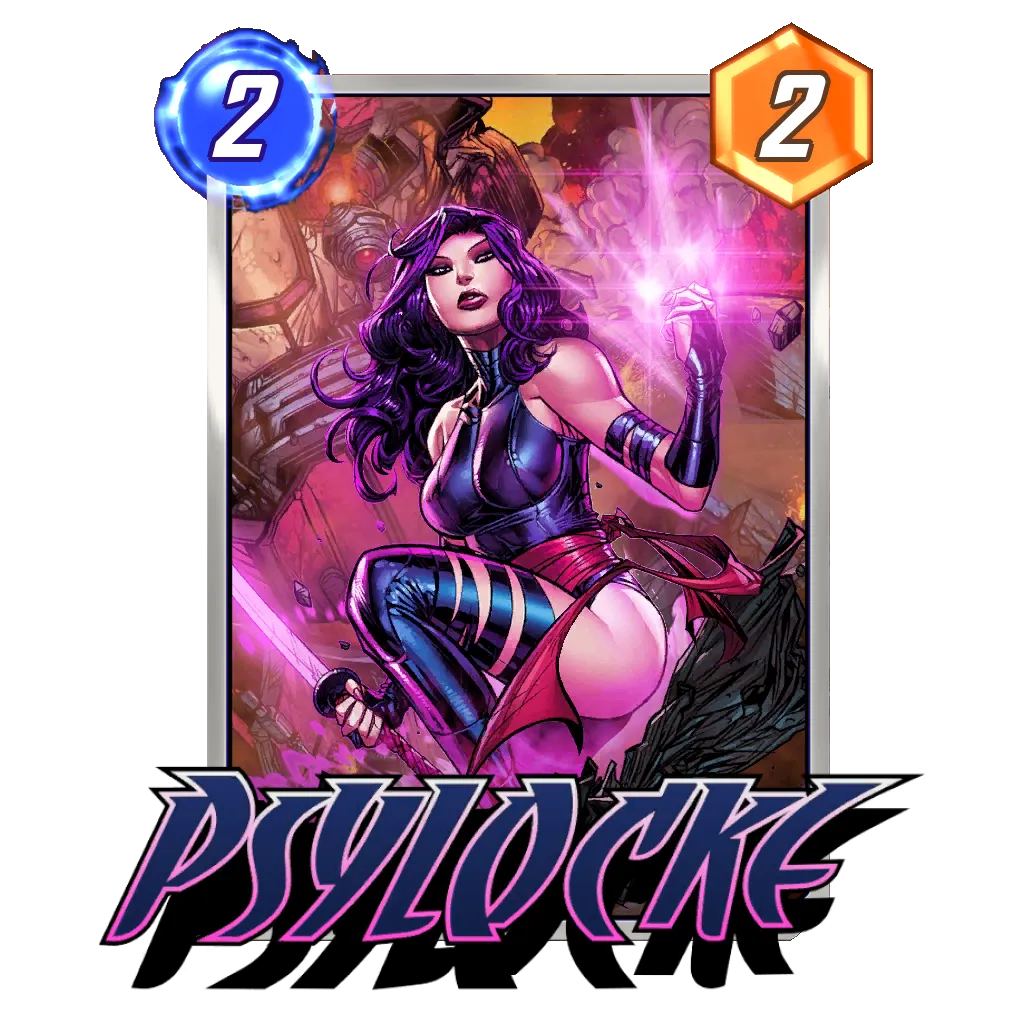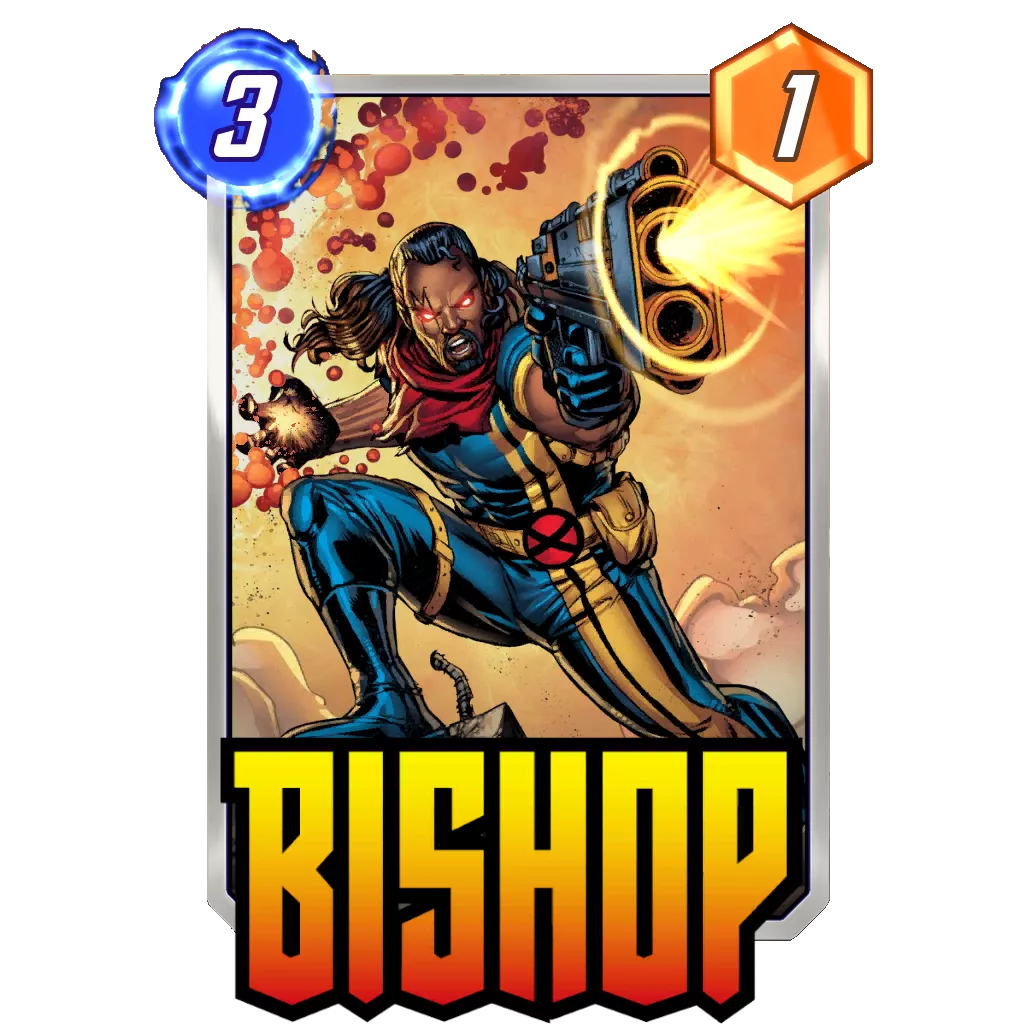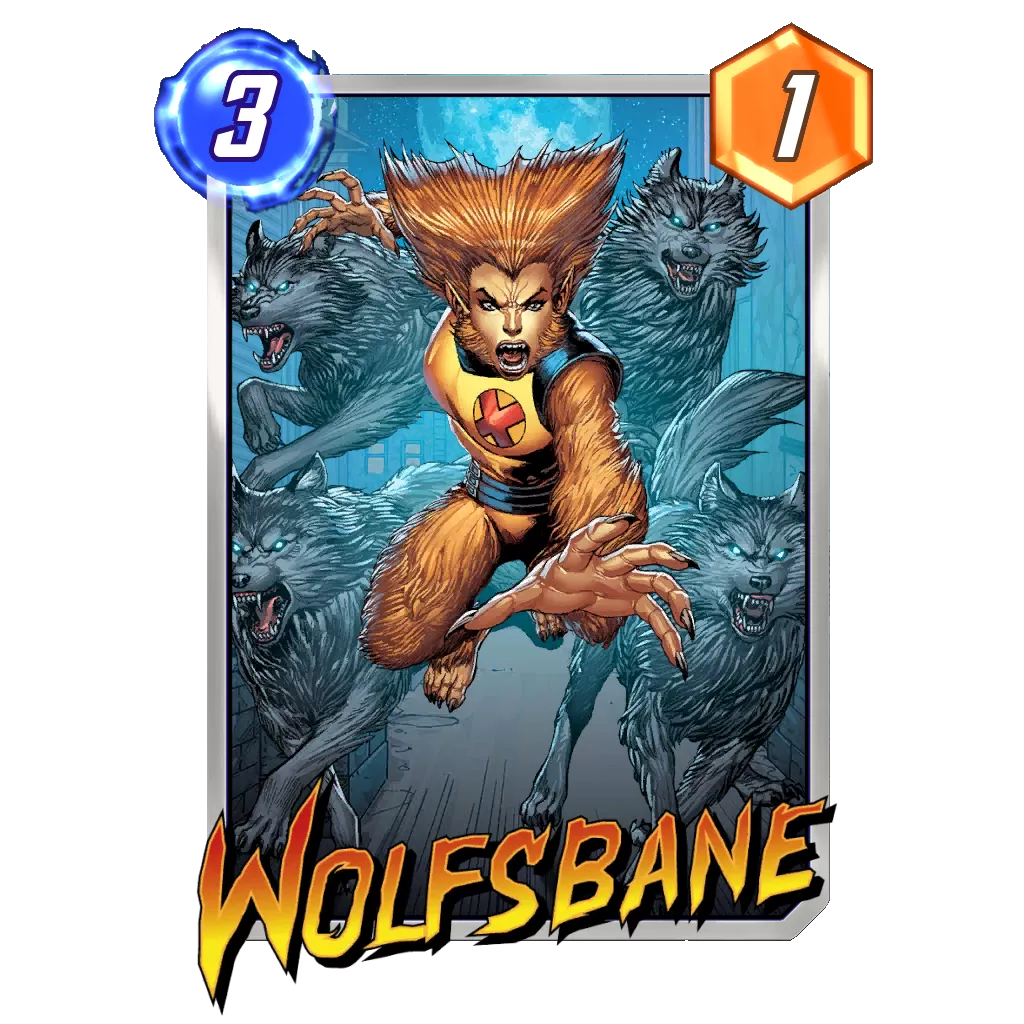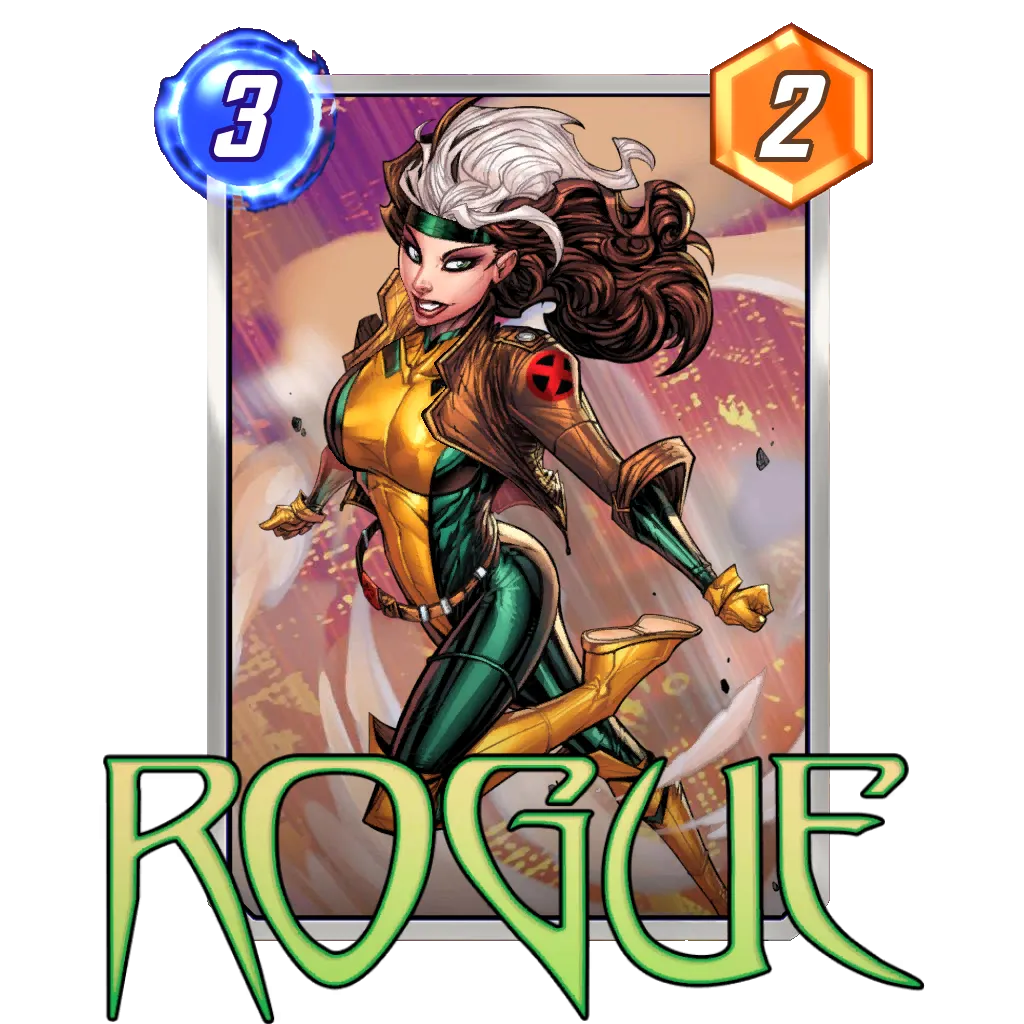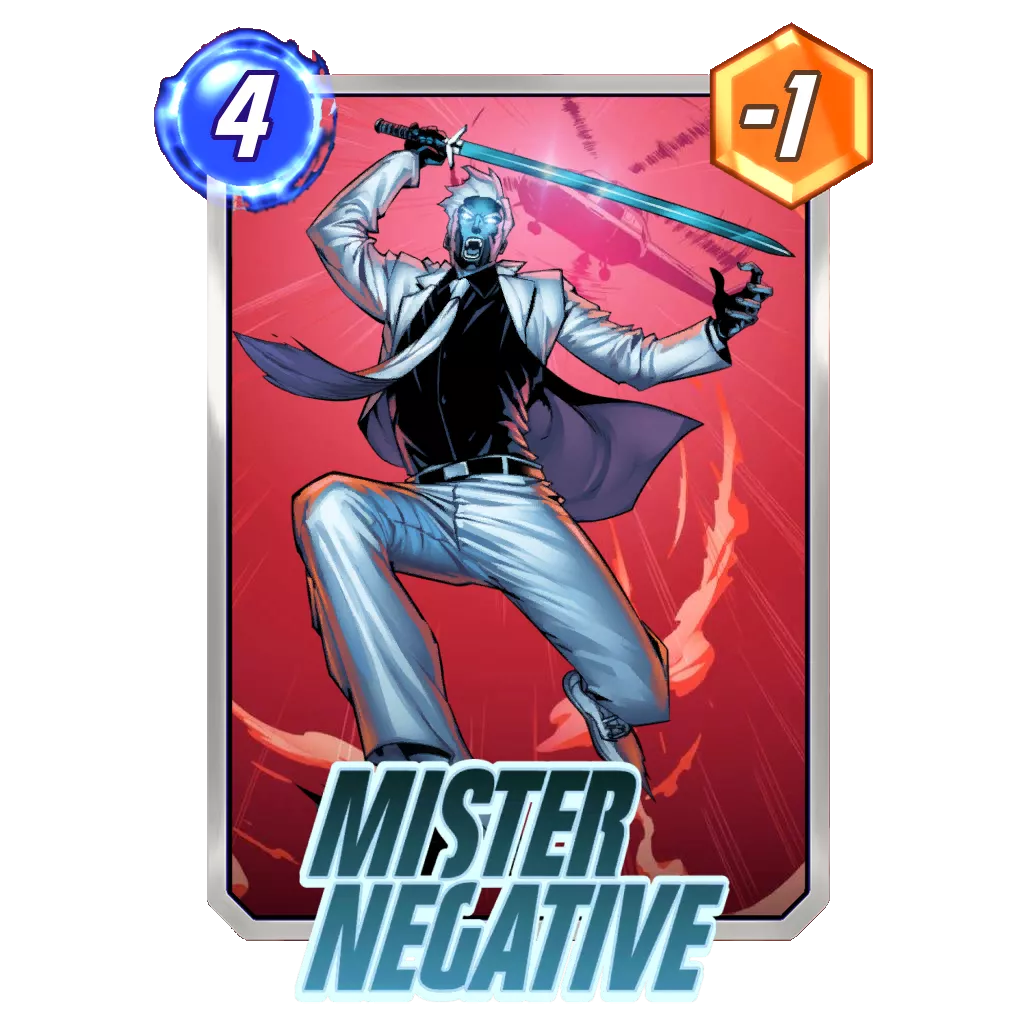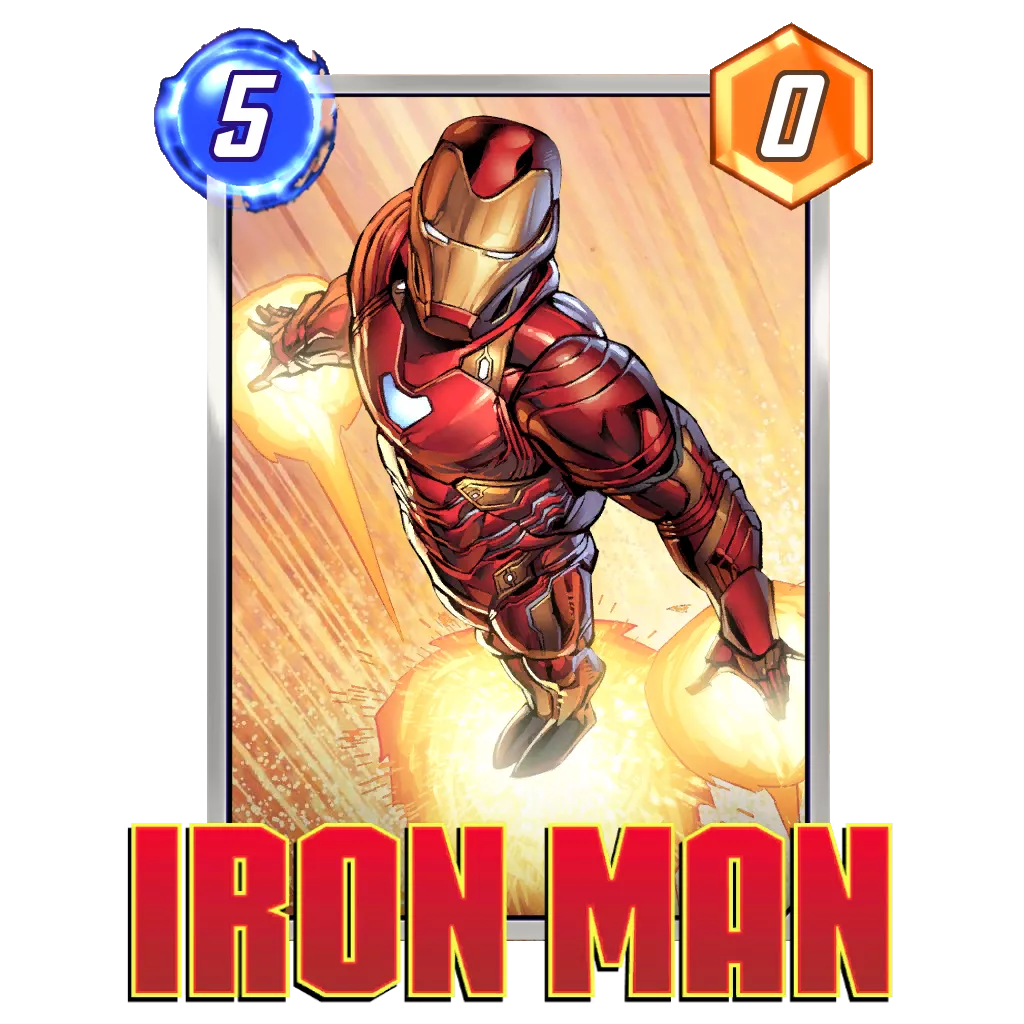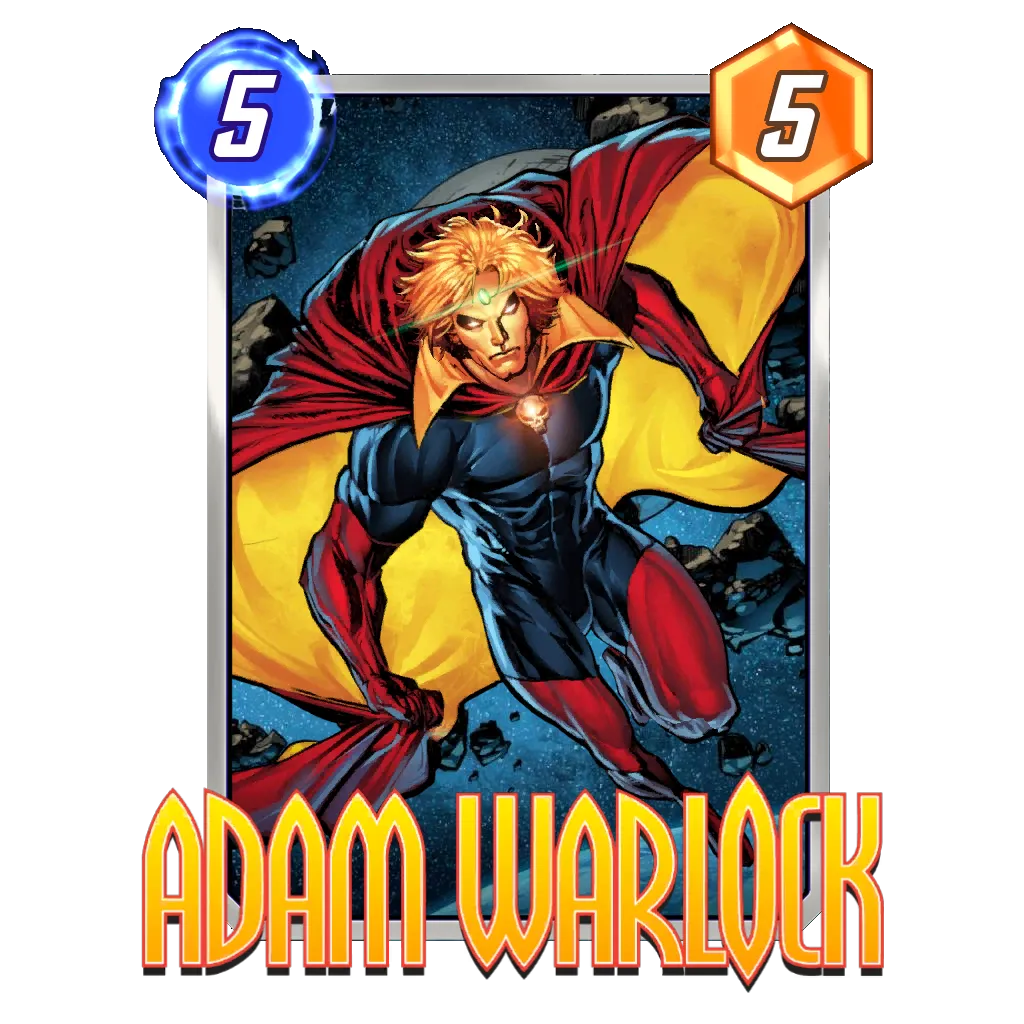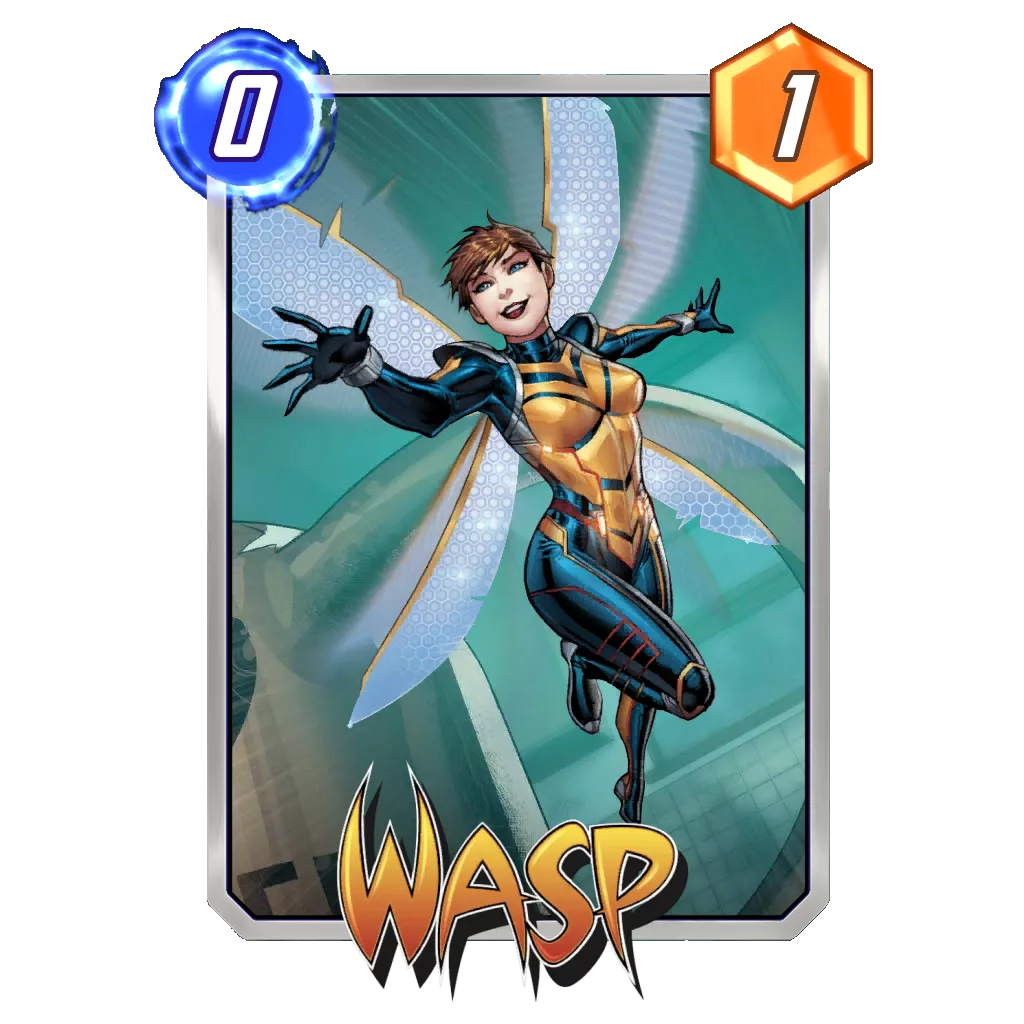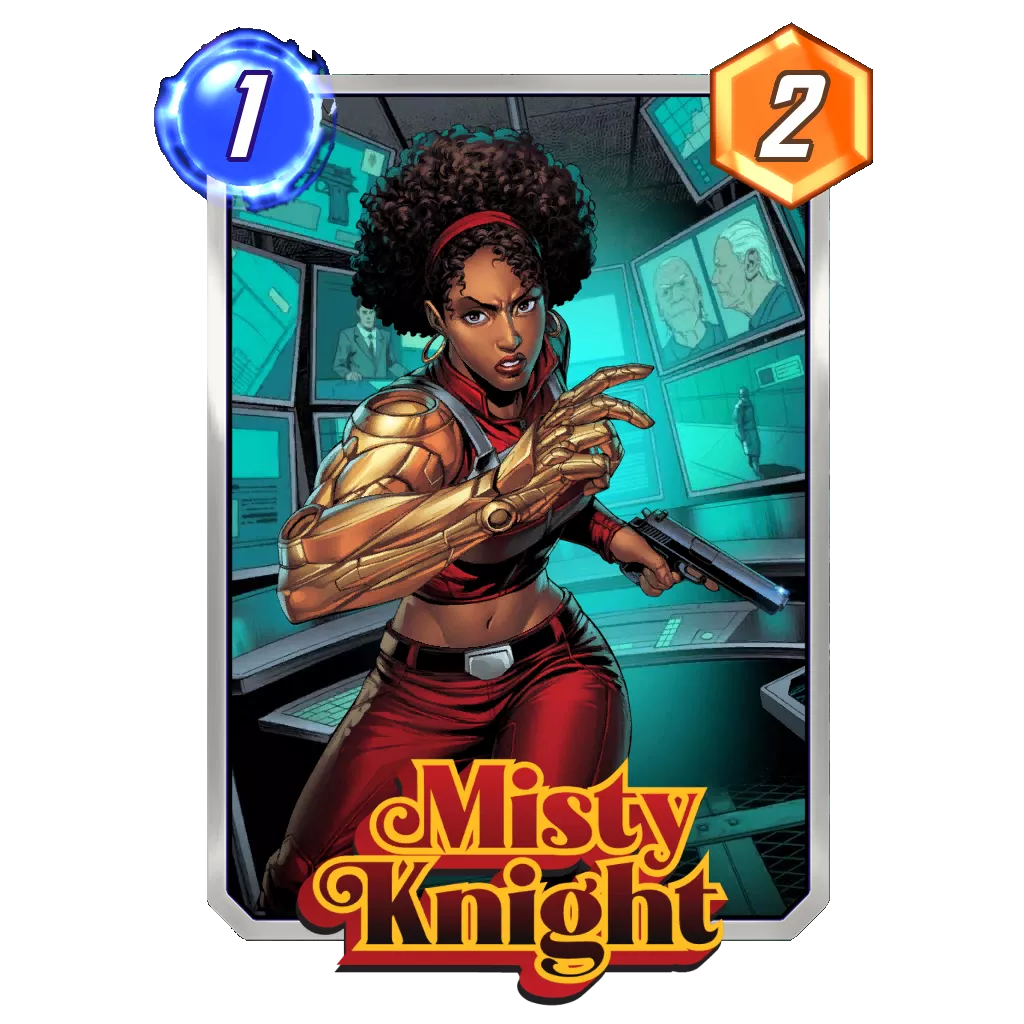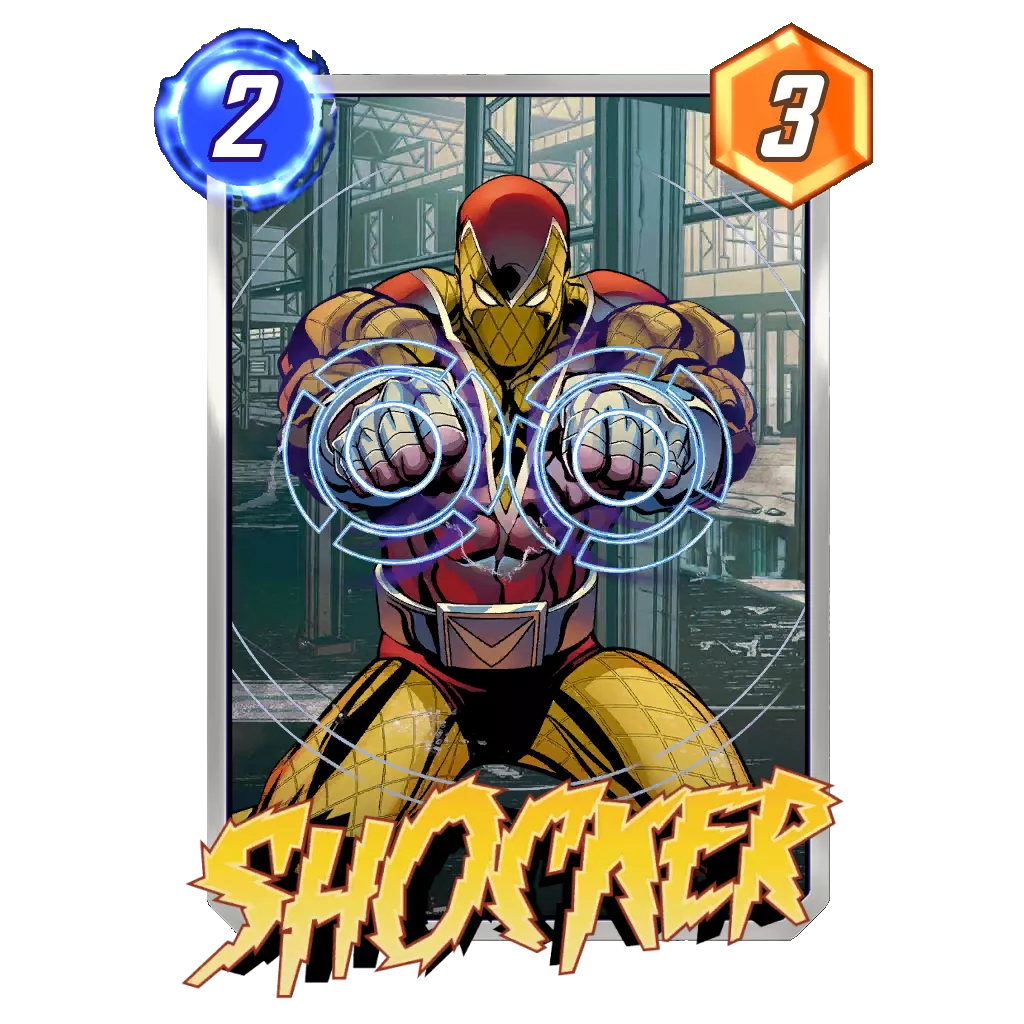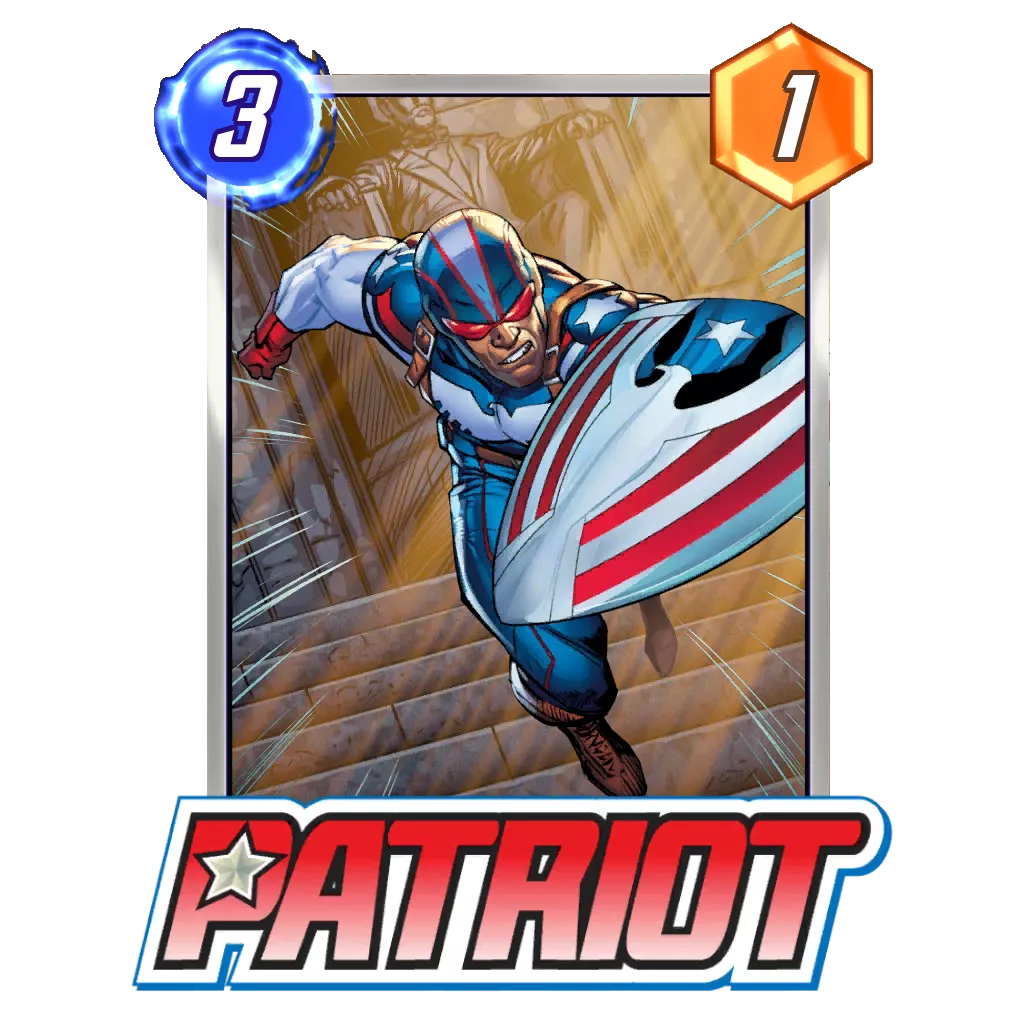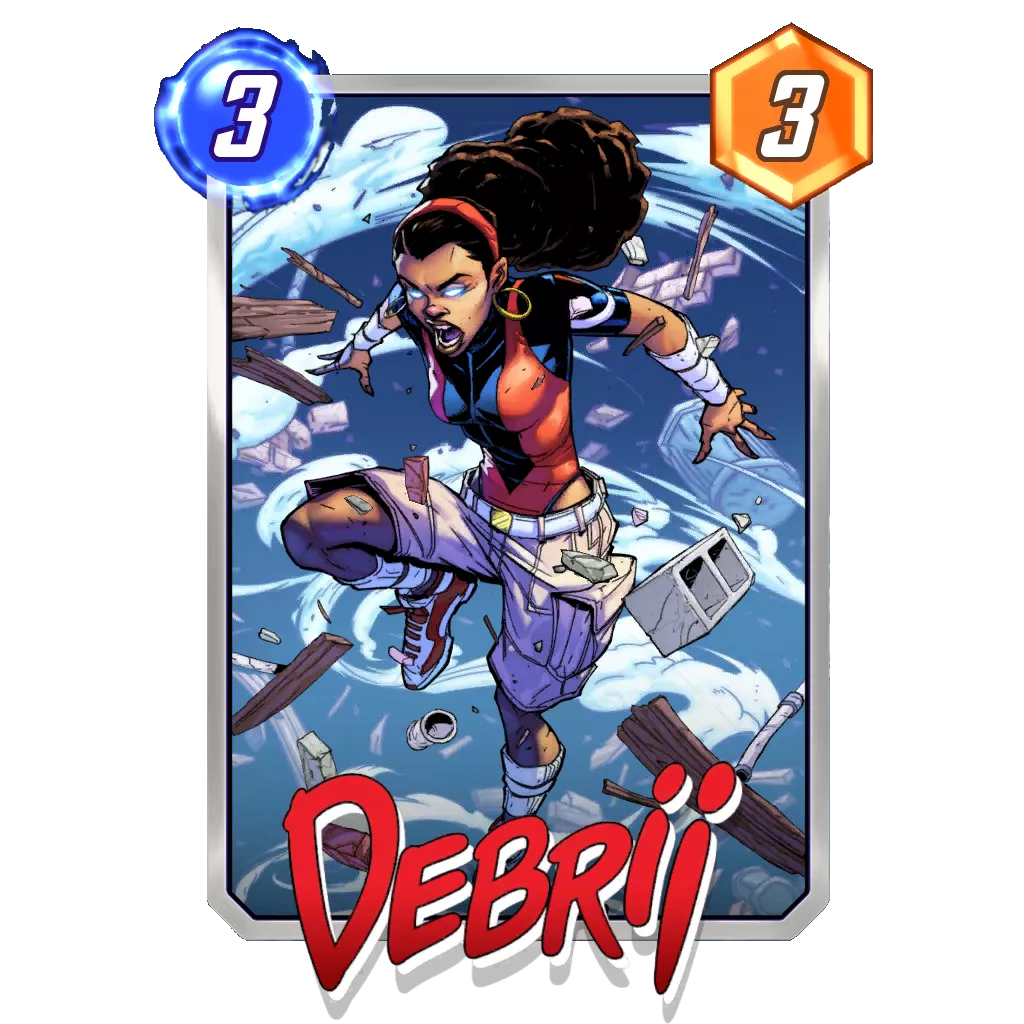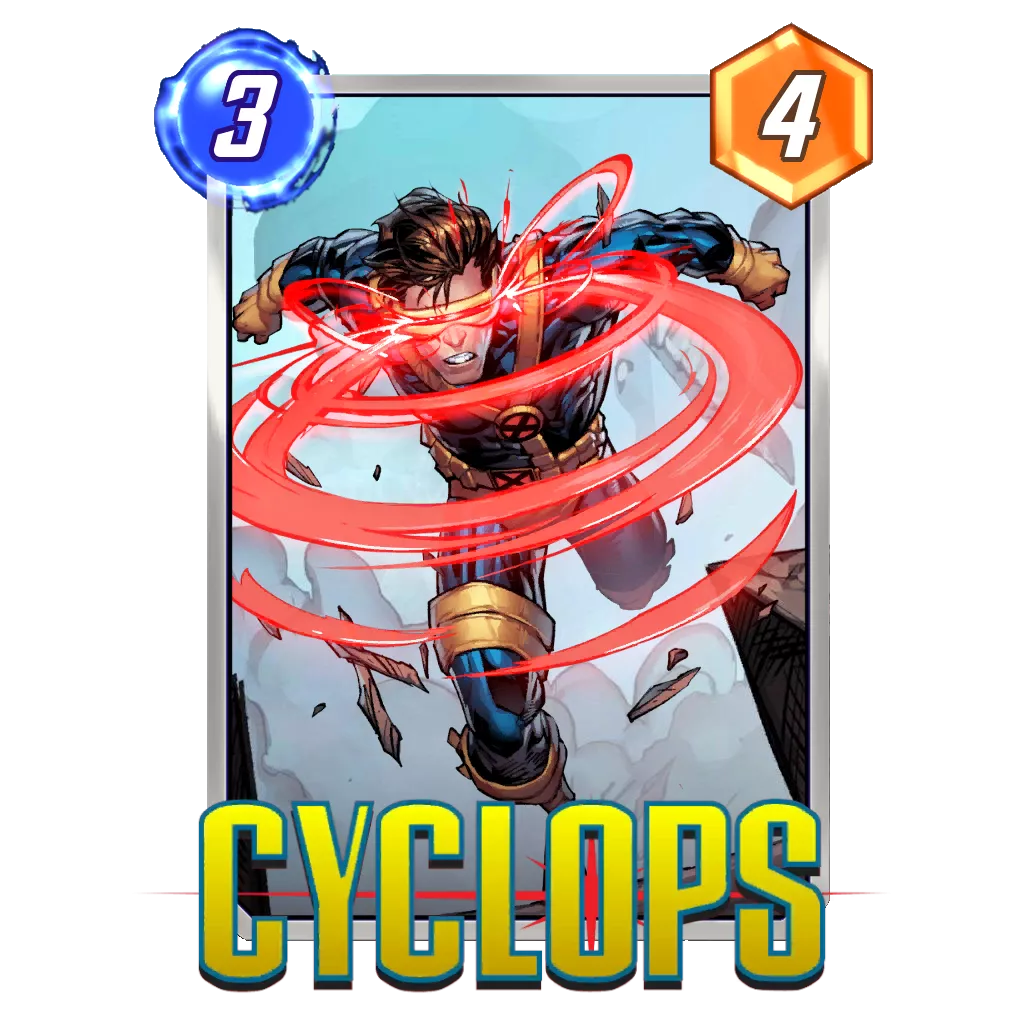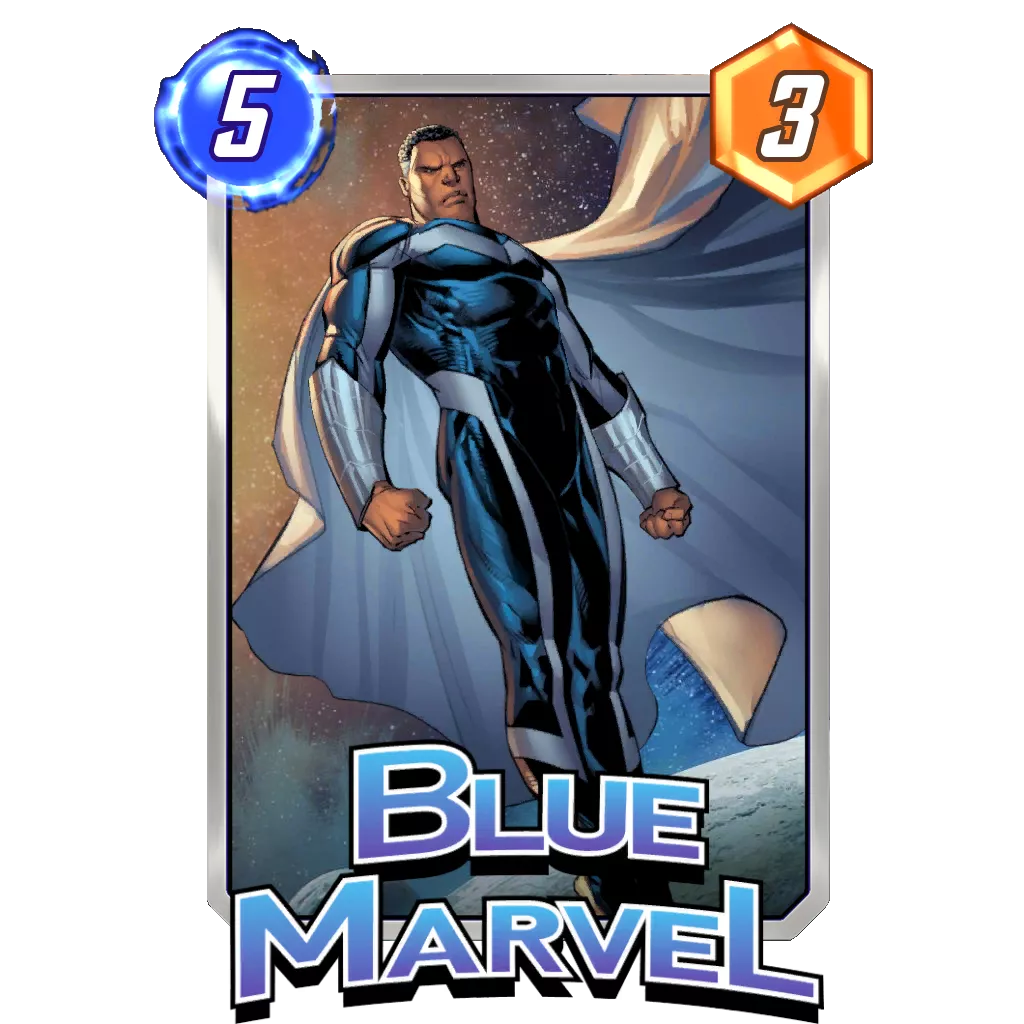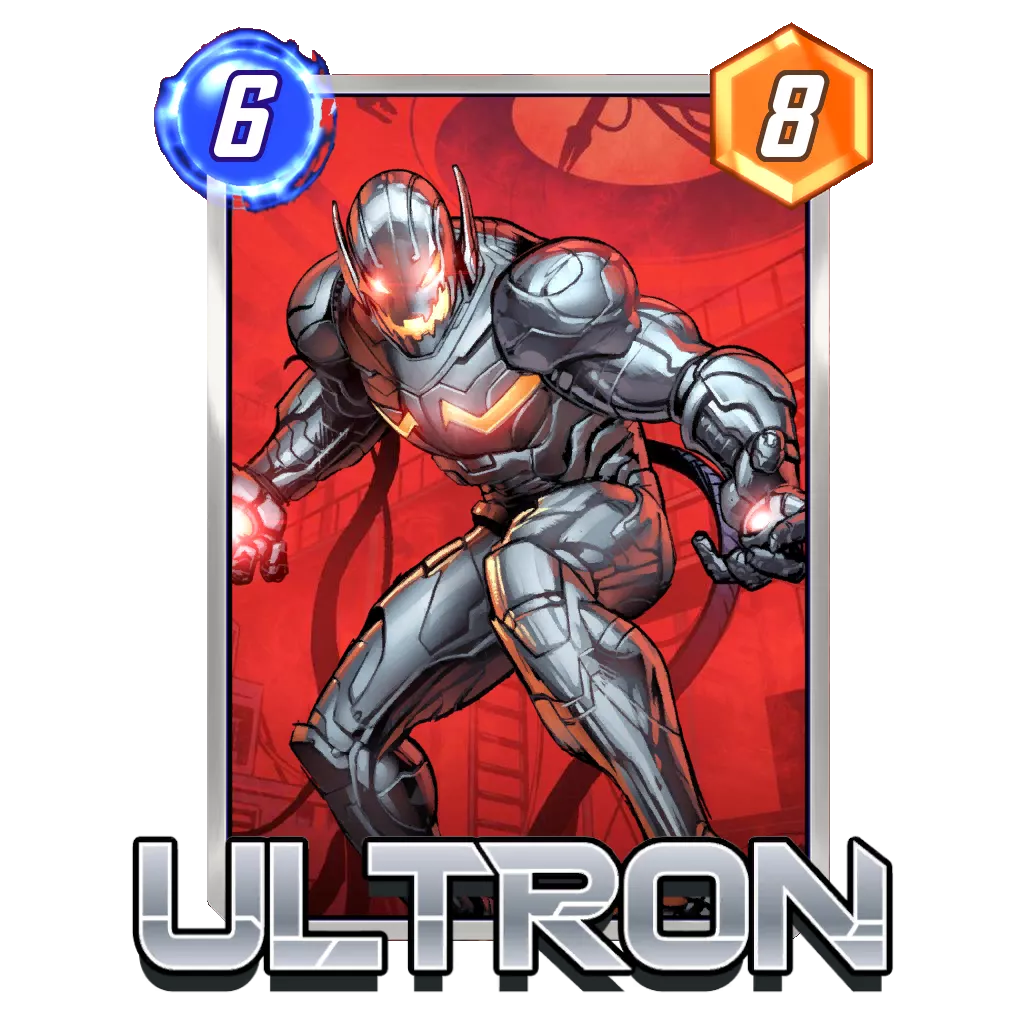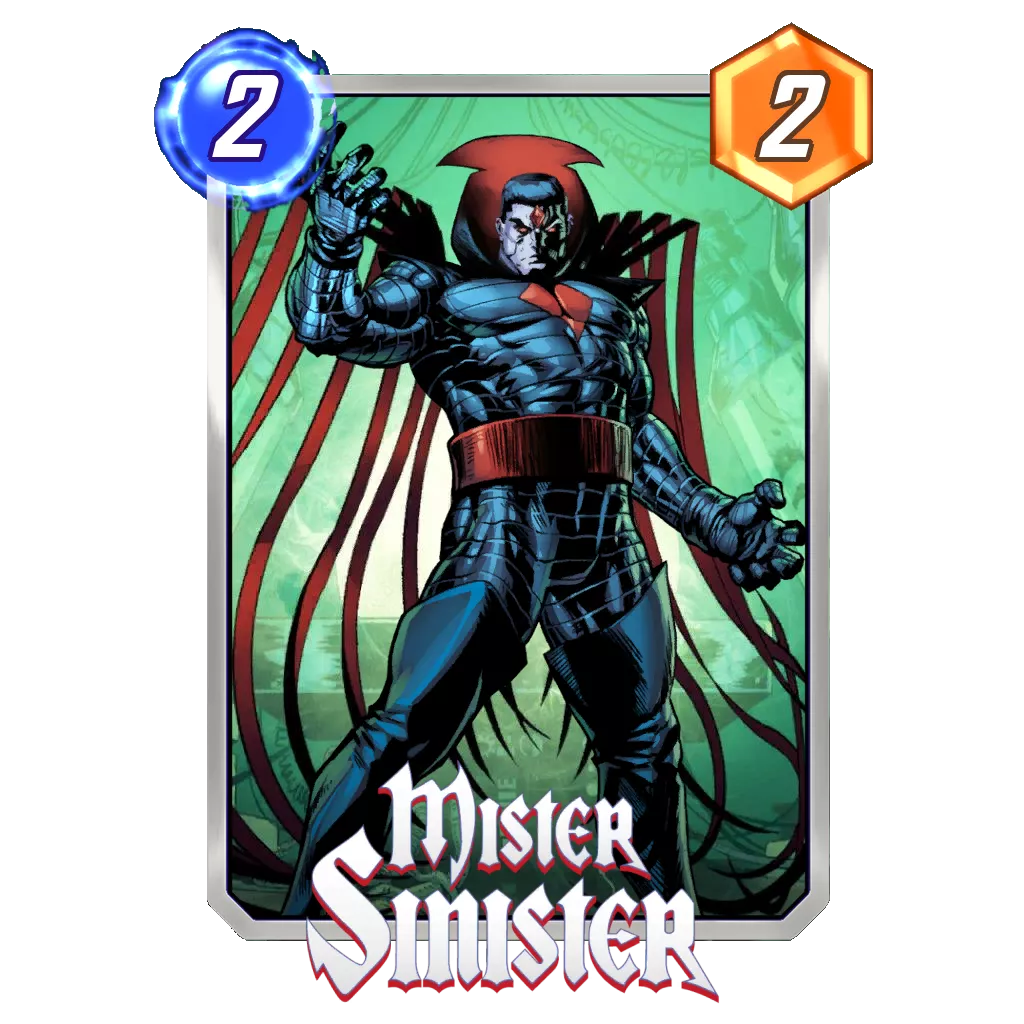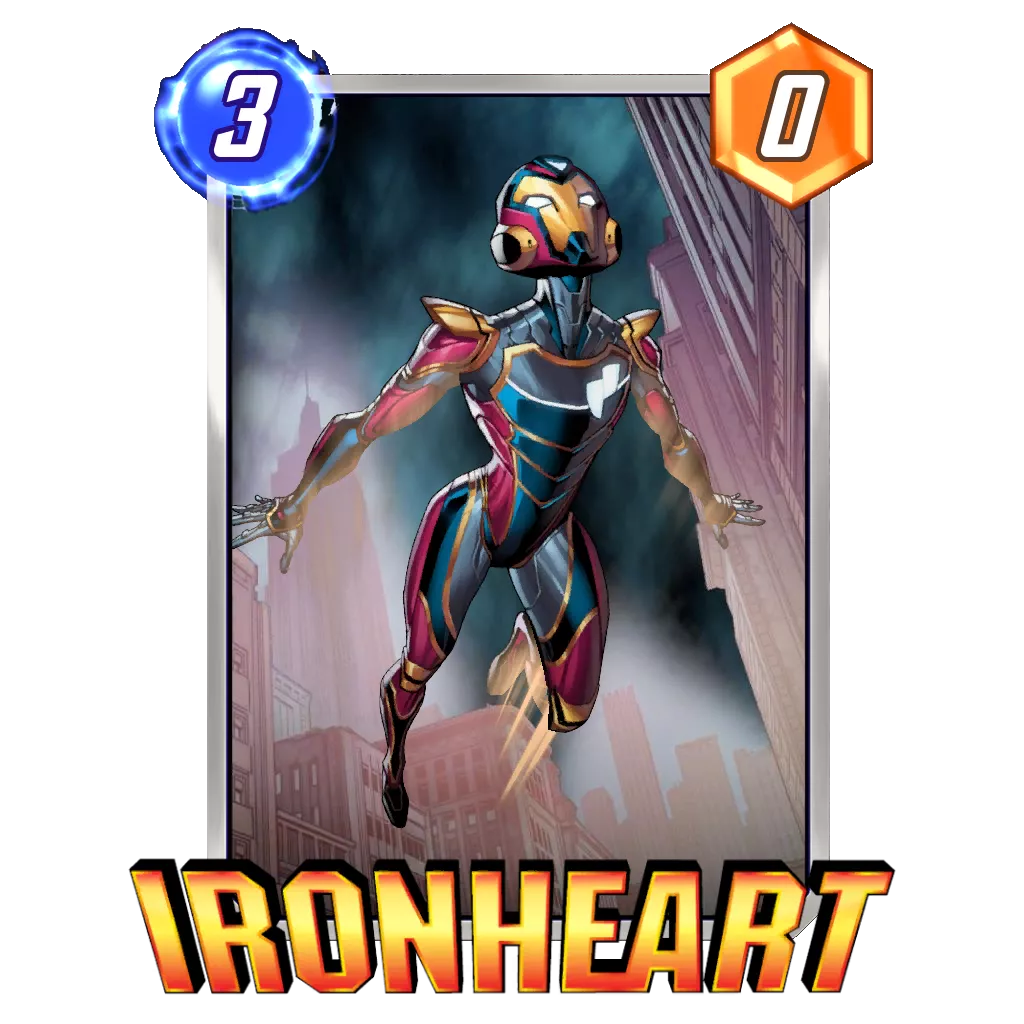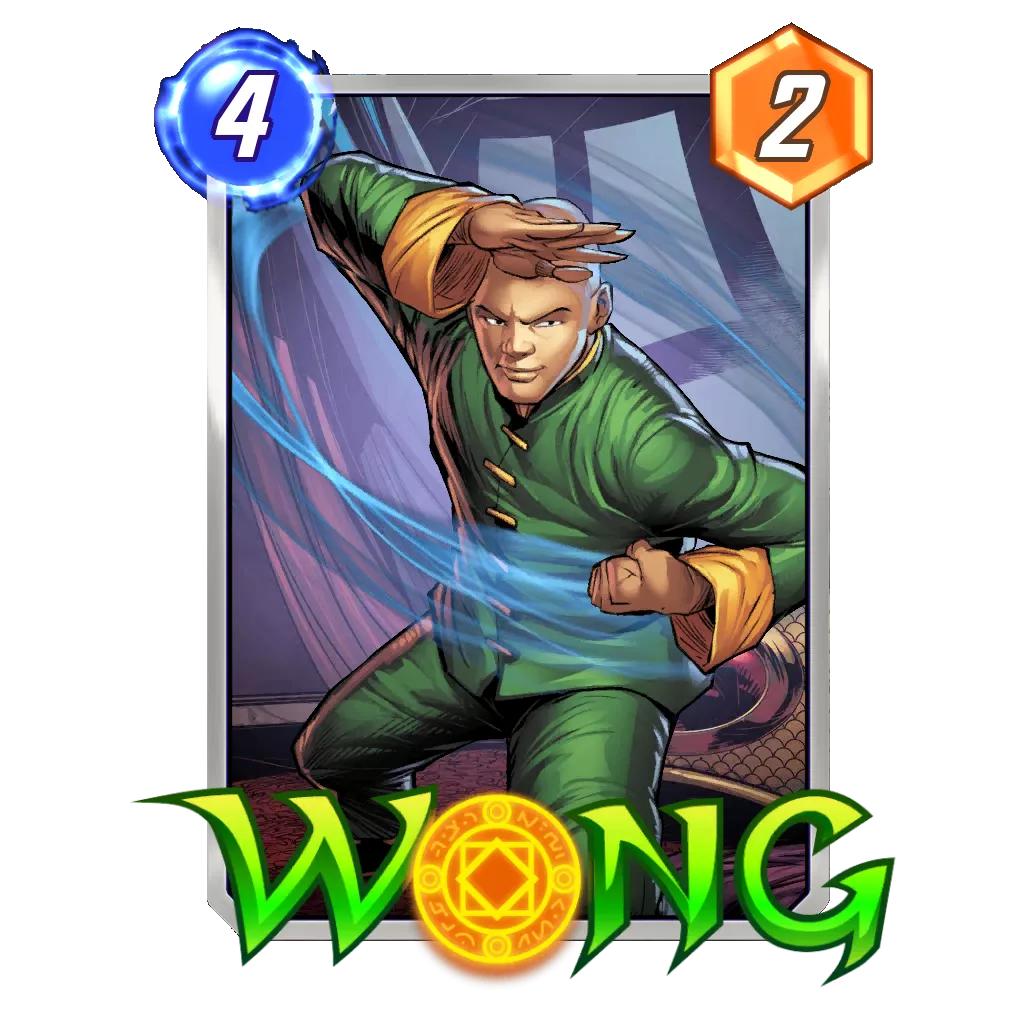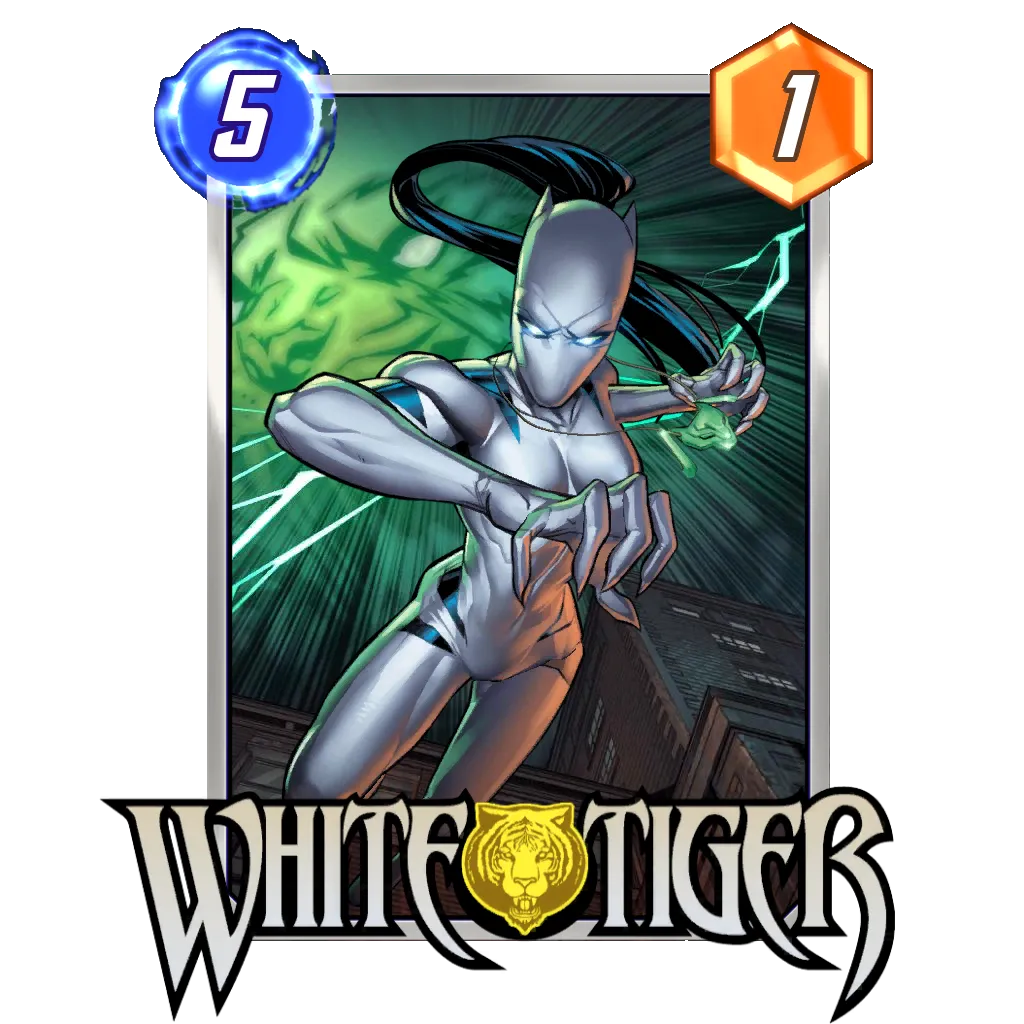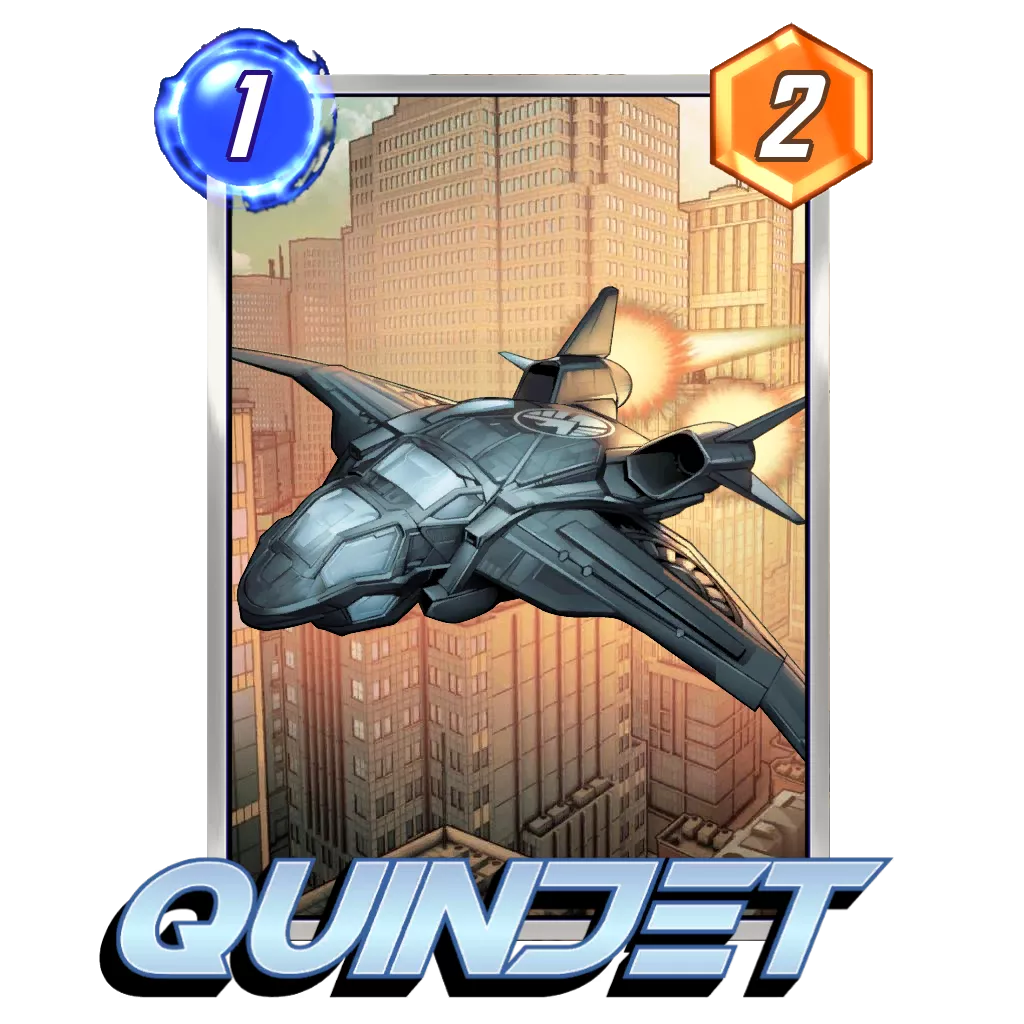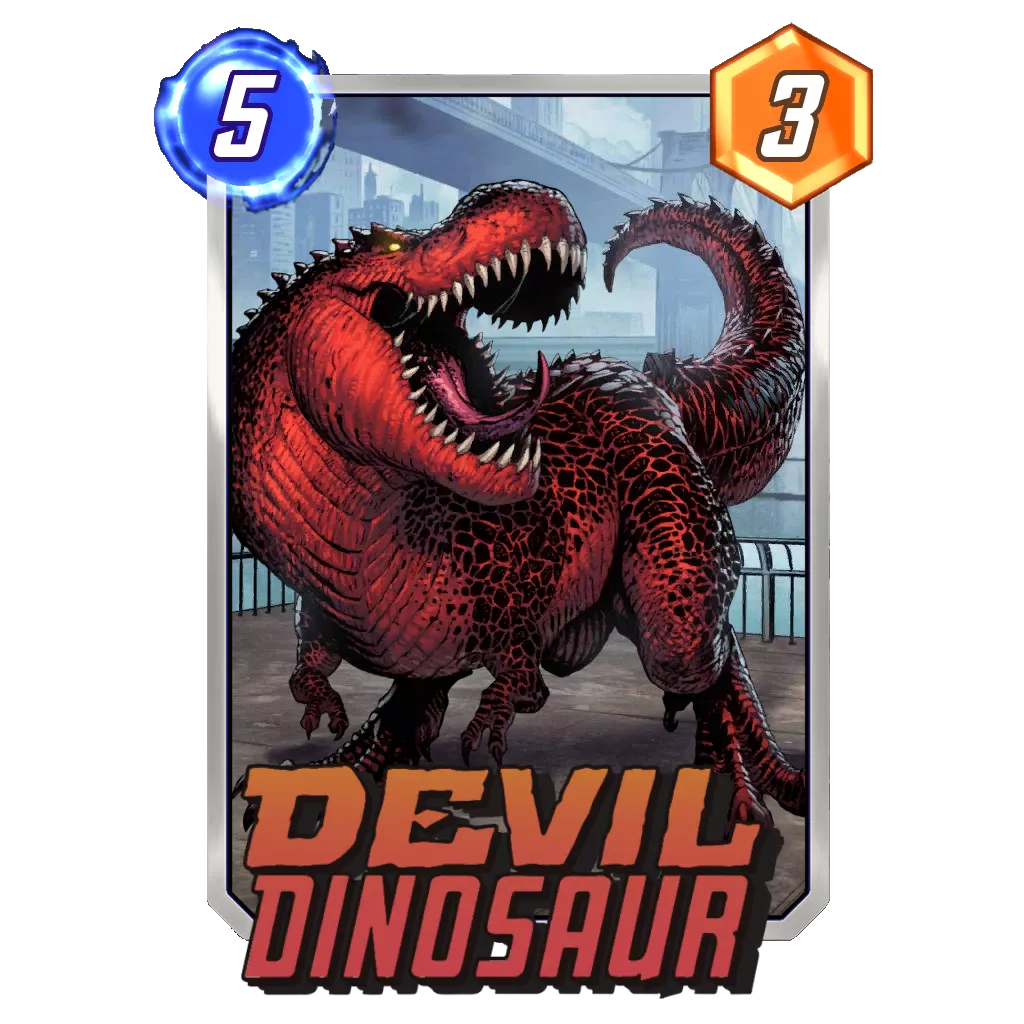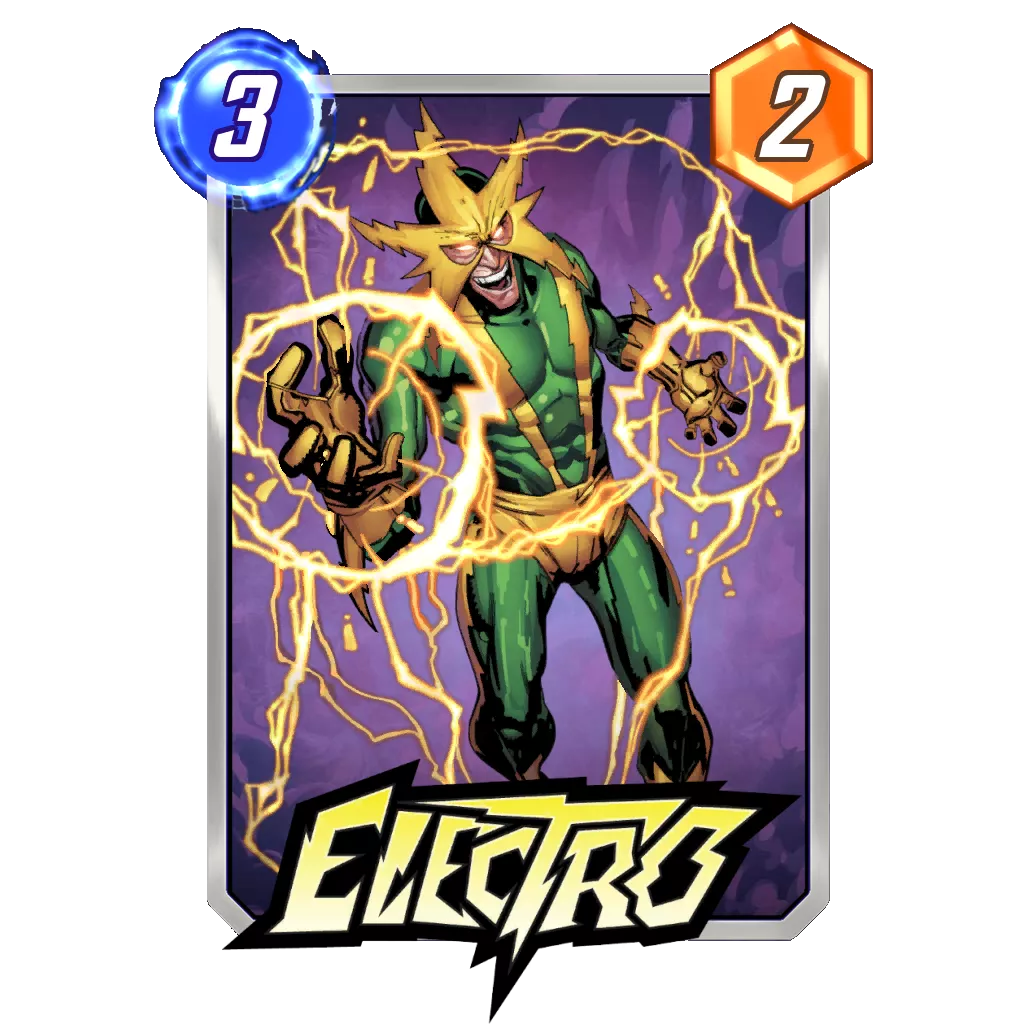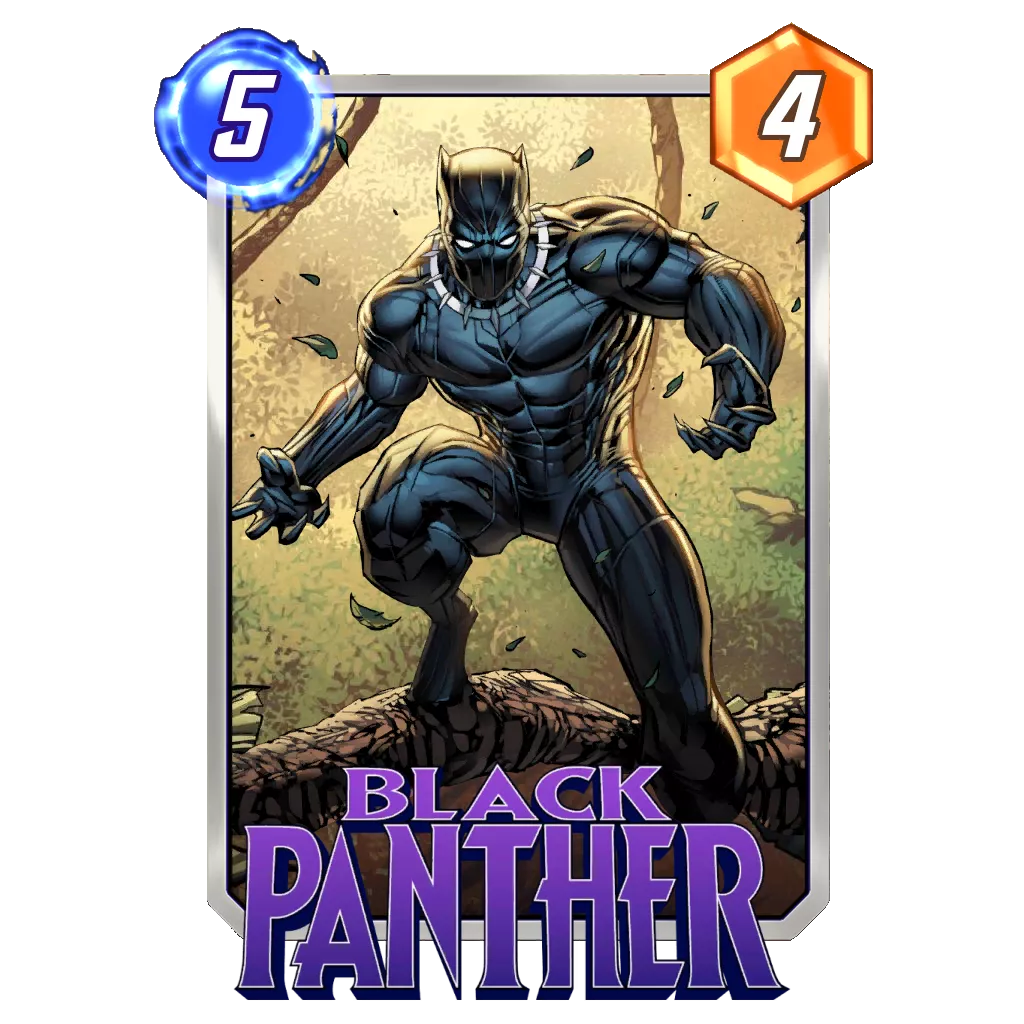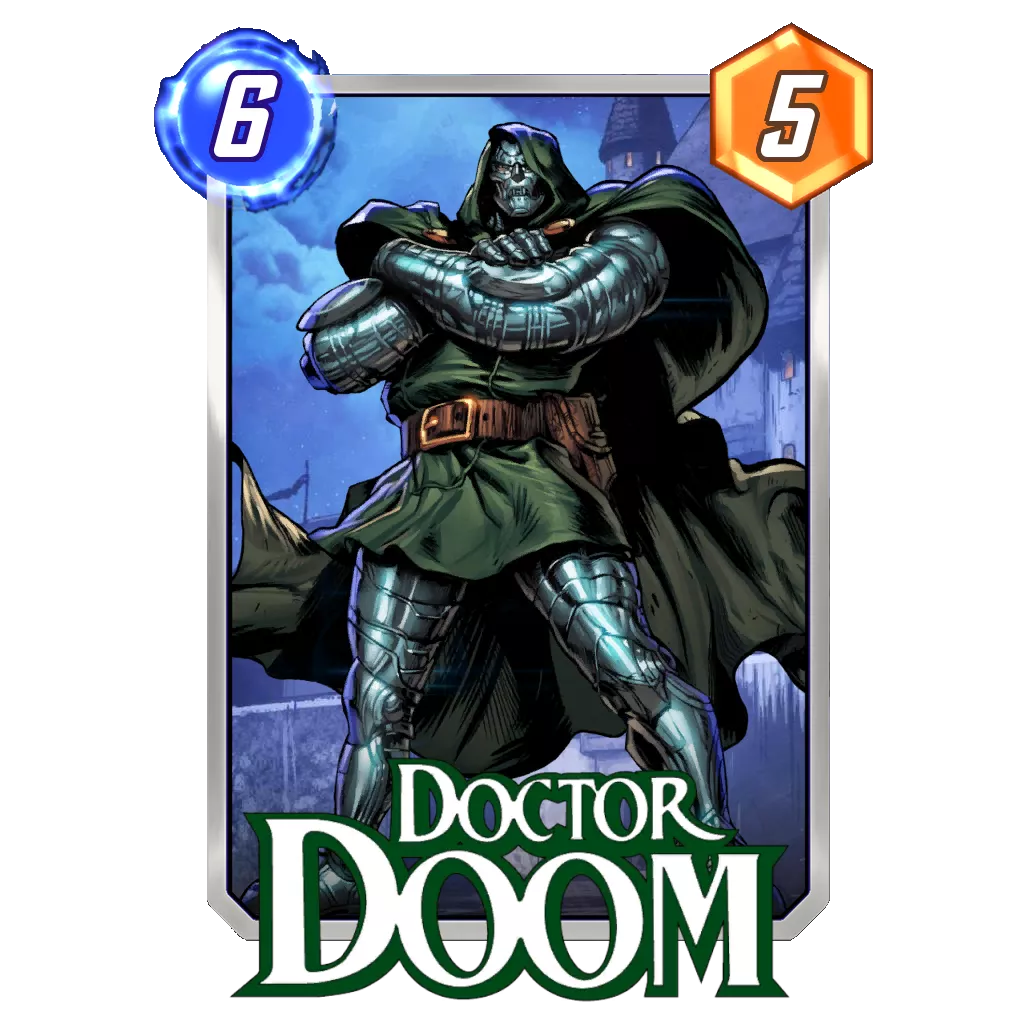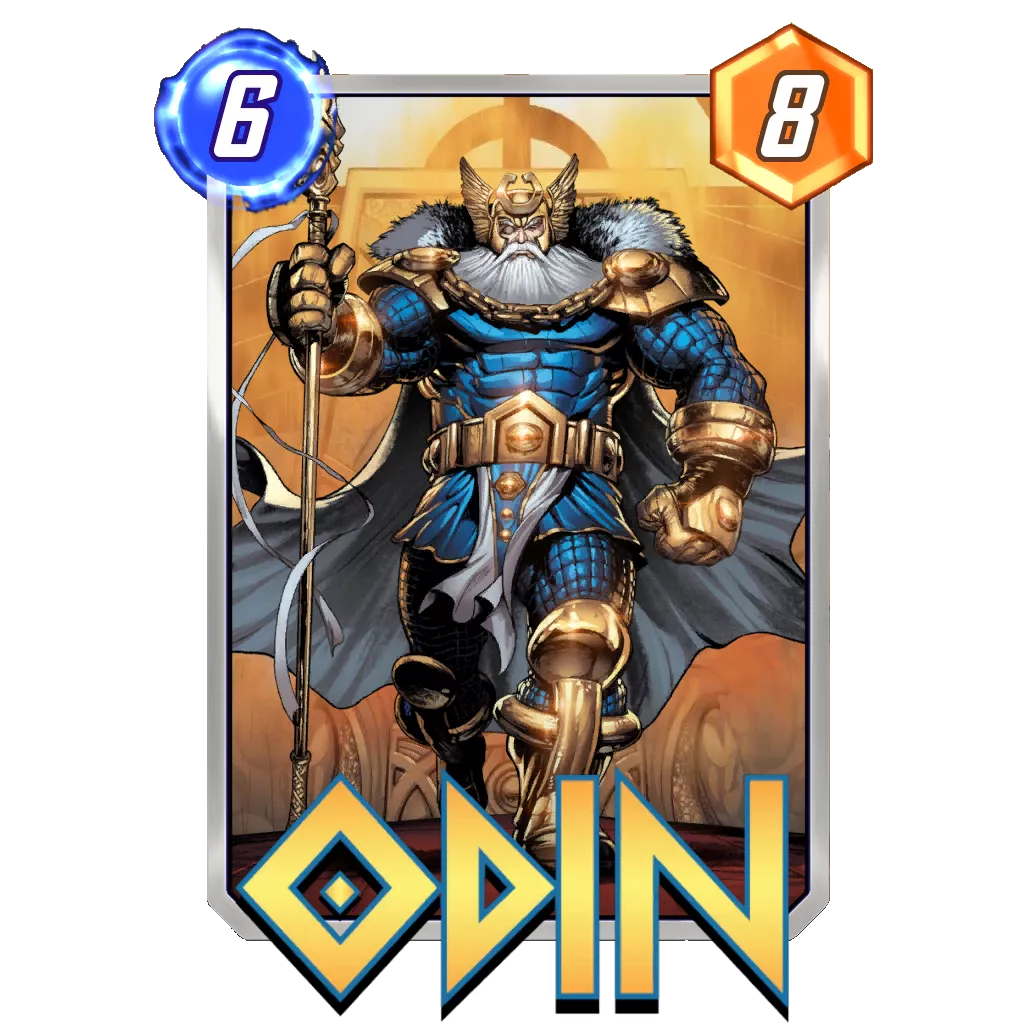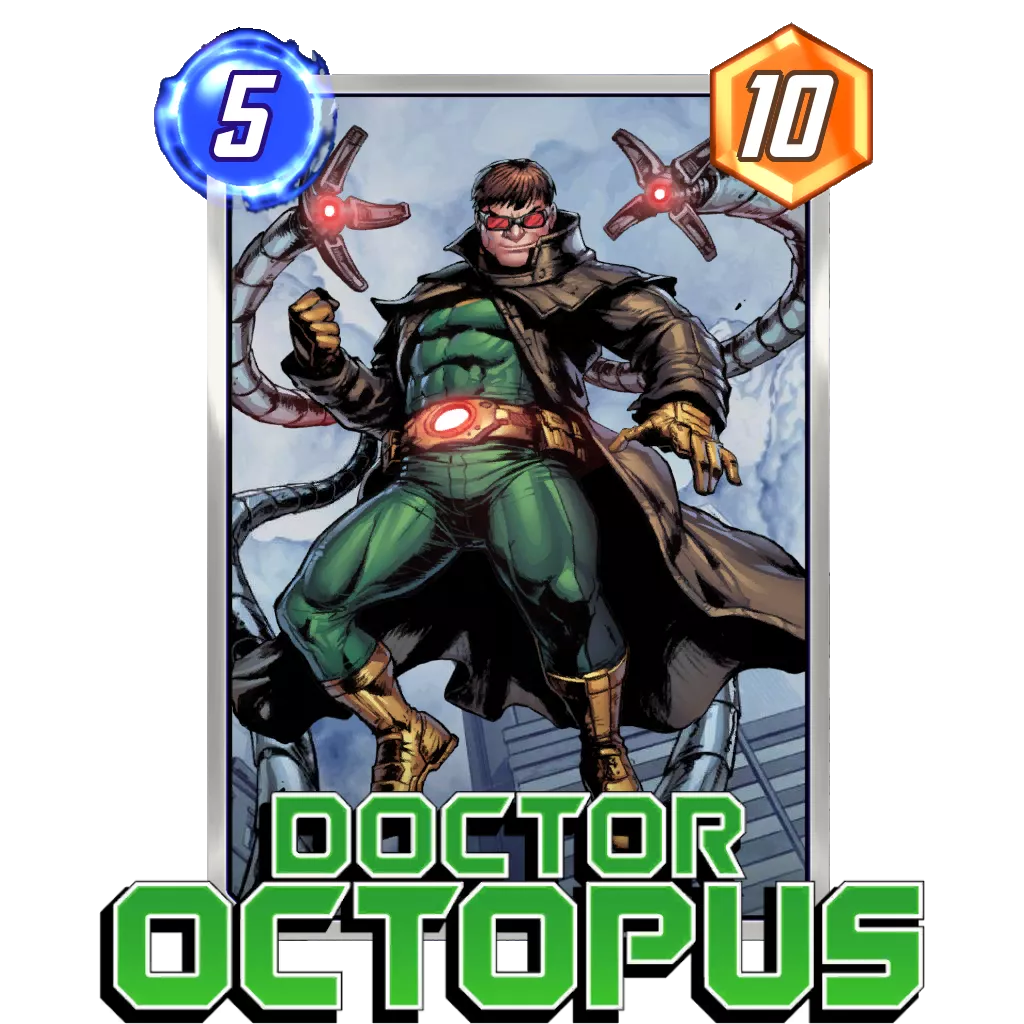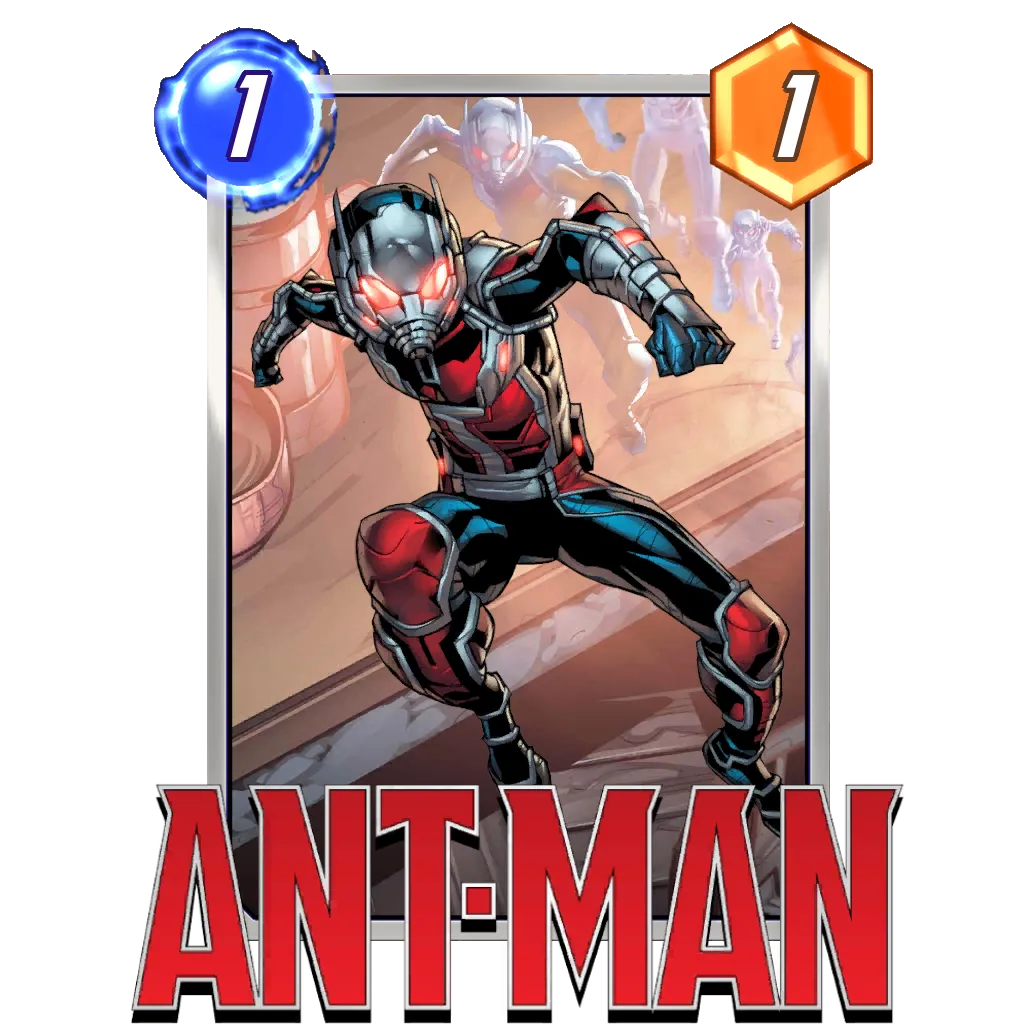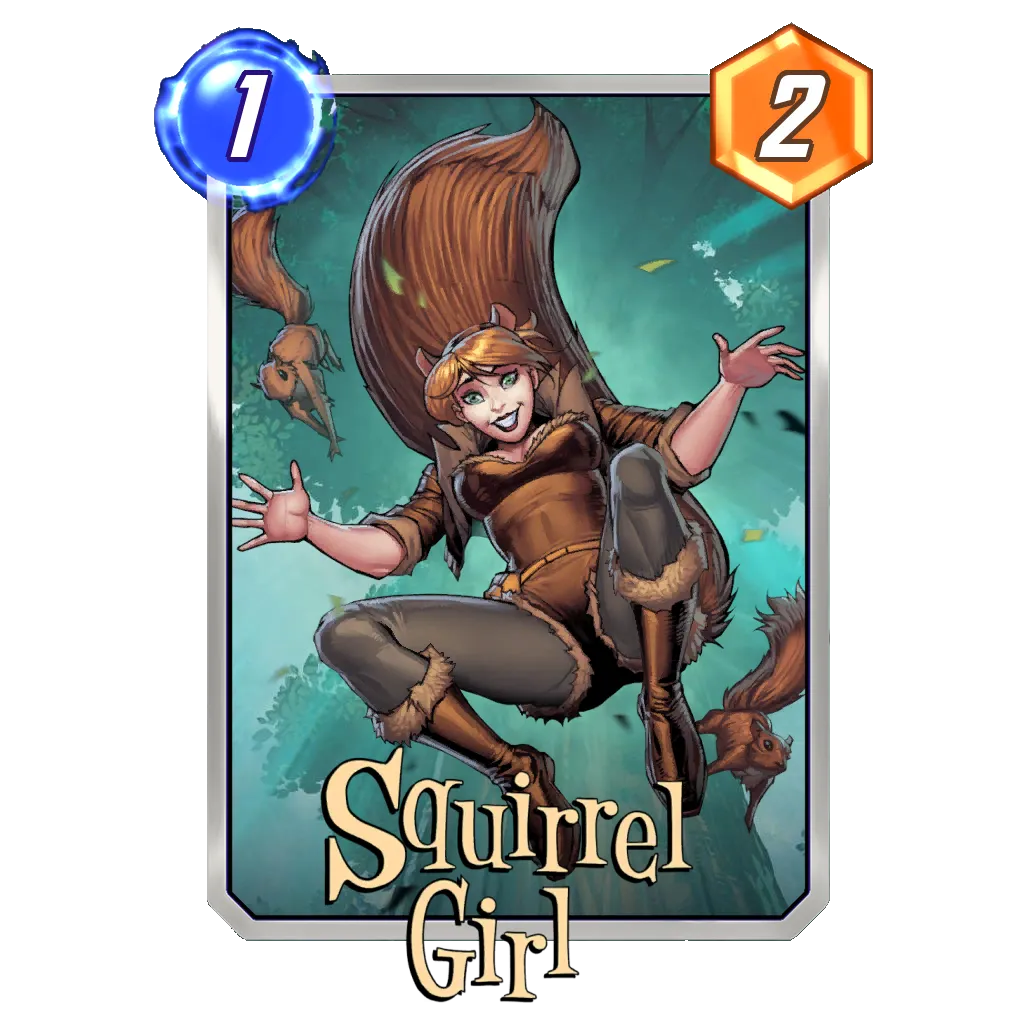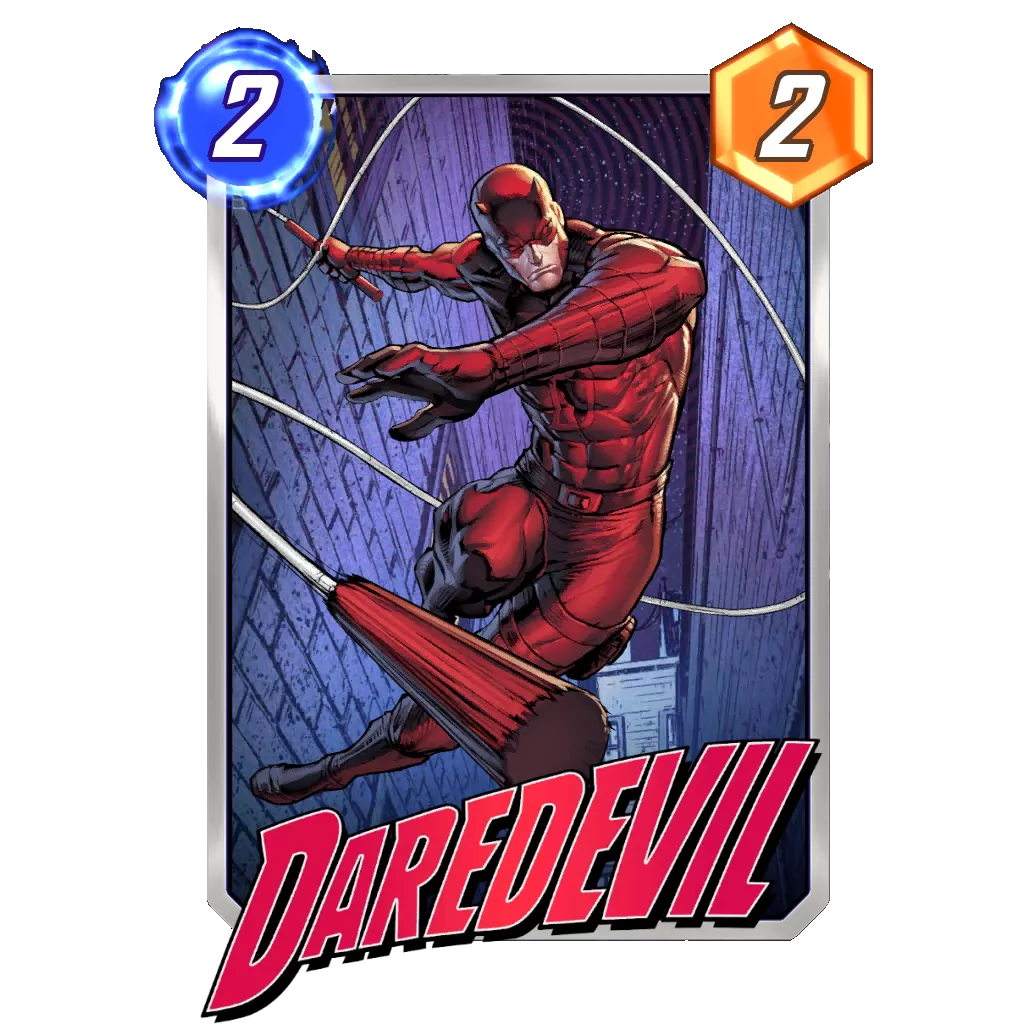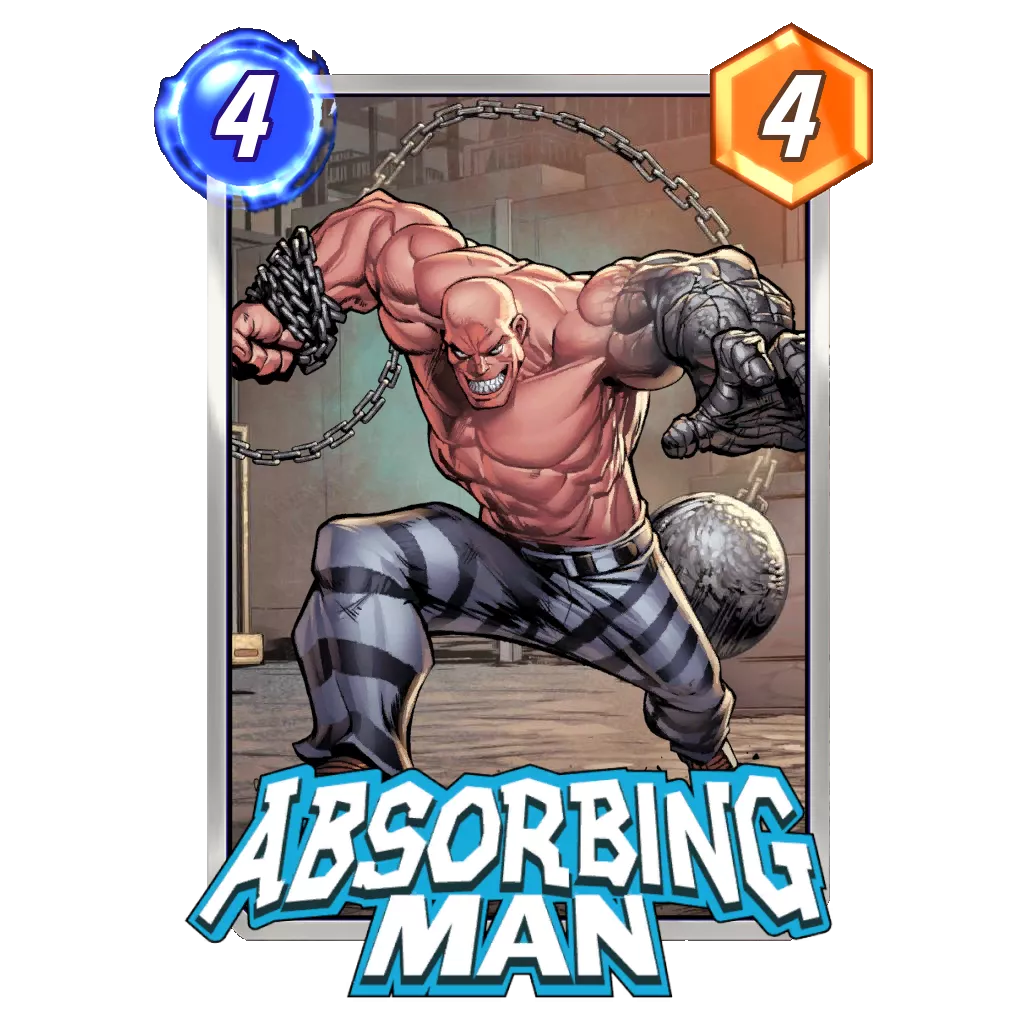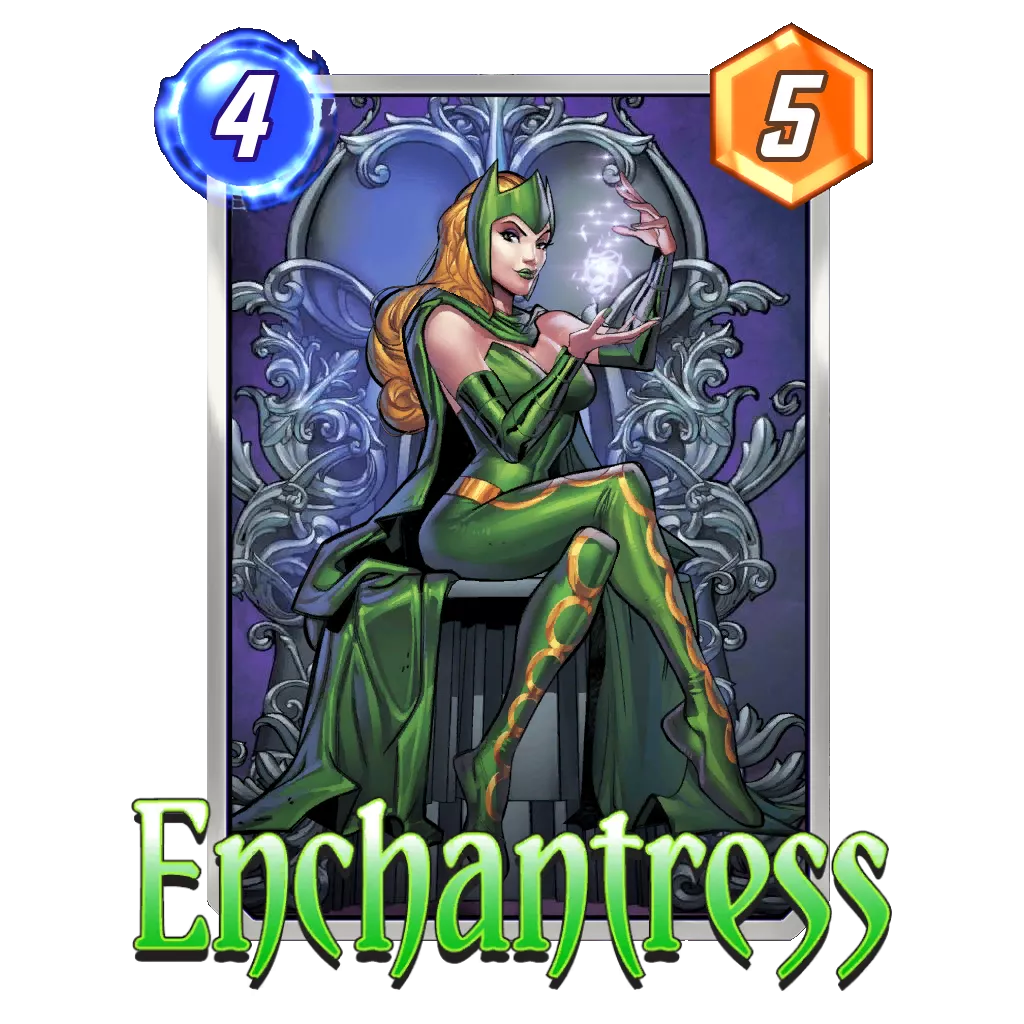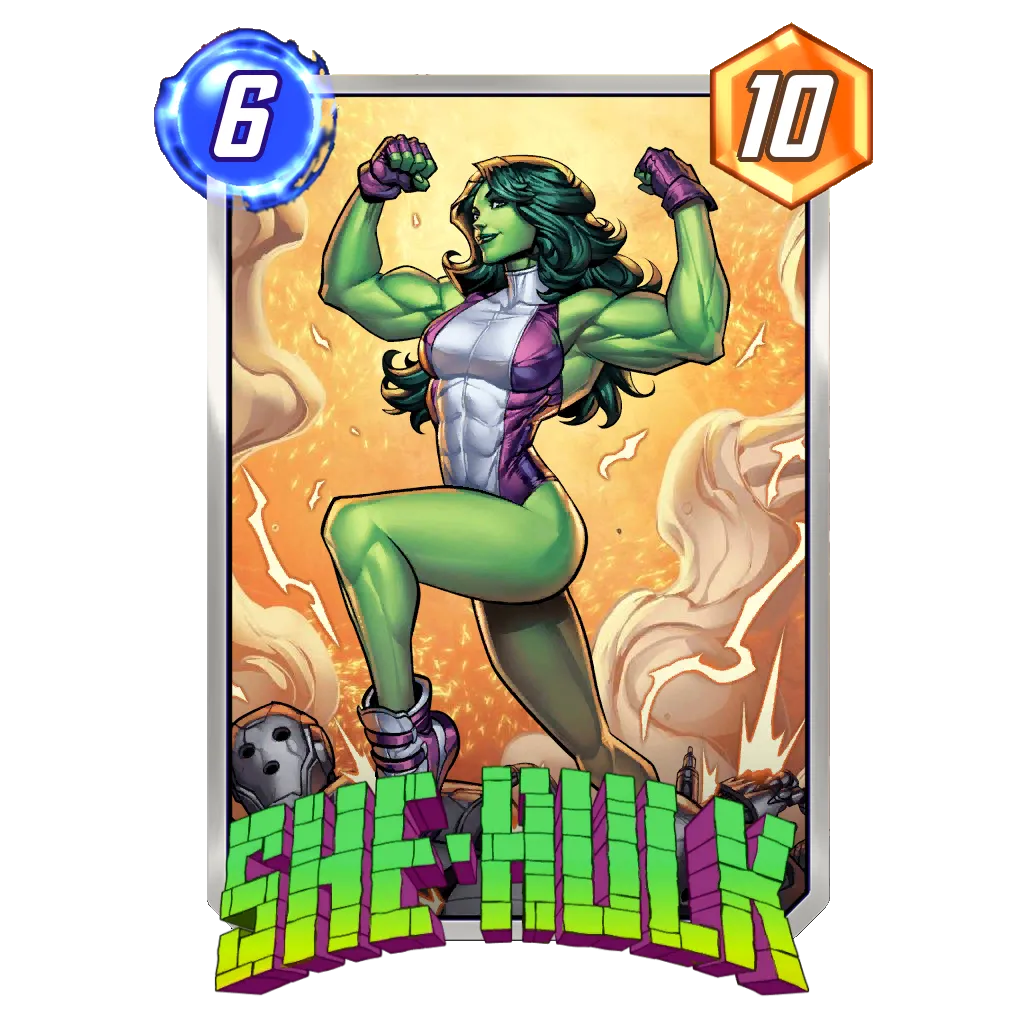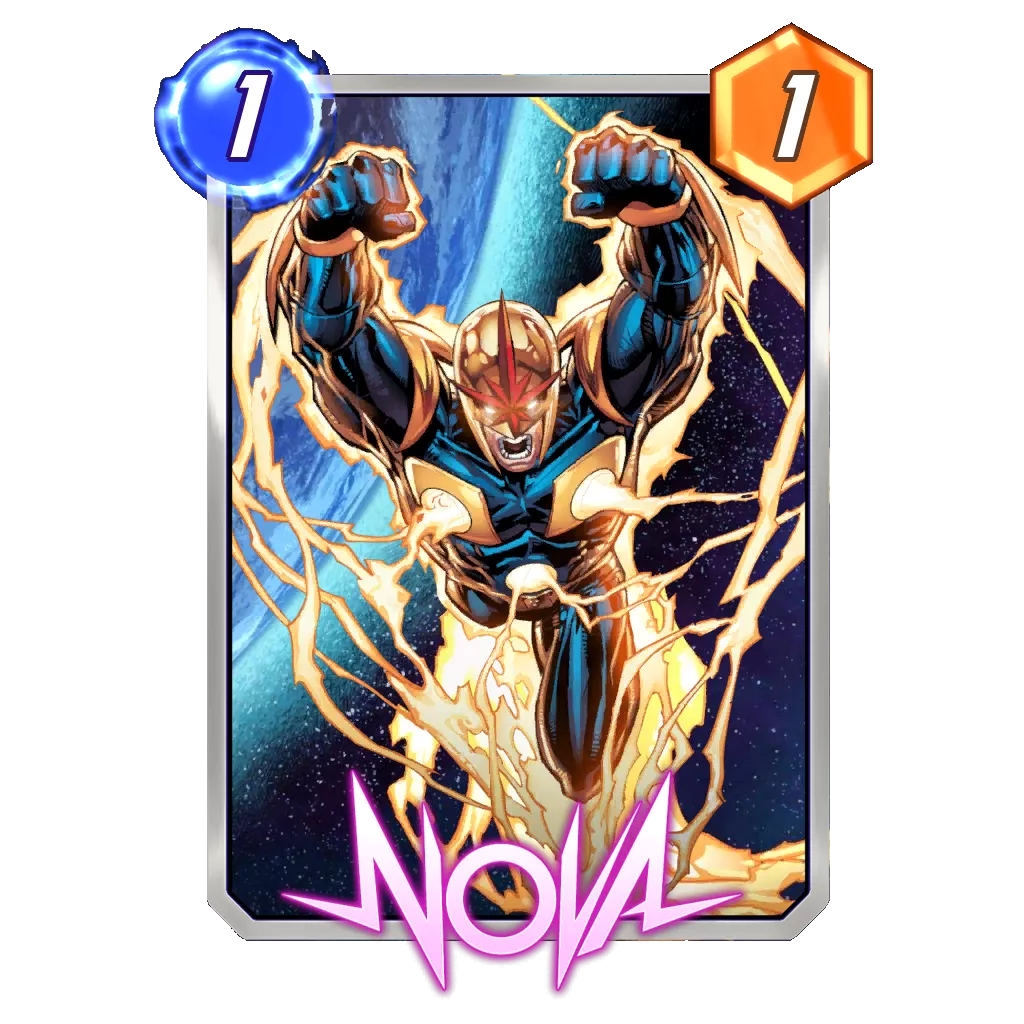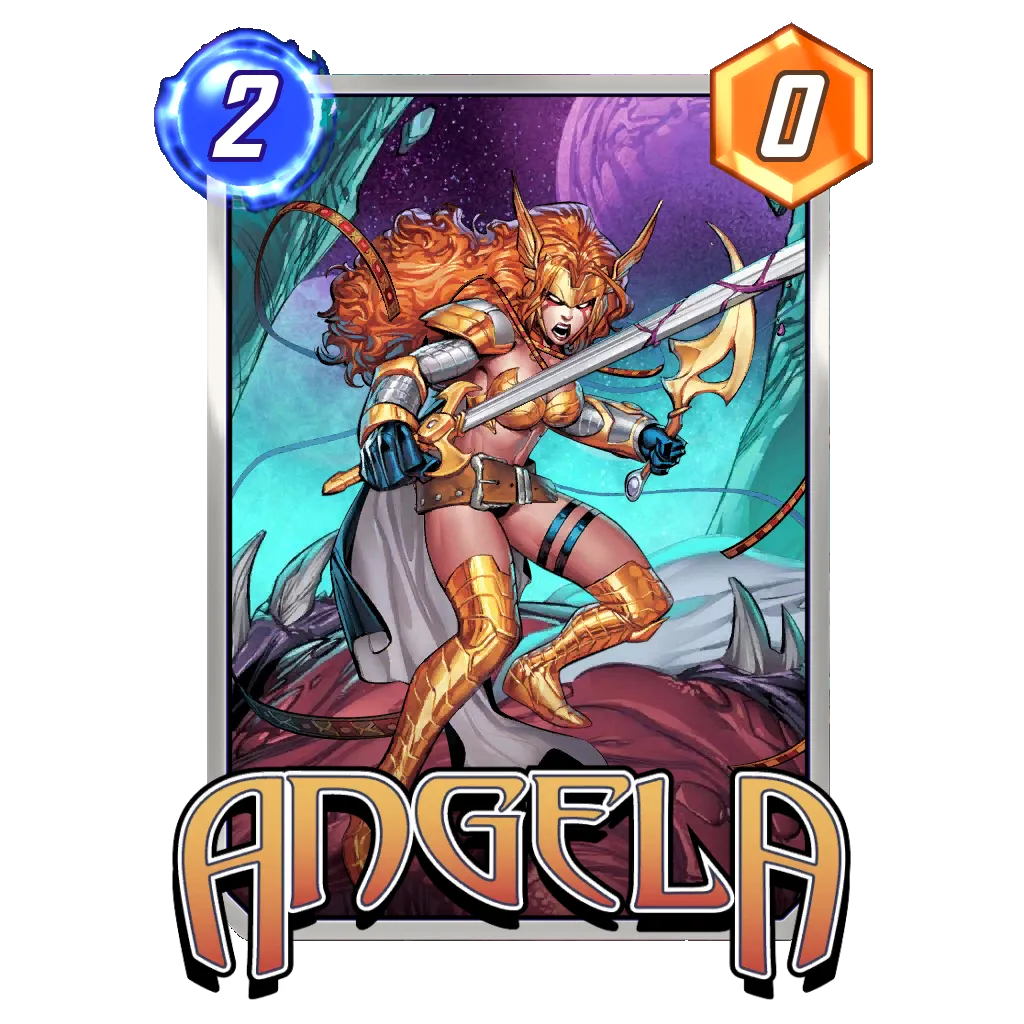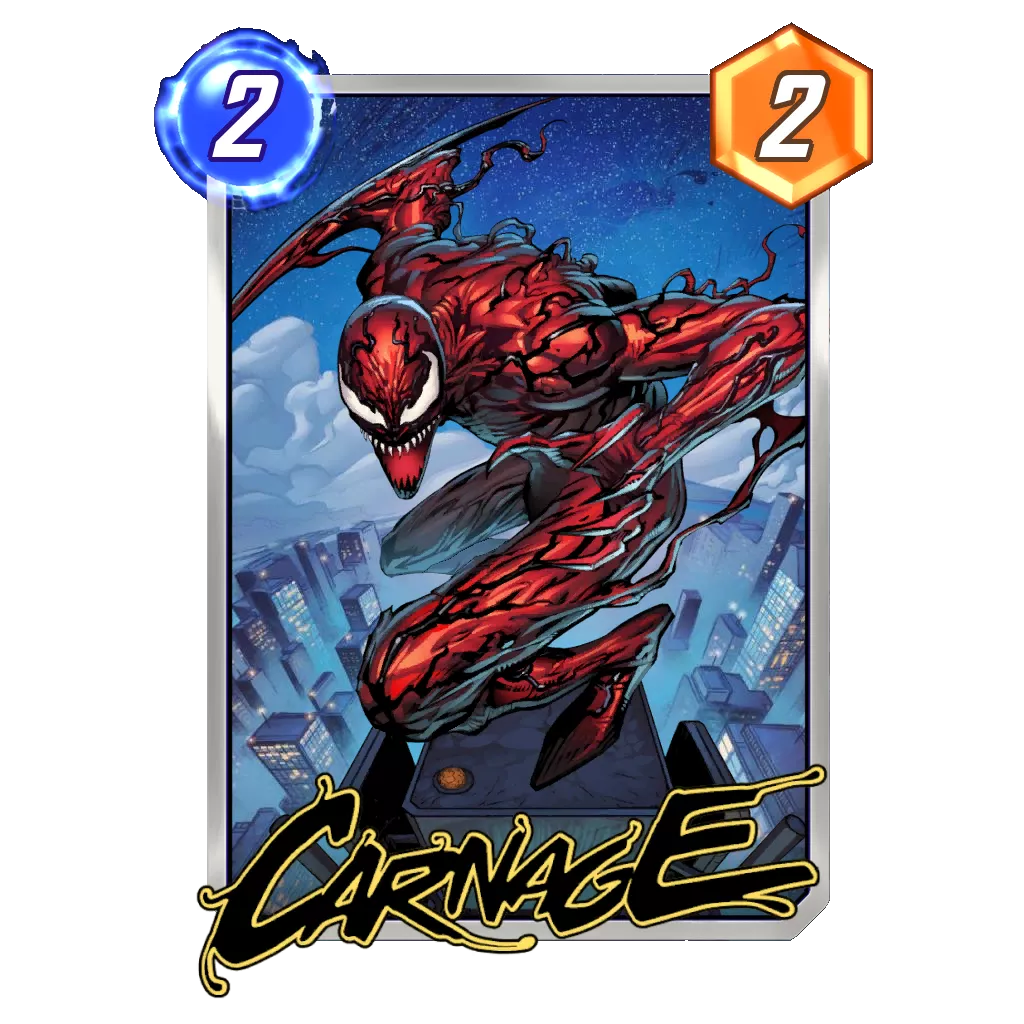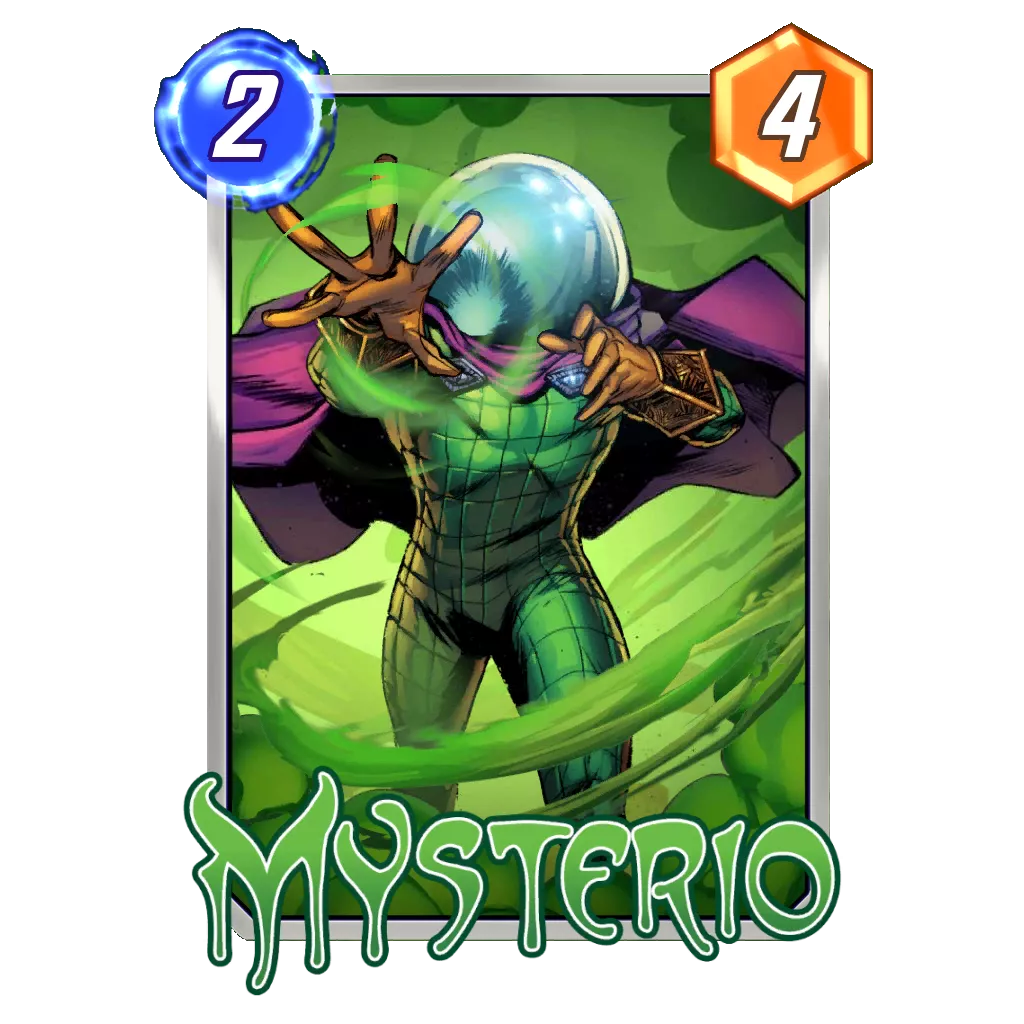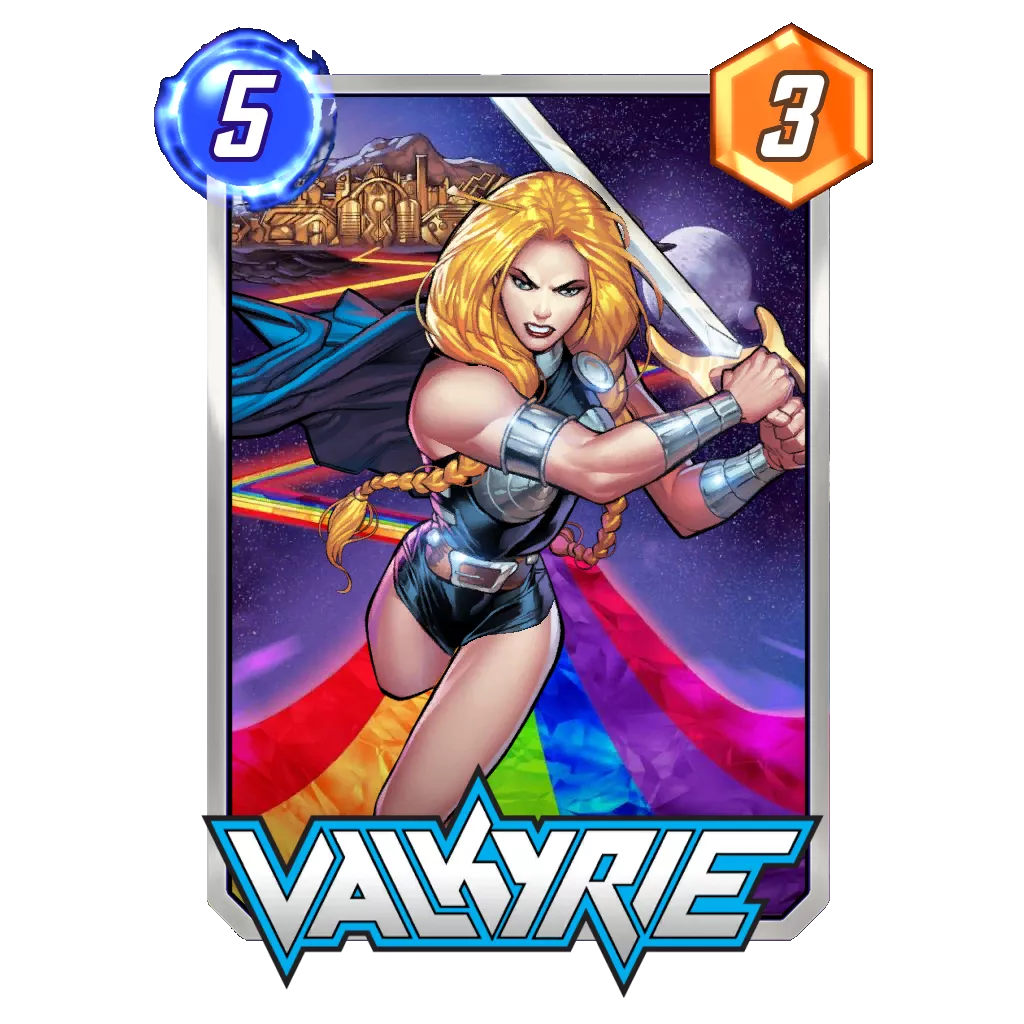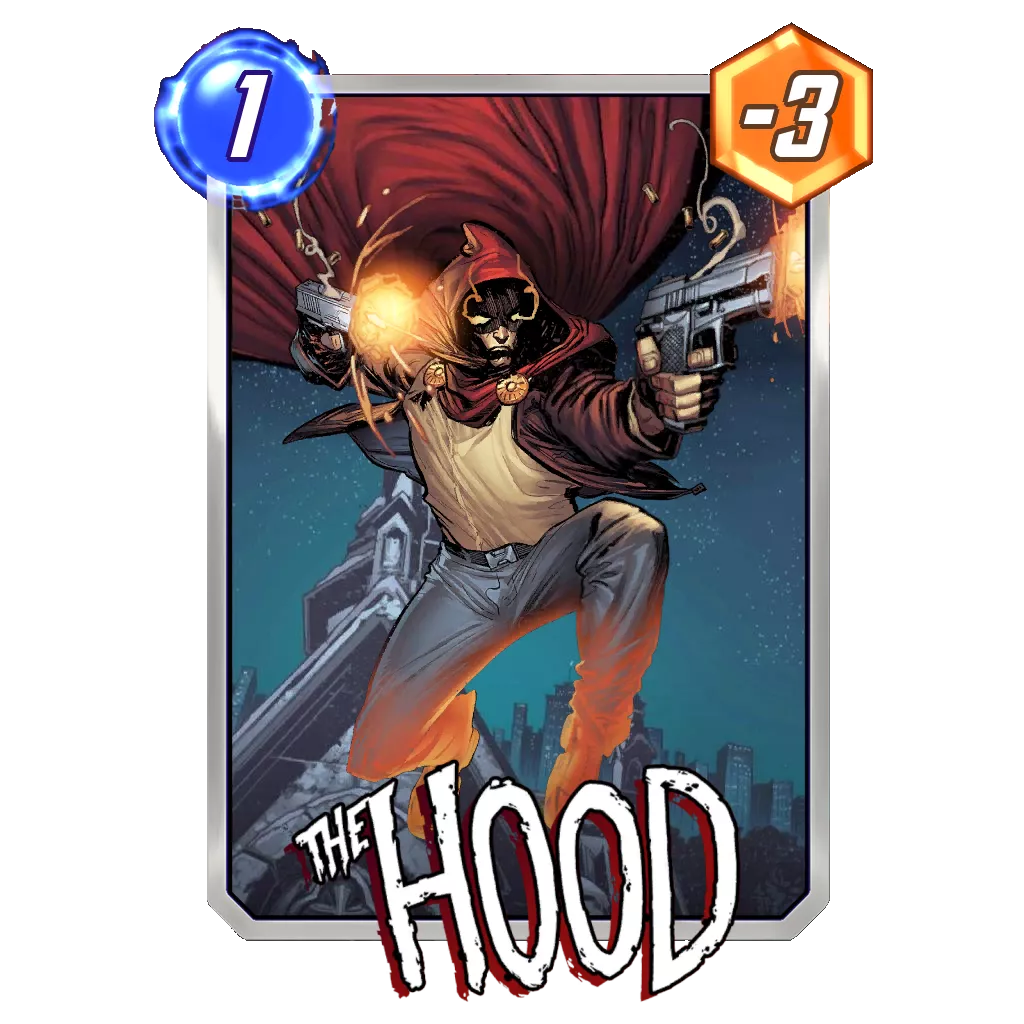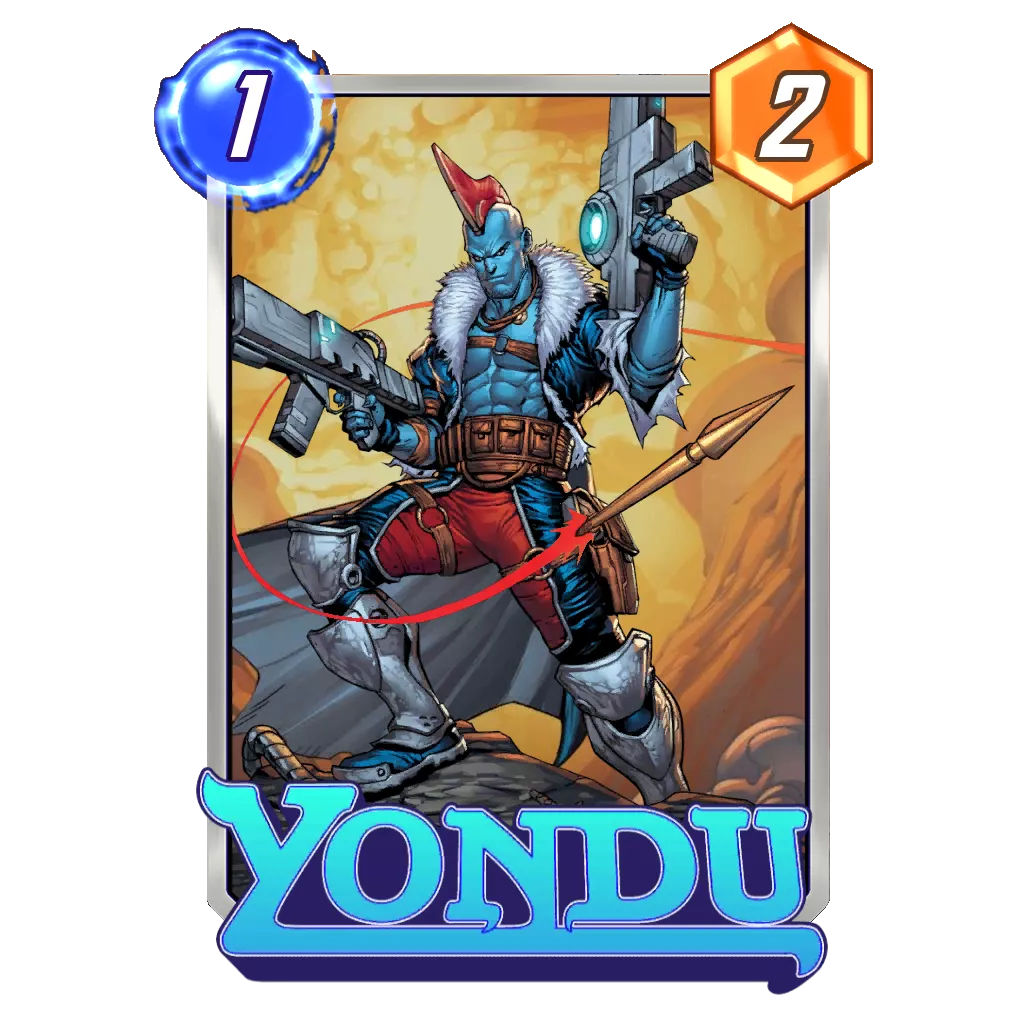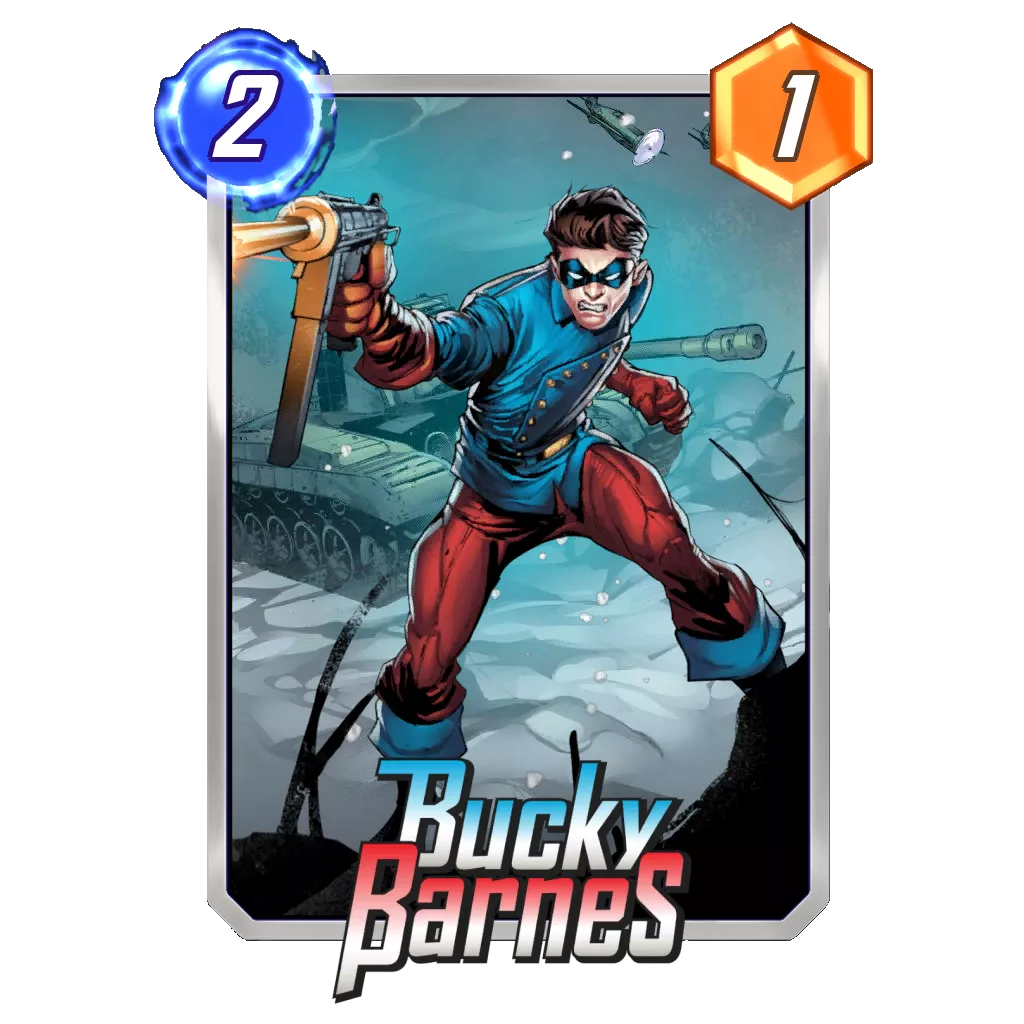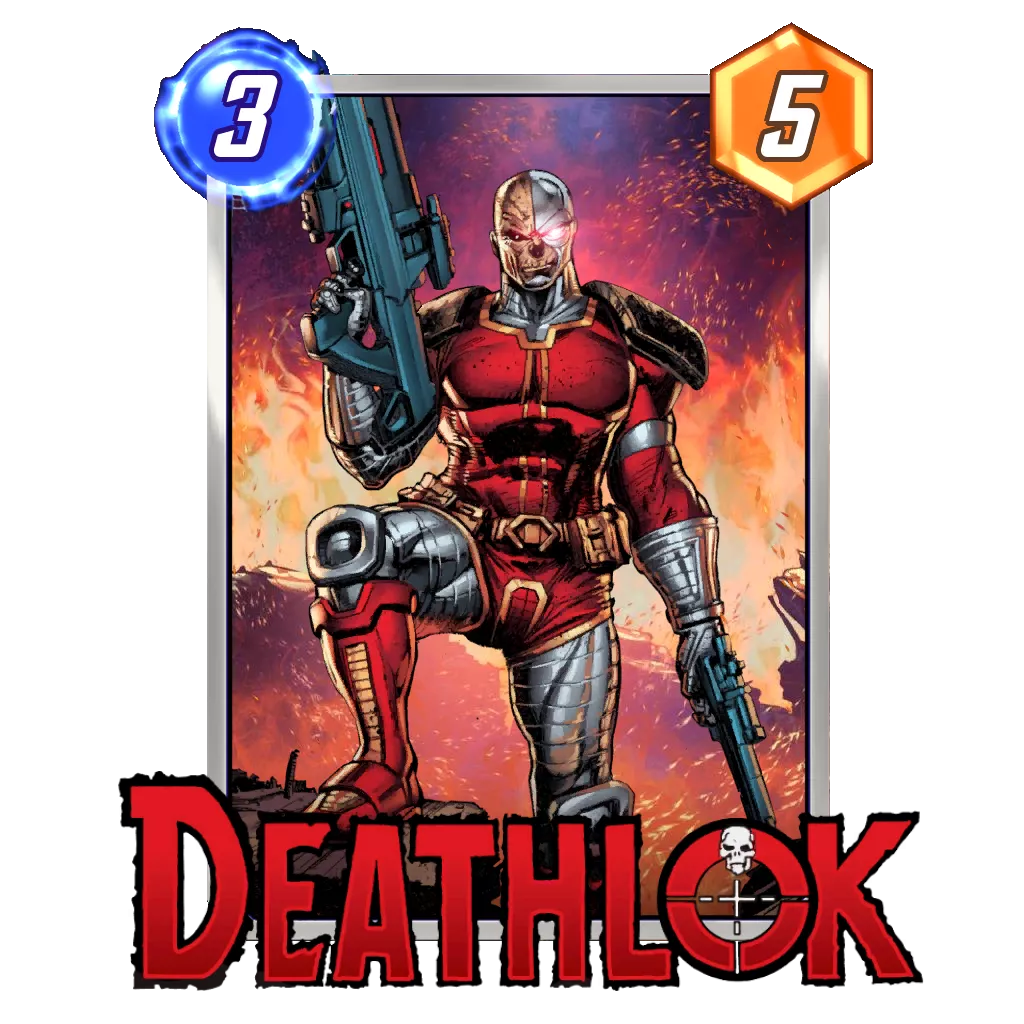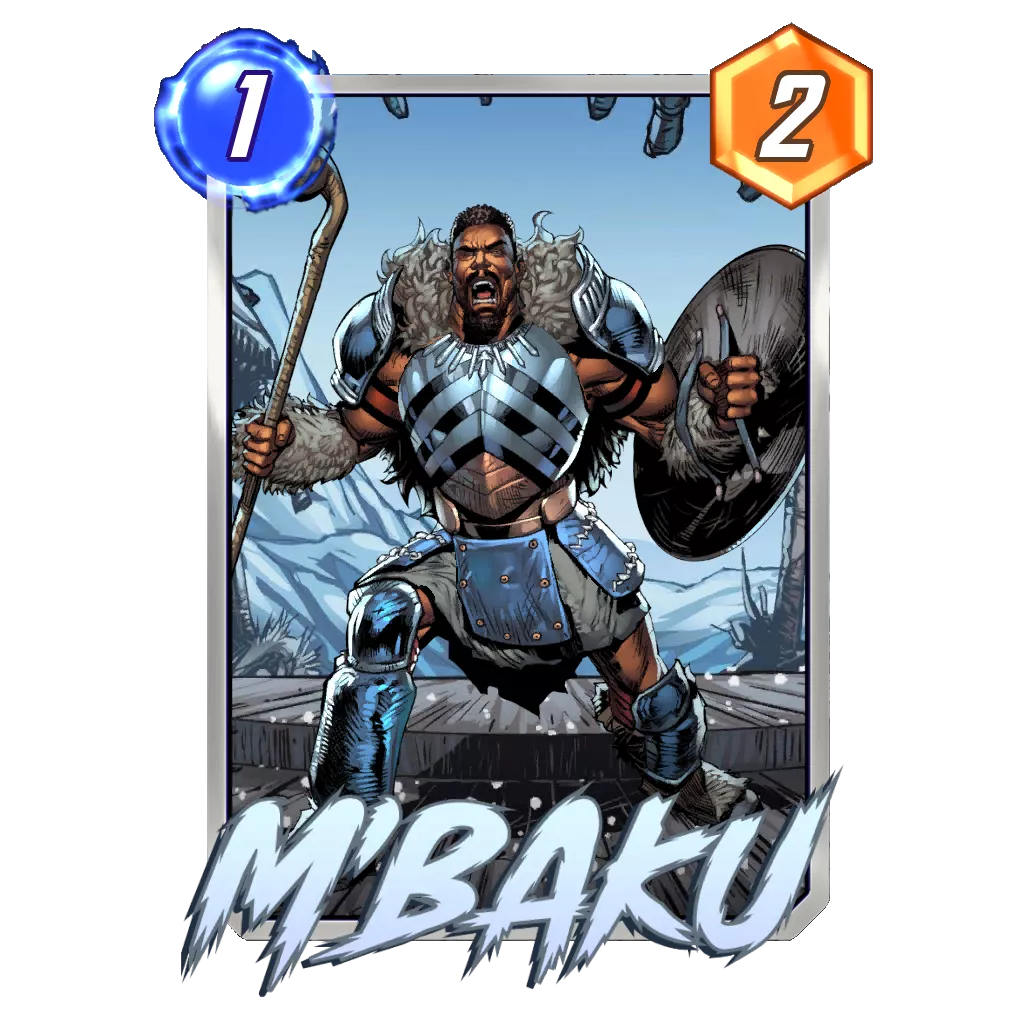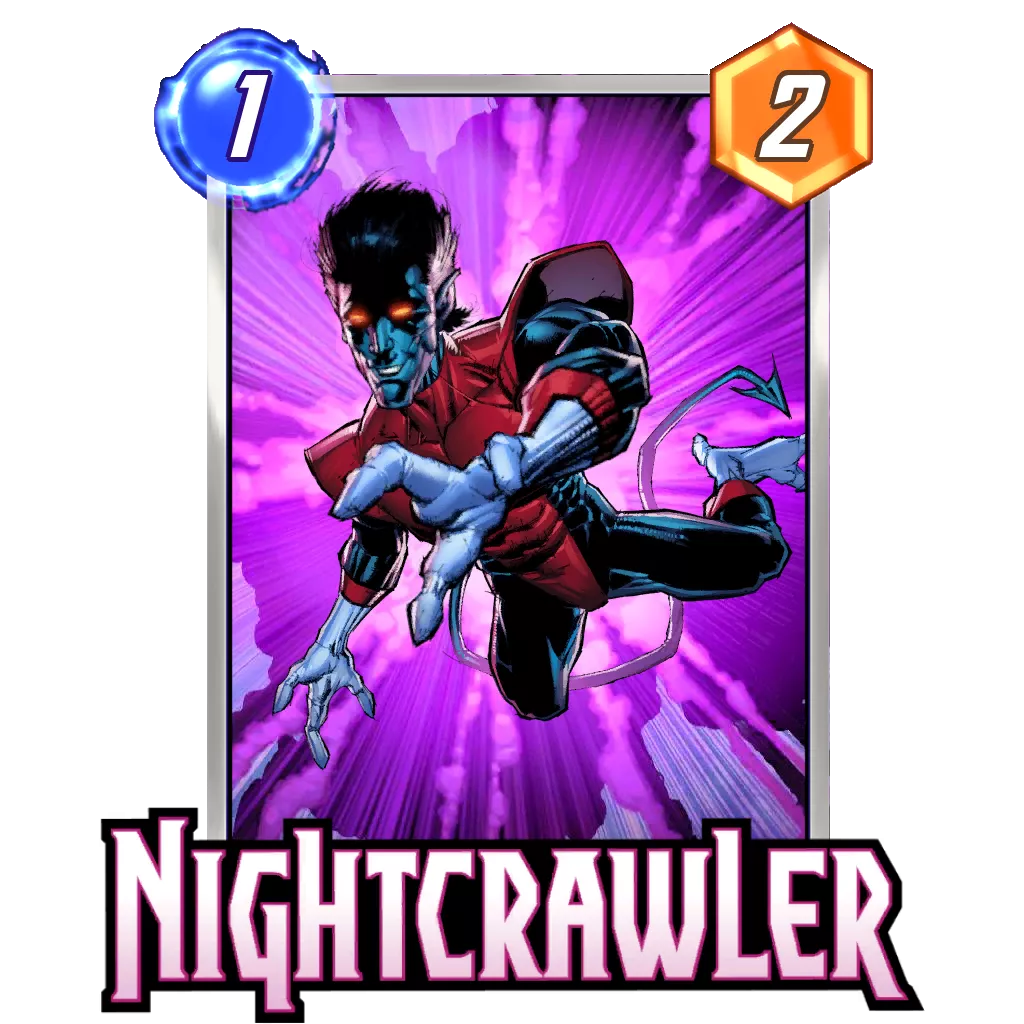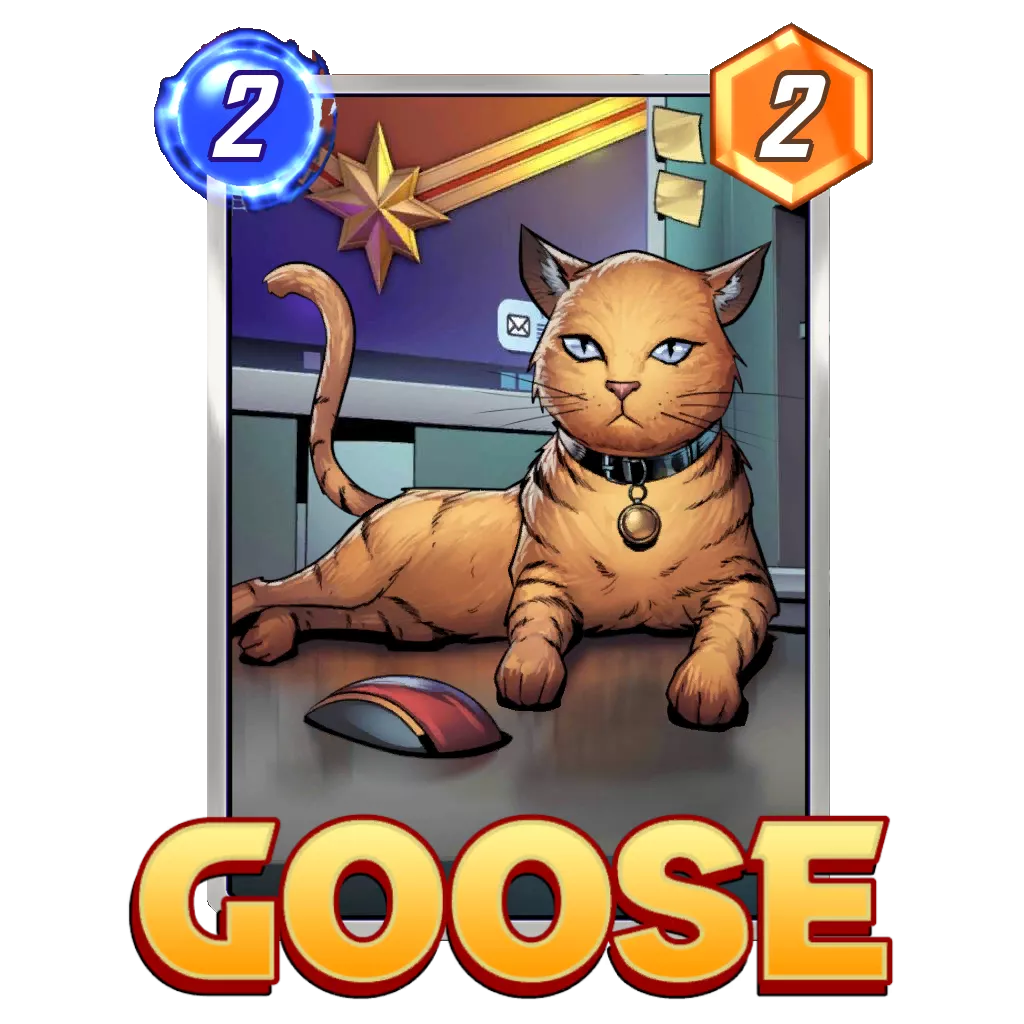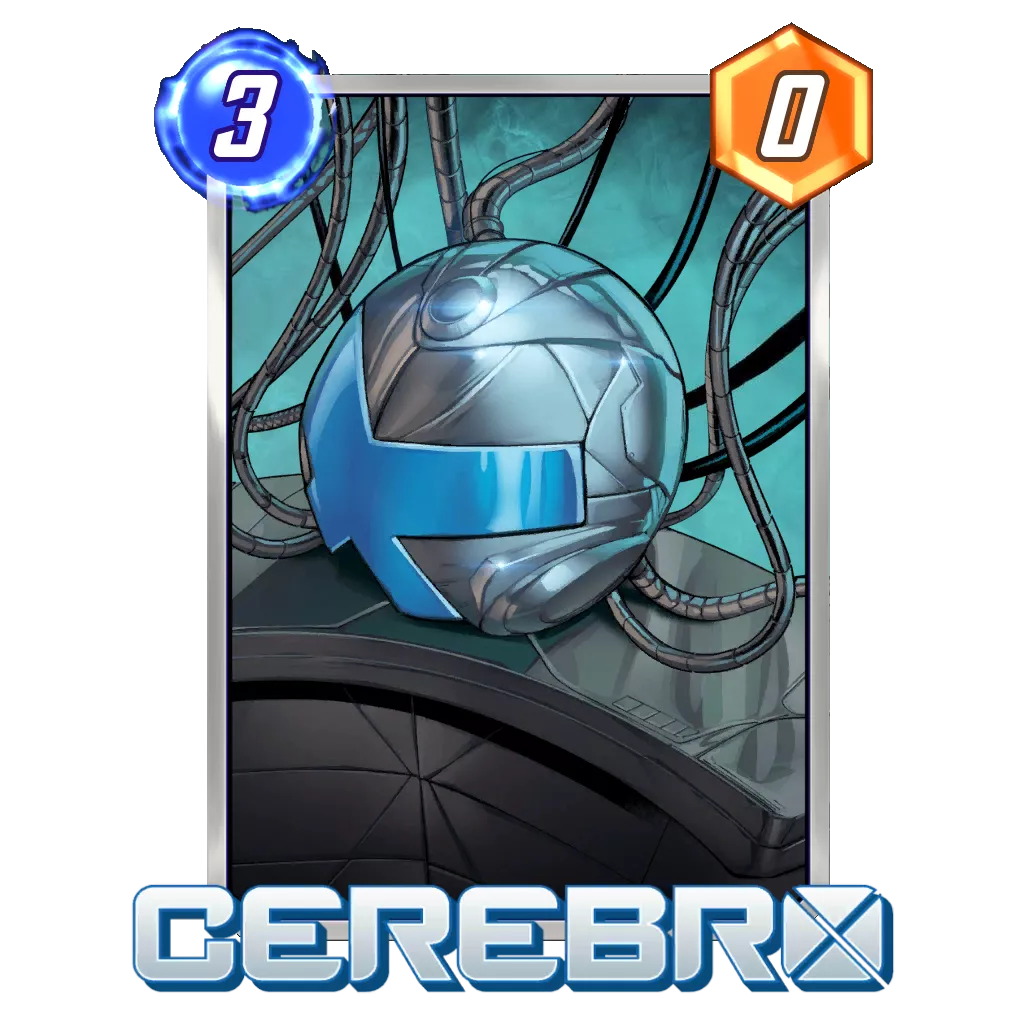Table of Contents
Another week has passed in the Marvel Snap universe, and once again, a lot of things happened regarding our rankings. The biggest shakeups this week are the fall of Seracle Surfer from the top of the pyramid, as Shuri Zero is now atop the rankings. Armor is pushing DeathWave to the brink of extinction, as it has become the default 2-Cost card in many archetypes. In other news, Zabu still isn’t giving up when it comes to the war against Silver Surfer, and is on track to be the most impactful Season Pass card to date.
This week, I feel confident enough in the results from the Zabu Darkhawk archetype to include it in Tier 1, just one spot below Silver Surfer‘s best archetype. Zabu clearly isn’t done being experimented around, because a new archetype built around Dracula and some expensive cards, is gaining a lot of popularity as we speak. For now, the deck is listed in the same slot as Zabu Darkhawk as I wait to collect more data on it and give it its own spot.
Of course, we also have the decks that are unfortunately going down in our rankings. The Destroy decks are being hurt much for the same reason as Baero, but Galactus isn’t doing so well either. The Galactus deck was under the spotlight during the Altar of Death Featured Location period, but this publicity might have hurt the deck, as it feels like people are better prepared against Galactus now as a result. Cerebro-2 is another archetype on the decline – the deck isn’t much worse in terms of popularity, but its win rate is starting to feel like it might join the Tier 4 crew if this trend continues.
Overall, it doesn’t seem like there are many changes this week in Marvel Snap. However, if a lot of base archetypes are the same from one week to another, most of them have undergone some form of change in that time. Also, if you have checked our last Infinite Decks of the Week release, you might have noticed that some archetypes are being mixed together, creating a new breed of decks entirely. These are very new, so we will keep them out of this Tier List for now, but this innovation is being monitored and could yield to some inclusions on the Tier list soon. In particular, a lot of our Tier 4 decks are starting to see some of their stronger cards being included in other builds as a secondary win conditions to decks that have the space to play them, so we’ll keep a close eye on those.
So week two is in the books, but the metagame is still taking shape as we speak. The decks included this week are currently the ones dominating the Marvel Snap ladder, but with more players reaching the infinite rank every day, more players are enticed to create and try new things, leading to more innovation and exotic brews. It will obviously take a bit of time for these innovative builds to make it to the tier list, but that innovation is what keeps metagames interesting, and of course, we’ll always be covering these decks in other articles!
Marvel Snap Meta Tier List
| Tier | Deck Name + Explanation | Go to Deck List |
|---|---|---|
| Tier 1 | Shuri Zero 🔼 | Deck List |
| Tier 1 | Seracle Surfer | Deck List |
| Tier 1 | Zabu Darkhawk 🔼 | Deck List |
| Tier 2 | Good Cards Priority 🔽 | Deck List |
| Tier 2 | Negative Surfer | Deck List |
| Tier 2 | Patriot Surfer 🔼 | Deck List |
| Tier 2 | Handsize Good Cards 🔼 | Deck List |
| Tier 2 | Electro Ramp 🔽 | Deck List |
| Tier 3 | Galactus 🔽 | Deck List |
| Tier 3 | Zerocula | Deck List |
| Tier 3 | Zabu Control 🔼 | Deck List |
| Tier 3 | She-Hulk Baero 🔽 | Deck List |
| Tier 3 | Cerebro 2 🔽 | Deck List |
| Tier 4 | Thanos Zoo 🔽 | Deck List |
| Tier 4 | Wong On Reveal | Deck List |
| Tier 4 | Lockjaw On Reveal | Deck List |
| Tier 4 | Hela Discard | Deck List |
| Tier 4 | Ongoing Destroyer | Deck List |
| Tier 4 | Discard Lockjaw | Deck List |
| Budget | Handsize Destroy | Deck List |
| Budget | Ongoing | Deck List |
| Budget | Sandman Kazoo | Deck List |
| Budget | Control | Deck List |
Tier Explanation
Tier 1: Tier 1 represents decks with all the upsides we would be looking for to rack up Cubes. They have good matchups in the current metagame, offer different play patterns during a match, and often have the ability for explosive or surprising turns. These should be decks worth investing into in order to climb for the coming week.
Tier 2: Tier 2 are very good decks but with a weakness holding them back – either not being as reliable in its draws as Tier 1 decks, countered by another popular deck, or still being a work in progress as you read this. A good pilot could probably take these and have the same results as with a Tier 1 deck, but their play patterns are more difficult to enact compared to the Tier above.
Tier 3: This tier is made of decks that have a pervasive issues compared to Tier One or Two decks. Usually, Tier 3 will be a mix of decks on the rise which don’t have much data about themselves, old archetypes on the decline, decks that require substantial experience and/or knowledge to pilot properly, powerful decks that aren’t well positioned, or niche decks.
Tier 4: Off-meta decks that have fallen off in recent times.
Budget: Decks that consist only cards in Pool 1 and 2 but are still capable of competing with an experienced pilot in a similar Collection Level, Rank, and MMR range. See our matchmaking guide for more details.
Meta stats and analytics directly from our Marvel Snap Tracker can also be found here. We’ll have more data being integrated soon for the tier list!
Tier 1
Shuri Zero 🔼
Rank Justification: In the running for several weeks already, Shuri Zero finally takes the top spot as the metagame has started to adapt against Silver Surfer. Particularly, the popularity of Armor is a passive protection for the deck that otherwise could be countered by Shang-Chi. With Armor in most decks right now, it isn’t uncommon to have two locations where Shang-Chi is disabled, giving Shuri the perfect opportunity to be abused. This leads to the deck being able to focus on developing as many points as possible, something this archetype particularly shines at doing.
Outside this very beneficial particularity, Shuri Zero also feels like it is much easier to pilot than other decks atop the rankings. With a very easy pattern on turn four, five and six where only one card gets played, Shuri Zero doesn’t require the intricacies of managing the board like Patriot or Silver Surfer could.
How To Play: This deck is the definition of splitting your game plan in two parts when building your deck:
- Part one: Seize priority, develop points, and play around the revealing locations.
- Part two: Play Shuri or Wong, into Red Skull or Vision, into Arnim Zola or Taskmaster. Alternatively, you could play Shuri, pass turn five and She-Hulk plus Taskmaster becomes available.
- Part three: Look at the humongous amount of points you have on the table, and maybe thinking about when to Snap during the game.
The newly included Zabu allows for big synergies with our 4-Cost cards. There are versions of the deck including Wong plus Shuri to double the amount of points for our combos, and can also help make Typhoid Mary a worthy inclusion. It doesn’t change how the deck is played overall, and as a result, the deck’s game plan is quite easy to figure out based on your hand. The big emphasis should be on maximizing your chances at deploying your win condition and planning ahead of how your opponent could try to counter it.
Potential additions: The deck takes its inspiration from the Wong On Reveal build and the Zero archetype, so you can try to pick ideas from both these decks. However, apart from Armor and She-Hulk, all the other cards are part of a package of multiple cards, making them difficult to change alone.
Typical standalone additions include:
- Okoye instead of Armor, maximizing your points at the cost of Shang-Chi ruining your combo.
- Aero instead of She-Hulk, giving you more ways to annoy the opponent, but reducing your combo potential.
- With Zabu now in the deck, a lot of 4-Cost cards can make sense, so feel free to play around with those.
- The newly released Sauron can be included, and pushes to include cards like Typhoid Mary alongside it.
Seracle Surfer
Rank Justification: The best deck of the past season and early January is finally being challenged by other archetypes. In addition to Shuri Zero being able to win a heads up points battle, or Leech shutting down the deck’s infamous last turn. Zabu Darkhawk is also representing a nice challenge for the deck, through shuffling Rocks in to make our plan more inconsistent or competing with a huge Darkhawk.
Seracle Surfer is still amongst the very top decks in the game, and players who develop some comfort with it should be hard to beat consistently. However, with other archetypes also able to slam a ridiculous amount of points on the board, the need to exactly guess what the deck will do on turn six has reduced, limiting how scary the deck has felt this week. Overall, it simply feels like Sera Surfer will have to share the spotlight for the time being.
How To Play: The basic play pattern for the deck would be:
- Play a 3-Cost on turn three.
- Play a 3-Cost on turn four. The sole 1-Cost can be played here if you have it in hand.
- Play Sera on turn five.
- Play several 3-Cost cards, including Silver Surfer as the last one on turn six.
Presented like this, it doesn’t seem like the deck is very flexible, but the whole point is that you have so many 3-Cost cards that you can use them flexibly depending on what you need. Cards like Bishop or Mister Fantastic are non-committal cards, meaning their effect is the same no matter the game state. Cosmo, Killmonger, and Polaris are more matchup based, but can help to derail the opposing strategy. Lastly, Maximus and Brood are payoff cards, which tip the opponent as to where we will invest our largest amounts of points. Ideally, we want to keep these for the last turn, as to maximize flexibility.
Potential additions:
As Sera isn’t as annoying as Mister Negative when it comes to including cards in her deck, many cards can work as substitutes:
- Bishop is a good, non committal play on turn three.
- Domino can be played to guarantee a 2-Cost on turn two. Then either play double 1-Cost or add another 3-Cost.
- Wolfsbane is another good card when it comes to points. It can replace Bishop if you are more about playing late points rather than setting them up early.
- Nova works well with Killmonger.
- Lizard is another 2-Cost that fits well to seize priority.
- Rogue is seeing a lot of play lately as a Zabu counter.
Zabu Darkhawk 🔼
Rank Justification: Still the best performing deck around Zabu currently, the limitation of Darkhawk being a Series 5 card is still very relevant, and the build seems to get pricier by the day. Nevertheless, Zabu Darkhawk is a very difficult deck to contest when the draws align and one can quickly be drawing Rocks while looking at a couple of 15-power Darkhawk on the other side of their locations.
The deck still seems to be evolving as we speak, and it is looking for more way to develop points than just a big Darkhawk. Shuri, notably, has joined the archetype and helps to transform Rockslide into a lane winner, rather than just a nice utility card. Spider-Man and Absorbing Man still are amongst the popular inclusions, but other 4-Cost cards like White Queen or Crossbones, both with a priority on points rather than disruption, have been spotted too.
How to play: Just like any Zabu deck, the idea of the build is to go crazy as most of our cards cost half of their real value. Thanks to this discount, the deck is able to take three different routes in order to win the game:
- All in on points: Darkhawk and Shuri are headline cards able to generate a lot of points and contest the opponent’s development. In this scenario, we are looking to go as big as possible on two lanes, and doing more than our opponent thanks to Zabu‘s discount.
- Lane and Deck Disruption: Spider-Man, Rockslide, and Shang-Chi are very good at being annoying and limiting the opponent’s play patterns. While they don’t represent a lot of points, they are able to take over a lane simply by limiting the opponent’s ability to play. Spider-Man and Absorbing Man together have already made their presence felt in many Zabu archetypes.
- Mixing both: This is usually how a game will go, unless Moon Girl creates enough resources to win two lanes with the same method. While Darkhawk wins a lane through sheer power, Spider-Man can prevent the opponent from playing where they wish, and Shang-Chi removes their biggest cards.
They aren’t any precise play patterns with the deck, as we are extremely flexible once Zabu is in play. Depending on your hand, you can go for points, disruption, or a mix of both. If you don’t find Zabu, you aren’t guaranteed to lose, but I would be very careful with how you play the game.
Potential additions:
- Wong makes Korg, Black Widow, and Rockslide stronger.
- Bast and Adam Warlock were included in the past to help with consistency.
- Crystal brings a different approach to consistency than America Chavez.
- White Queen, or some of the top high end cards currently like Aero, Magneto, or Leader can find a spot as well to offer different play patterns. Shang-Chi can be cut to make room for this more proactive approach.
Another take on Zabu is starting to catch fire in the community, with a different take on how to generate points through 4-Cost cards. For now, there isn’t a go-to build, but several players are sharing their take on this emerging build, myself included. Typhoid Mary, Red Skull, Sandman or Shang-Chi have also seen play in these kinds of decks:
Tier 2
Good Cards Priority 🔽
Rank Justification: With other archetypes being refined, the Good Cards Priority deck has lost a bit of momentum, but still represent the go-to Series 3 deck to climb the ladder. The reason this deck was demoted back to Tier 2 after a week in the higher Tier is its limitation regarding energy usage. Compared to the three decks above, it has become quite obvious what the GCP archetype is able to do on each turn, when other archetypes still have that unpredictable side to them.
How To Play: Get priority early on with Lizard and Maximus, keep it while gathering information with White Queen, and then just dictate the last two turns with Aero and Leader.
If this plan would fail, or the draws don’t align, you still have a couple of other patterns thanks to alternate plays on every mana cost.
Leech is the most important card in the deck as it can make or break some matchups. Look to play it as early as possible against highly synergistic builds like Silver Surfer or Zabu, for example, but be careful against Zero decks or if you suspect your opponent to run The Infinaut.
Potential additions: Anything that can score a ton of points could fit this list, and there are a lot of variations of the build.
- Moon Girl and Devil Dinosaur can work very well instead of Shang-Chi and Magneto. It also opens double Maximus on six which can be very strong.
- Enchantress, Killmonger, and other counter cards can replace Shang-Chi in the flexible slot.
- Polaris, or other high scoring cards for their cost ,make sense as long as their ability is of some utility.
- Doctor Doom is another good six, allowing for flexible spread of points compared to Magneto.
Negative Surfer
Rank Justification: Maybe of the best decks if you like to snap very aggressively and take your chance at drawing the right negatived cards, Negative Surfer suffers from being a little less reliable than the decks ranked above it. Furthermore, the deck is collateral damage to Zabu bringing back Enchantress into the metagame, as Iron Man being cancelled often means losing a lane you thought was a sure-fire win.
How To Play: The obvious game plan would be to play Mister Negative on turn four, three if you get an early Psylocke, then a three and a two on turn five, and unleash everything we can on turn six, profiting from our Negative’d cards.
Even without Mister Negative, the deck still has some solid play patterns to try to win 2 locations:
Brood combined with Silver Surfer can easily win a lane as it represent 15 power.- Rogue is a nice surprise card considering there are many great Ongoing abilities currently. Stealing Blue Marvel or a Devil Dinosaur can be game-winning.
- Bast and a 3-Cost into Iron Man, into two 3-Cost like Mystique or Silver Surfer over the last three turns can be a solid win condition as well.
Potential additions: Obviously, most cards with a power lower to their cost can be considered, especially if they are a 3-Cost.
Notable inclusions are Forge, Ironheart or the occasional Jane Foster Mighty Thor, even Morph if you like to take the high roll train. Wong could make sense if you were to go heavy on the On Reveal effects, likely removing Rogue, Bishop or Mister Fantastic for the extra space.
Patriot Surfer 🔼
Rank Justification: Maybe the archetype that is undergoing the most changes alongside Zabu decks as Patriot and Silver Surfer really seem to be a good pair. I would say eight to nine cards are locked for this archetype, but Misty Knight, Shocker, Sera, and Debrii aren’t locked in, thus the different takes I have seen with this archetype.
Just like Mister Negative, this archetype is seeing a lot of experimenting around the use of its various win condition, and the amount of support each needs to be worth including. Depending on how comfortable you are with the archetype and the vision you have for it, results can vary, so take this ranking with a grain of salt.
How To Play: The idea around this deck is to show that we are a Patriot deck, as most players will recognize that in the first two turns of the game, but still keep the Silver Surfer a surprise to mess with their anticipation of our points spread. As such, Brood is often best kept in hand if possible, the card tipping our opponent on the Silver Surfer potential.
There are usually two ways to play this deck, on curve, or with a combo play style:
- On Curve: This is our Patriot lines, we will usually just Ultron during the last turn of the match, filling whatever is left of our unused spots on the board. Before this point, simply look to set up Ultron nicely and getting your Patriot out is key, even if it can be answered. By this logic, we are just playing our best turn possible points wise every time. It is typically the go-to route when Silver Surfer is nowhere to be seen.
- Combo: Sera helps, as she usually allows for a combination of three amongst Patriot, Mystique, Silver Surfer, and Brood on turn six. But even without Sera, we can get away with just Brood and Silver Surfer on turn six, while masquerading as a classic Patriot deck for the rest of the game. Patriot into Mystique also works perfectly, but tends to be more expected.
In this approach, try to think of your space ahead of time, and keep some flexibility to dodge annoying locations or Cosmo.
Potential additions: Considering this take on Patriot has emerged recently on the big stage, it is hard to know precisely what can or cannot be changed. We have featured another vision of the archetype this week, which is quite different from the current popular build:
If you’d like some game play of this deck, HowlingMines recently made some!
Handsize Good Cards 🔼
Rank Justification: The point focused counterpart of the Good Cards Priority archetype, Handsize is a variant build around the Devil Dinosaur package, dropping disrupting tools to focus on development instead. This is very likely the best free to play friendly deck available currently, with only three cards from pool three needed.
This much cheaper price doesn’t seem to hurt the deck too much, and this deck is particularly good against its Leech counterpart or decks looking to be disruptive as a whole. Thanks to a big Devil Dinosaur and the hand size package (Agent 13, Sentinel, White Queen, and Moon Girl), the deck always has a way to use its energy efficiently. It reliably sets up a turn where Aero or Leader can close the door on an opponent on the comeback trail.
How To Play: The deck clearly has two different parts to it:
- Utility cards: Most of the deck can be considered a utility card – contributing for points, but also adding something else to the equation. We are looking to play those cards without locking options for ourselves later in the game. Cosmo is probably the most sensitive of the bunch, as we have to think of not playing it where we will play Aero or Leader. It can serve as a nice protection to our Devil Dinosaur, though, so positioning it properly is super important.
- Win Conditions: Devil Dinosaur, Aero, and Leader are the three big cards in the deck, with each expected to contest or win a lane. Most of the game should be conceptualized with those cards in mind, likely coming down in the last two turns.
The whole point when playing this deck is to set up the best possible situation for our Win Conditions to be successful at winning us a lane. If the utility cards are able to take a lane the opponent didn’t seriously invest into, it makes it even easier later on. Just like the other Good Cards archetype, seizing priority when going into our Aero turn tends to be an important part of the card being at its best.
Potential additions:
- Aero and Leader can be replaced by any card representing a potential win condition, such as Magneto, Doctor Doom, etc.
- Cosmo is our flexible counter card, Enchantress, Shang-Chi or Killmonger could also be valid inclusions.
- Iceman is a flexible 1-cost, as is Lizard in the 2-Cost cards. Nightcrawler and Armor are the most likely replacements.
Electro Ramp 🔽
Rank Justification: A very tame deck this week, Electro Ramp still represents the archetype with a basic game plan. With the current metagame looking to favour flexibility and very synergistic decks, Electro Ramp takes the opposite route, and seems to be happy as long as it finds a way to ramp to an earlier late game.
I wouldn’t be surprised if this deck was really much weaker than what the numbers indicate, but the archetype being much easier to pilot than other decks on this list has to play a role as well.
How To Play: The deck relies on very simple play patterns and combination of cards:
- Turn one and two are ideally Sunspot plus Armor to protect it from Killmonger. Scorpion is a safe, non-committal play otherwise. Psylocke serves as a poor man’s Electro, so doesn’t have much purpose when played on two, as we aren’t running any 4-Cost cards.
- Turn three is the key turn, where you should play Electro if possible, but could also decide to go on a Wave → 6-Cost card, which still allows playing Leech on turn five.
- Once at five energy, we need to pick if you’re either going for (Leech) or Aero before our big 6-Cost. Think about your opponent’s goal and how impactful would Leech be to their game plan.
- If we are going for a double 6-Cost pattern. Odin is obviously always second, triggering Leader, Aero, or Doctor Doom again. Magneto is the flexible one that should be played based on the state of the board.
Potential additions: Although I would tend to keep the On Reveal theme strong for the 5 and 6-Cost cards, a lot of addition can make the list:
- Sandman is another card that could annoy a lot of opponents currently and make sense in the deck, especially with Psylocke already included. It can replace a 6-cost or Armor.
- Captain Marvel or
Vision are nice, flexible cards, and completely ignore an opposing Aero moving them around. - Lizard is a solid, high-power card for priority purposes.
- Black Panther and Arnim Zola are a duo to consider that are seeing play in other archetypes. They work well to support Ebony Maw as well.
Tier 3
Galactus 🔽
Rank Justification: Amongst the hottest decks during Altar of Death featured time, Galactus isn’t a deck that perform well under the spotlight. Most of Galactus‘ strength comes from surprising an opponent and punishing their early investment, and that surprise seems mostly gone. When everyone talks about the deck, and opponent are on the lookout for how to ruin each of your best set-ups, the deck feels much worse.
Knull has been a little more popular and can seal the deal in games you get to Galactus. On the other hand, with Shang-Chi being popular and guaranteed to hit as there is only one lane makes this less reliable.
How To Play: The deck really has two key turns: four and five, or four and six depending on our hand, leaving the rest of the game to be flexible.
If we played Electro on turn three, our turn four should ideally be Leech or Doctor Octopus. Both cards serve the similar purpose of disabling the opponent’s hand, and making unable to compete when we play Galactus on turn five. Snap timing is absolutely key in this game plan, as most opponent will retreat once they understand what is going on.
The other way of getting Galactus out is through Wave on turn three. We then have a flexible turn five and likely will look to go Shang-Chi plus Death on turn six without priority in order to beat an opposing Leader. In that sequence, turn five is flexible, and can be dedicated to pushing for points with Maximus. Alternatively, we can also try to cancel the opponent’s six with Leech, or Doctor Octopus if we have a read on the opponent playing a very synergistic deck.
Potential additions:
- Ebony Maw: Great for priority on Galactus, especially as Electro is a weak turn three for power. Feeds Knull nicely
- Wolverine, Sabretooth, Green Goblin, Hobgoblin: All these card have a nice synergy with Galactus but are a big tell of what we are currently playing.
- Aero: Before Galactus, she can help make sure the opponent doesn’t have too many points on the lane we want to keep active.
- Daredevil: We will usually play Galactus on five with Electro, so it can give valuable information.
- Destroyer: Can be an alternate plan if we don’t draw Galactus, destroying Electro and opening for a Maximus plus Shang-Chi on turn six, or Knull if we destroyed enough power.
Zerocula
Rank Justification: With the Destroy mechanic being largely popular during both Altar of Death and Savage Land location times, being a Kazoo enjoyer wasn’t easy this week. In addition, the deck has lost the element of surprise and Killmonger is too difficult to beat, especially when specific locations are pushing for the card to be popular.
The deck still has its merit, and a quiet week isn’t alarming yet. However, it could be worrisome for this archetype popularity to see some of its tools being used alongside Zabu.
How To Play: The goal of this deck is to quickly develop our side of the table to allow for some flexibility in the later turns. This will make it much easier to play around the usual suspects of Aero, Leech, or Leader in the later turns. Also, emptying our hand is a great setup for The Infinaut, either for Dracula to discard it on games end, or simply to not look too suspicious if we pass on turn five.
There aren’t any specific spread of points that makes particularly more sense and the deck can either go really hard on two lanes, pairing cheap cards with Dracula on one, and Red Skull on the other. Alternatively we can spread its points more, and simply assume one of our big scorers will be able to contest almost on its own.
Thanks to being in the lead often in most games, we should be able to try our luck with Cosmo or Armor at times, sniping important abilities for our opponent.
Potential additions: Kazoo is an archetype that evolves constantly as long as you keep the basic concept, relying on flooding the board and supporting your units. As such, the more expensive cards in the deck, apart from Ka-Zar himself, can be largely replaced to create different play patterns.
Sandman, especially, is the core card of an anti Silver Surfer build, and pushes the deck in another direction, focusing more on buffing Ongoing cards with
Zabu Control 🔼
Rank Justification: Largely on the rise like the Zabu archetypes, the pure control archetype isn’t doing so well. In order to survive, we are starting to see more lists include cards to fight in the points department. So far, Dracula seems to be a fan favourite and makes a lot of sense as it also lets the opponent have priority, something the deck needs. She-Hulk also gained popularity in the build, allowing for some explosive turn six plays, as being rewarding for passing a turn when there wasn’t any need to react to the opponent is a great feature of the deck.
Overall, the mix seems to be enough to keep the deck relevant, but the lists looking to develop points are doing much better currently for Zabu.
How To Play: The deck aims at locking down the game, and benefiting from Zabu discounting our key cards in order to be very flexible and explosive during the second part of the game.
The easy game plan is to play Zabu on three, and Spider-Man plus Absorbing Man on five to lock down two lanes. Alternatively, we can also double Spider-Man if we played Moon Girl on turn four. Then, we just need to win lanes where the opponent cannot play on, which isn’t so hard most of the time.
The harder game plan is figuring out what the opponent is playing, and finding the sweet spot in the game where we can punish their game plan and win the game. This is particularly difficult as it usually involves snapping at a good time as well in order to get more than one cube for our trouble. Daredevil is key to this part of the deck’s game plan, as it make a lot of things much easier to do.
Lastly, this deck is looking to let the opponent have priority, which isn’t so difficult in the current metagame. In order to do so, play most of your points on the same location, so you are purposefully losing the other two, then you’re able to punish later on with your reactive cards.
Potential additions:
- Killmonger for another reactive tool. You could even consider another 2-cost then instead of Nightcrawler, such as Armor or Lizard.
- America Chavez can serve for consistency instead of She-Hulk.
- Magneto, Doctor Doom, Aero, or Leader can top the curve.
- As usual with Zabu decks, feel free to play with your 4-Cost cards.
The previous Sera Control deck still makes sense, but definitely packs less high roll compared to the current Zabu decks.
She-Hulk Baero 🔽
Rank Justification: Armor being a 2-cost staple for a ton of decks is slowly having the best of Baero. The deck still feels like a strong one if we were looking at potential play-patterns, but the current metagame has too many annoying traits for it to perform well. In addition to Armor, Leader hasn’t lost much popularity in the patch, Shang-Chi is a popular inclusion, and other decks are playing She-Hulk or Death, limiting how impactful Wave can be.
How To Play: The whole point of the deck is to be able to get two destroy effects while having reveal priority going into turn six. This should be achieved with a simple on-curve play during the first four turns, as the destroy synergy is able to generate solid power through its staple cards like Bucky Barnes, Deathlok, or Carnage.
Turn five should be a Wave play, and nothing else if we have She-Hulk in hand, so the card can be a 2-Cost next turn and be paired with Aero or Leader. If we managed to get to four destroy effects, Death becomes free and both her and She-Hulk can be played in addition to another card. Squirrel Girl being destroyed by Killmonger usually is the way to go to get our four destructions in time.
Outside this basic play pattern and looking to maximize energy usage, the deck is quite flexible and is able to develop points even without drawing into Wave. The destroy synergy especially shines when it comes to cleaning up annoying cards that would appear on our side of the board, be it from locations or the opponent.
Potential additions: The deck usually rotates through four different 1-Cost cards (Nova,
Cerebro 2 🔽
Rank Justification: Cerebro 2 is still popular enough and posting decent results to be included in the chunk of the tier list. However, it is starting to be very difficult to find a reason to run it over Patriot or other of the current win conditions of the current metagame, beyond the player just liking it. Similarly to Galactus, Cerebro seems to be a card that is at its best when people forget about it and don’t recognize what is going on during the first turns of the game.
Once Cerebro is on the list of decks to be careful about, it immediately becomes easier to anticipate what it can do and how many points one has to beat on each location.
How To Play: The deck is one of the easiest to play if we exclude placing our cards in the right spot. Just develop as many 2-Power cards by turn five, then you will play Blue Marvel followed by Cerebro and Mystique. With that sequence, you will end up with a lot of 7-Power cards on your side, and likely able to contest both lanes with three or four cards.
The trick with this deck is maximizing our cards that have a chance at annoying the opponent, especially Goose and Storm, in order to lock them out of locations that would benefit them.
Potential additions: Mister Sinister would be the card that makes the most sense to add in the deck, as it represent two more 2-Power cards for us. It should replace Goose if you feel it is more important to the build.
Daredevil is another card the deck is fine including, although it’s rare we can really abuse the information we get from it.
Closing Words
The large part of the visible changes in the metagame are still centered around Zabu. With three different archetypes currently represented, the card is doing its best to be Silver Surfer’s biggest competition. This week, the honour of best card has to go to Shuri, a card that originally started as a “good buy” is now at the core of several of the strongest late game play patterns in Marvel Snap. Her pairing with Zero has already produced some fireworks, and Sauron might be able to help that deck even more once enough players are able to test the card.
Outside of Battle Pass and Series 5 cards, though, a lot is happening as well. Mister Negative, Patriot, or Wong mostly, are starting a new career as secondary win conditions, supporting Silver Surfer and Zabu decks to help them unlock new lines of play. For the evergreen archetypes that are DeathWave and Cerebro, it is difficult to picture those rising back before another balance patch happens. Yet, if Leader is changed and Armor isn’t an auto include any more, we might still see Death and Wave have another run in the meta.
This week, Shanna will be added to Series 5 collectible cards, and it is a card I am very curious about. For the longest time, Kazoo has been the beginner-friendly archetype in the Marvel Snap, so it could be interesting to see if the deck rises in the community of the more advanced players, what shape and form will it take, and if Zerocula can be dethroned as the best way to build Kazoo.
Obviously, Killmonger is still around, ready to punish decks with too many 1-cost cards, as the card is shining even outside Destroy based decks like Seracle Surfer, so there’s a natural stopgap for Kazoo there as well. Overall, there’s a lot of potential interactions in the metagame with the arrival of this new card.
I’ll be excited to see how Shanna impacts the meta and we’ll be sure to let you know in the next Tier list! Until then, feel free to join us on Discord, or myself directly on Twitter.
Good Game Everyone.
Sources
As always, thanks to all the sources of information I use to create this Tier List:
- https://marvelsnap.pro/
- https://snap.fan/
- Snap.fan Community Server on Discord
- https://twitter.com/SnapDecks
- All the players offering their insight and time to chat
- HowlingMines for turning this into a sweet looking video
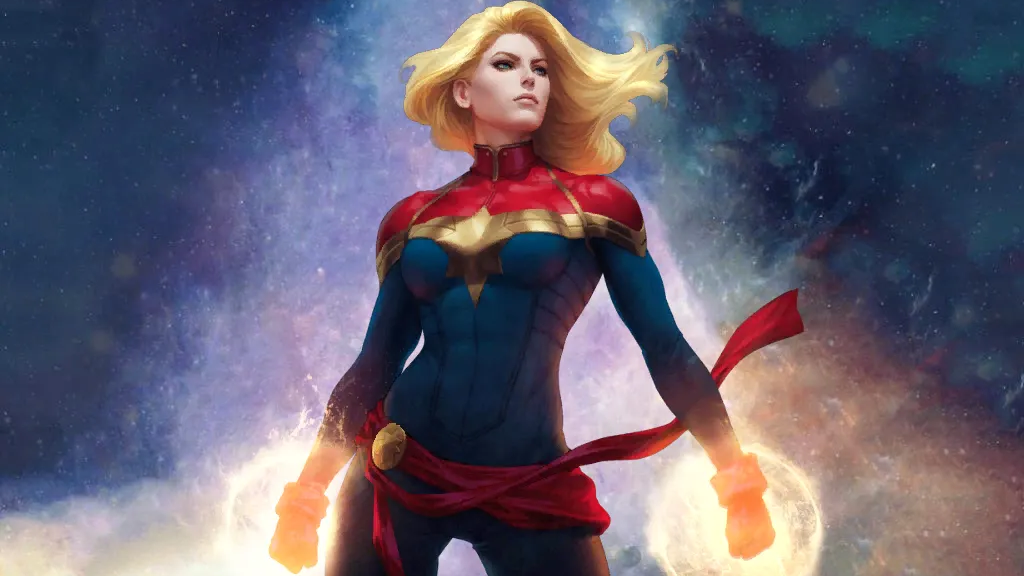
⭐ Premium
Enjoy our content? You can Support Marvel Snap Zone and your favorite content creators by subscribing to our Premium community! Get the most of your Marvel Snap experience with the following perks for paid membership:
- No ads: Browse the entire website ad-free, both display and video.
- Exclusive Content: Get instant access to all our Premium articles!
- Meta Reports: Exclusive daily meta reports, such as the Ultimate Card Metrics Report, Top 10 Decks of the Day, Top 30 Cards, and Top Card Pairs tailored for you!
- Team Coaching: Join our free weekly team coaching call sessions on the Discord server. Claim your Premium role and gain access to exclusive channels where you can learn and discuss in real time!
- Premium Dashboard: Get full instant access to the member-only dashboard, the all-in-one page for all your benefits.
- Support: All your contributions get directly reinvested into the website to increase your viewing experience! You get also get a Premium badge and border on your profile.
- Special offer: For a limited time, use coupon code SBYREX4RL1 to get 50% off the Annual plan!
